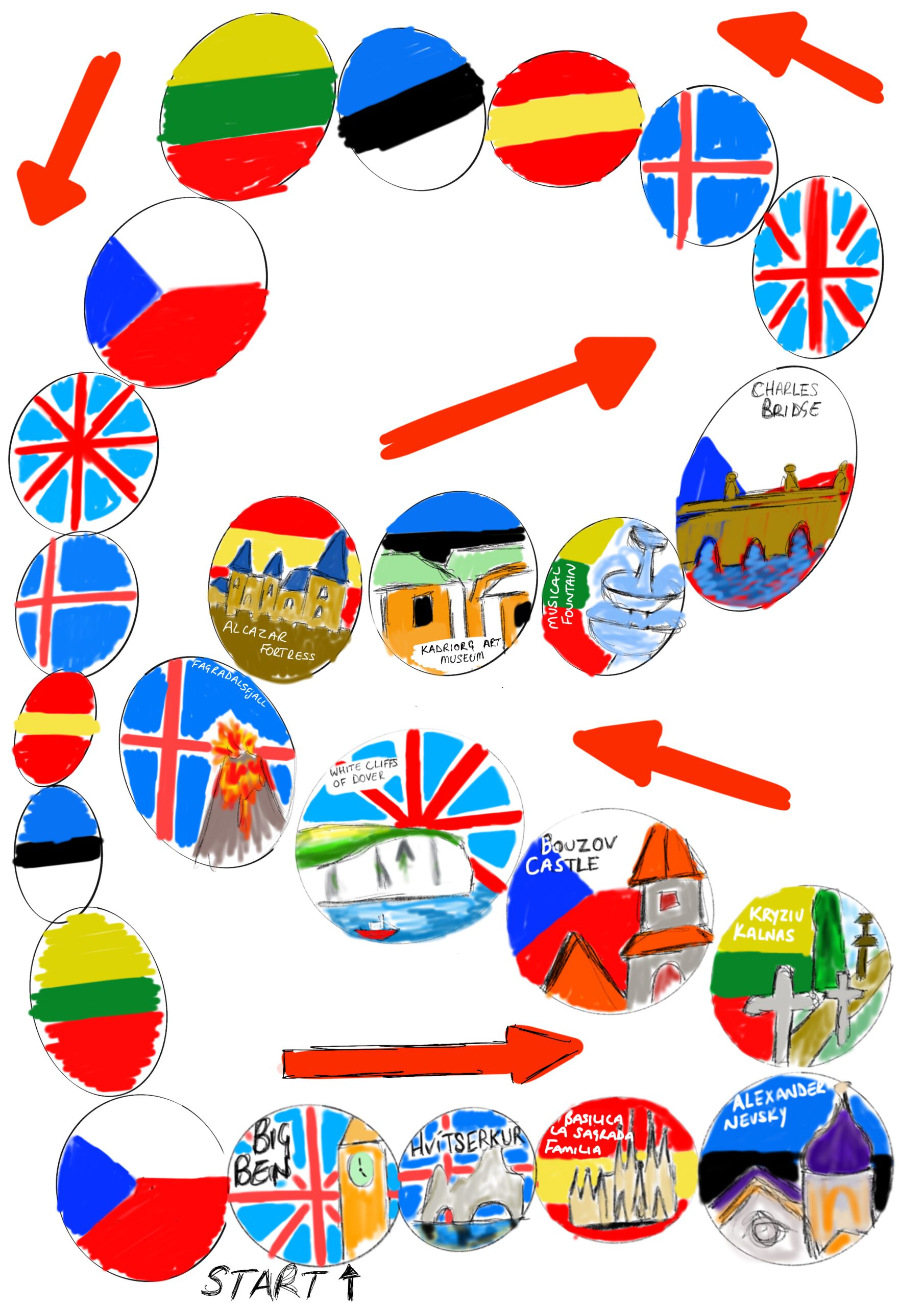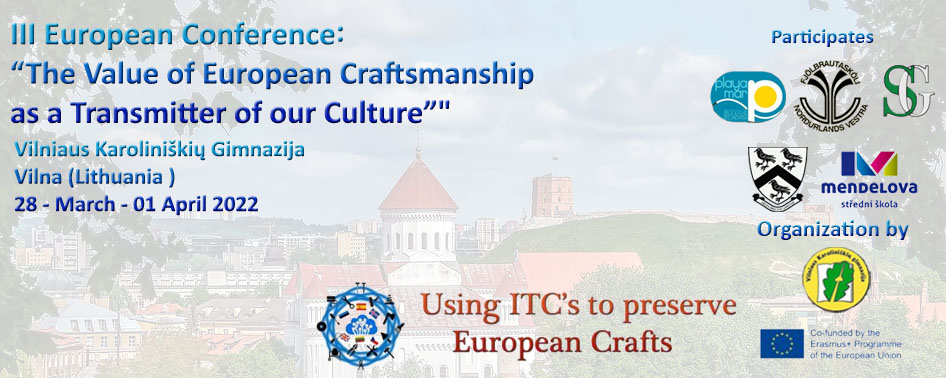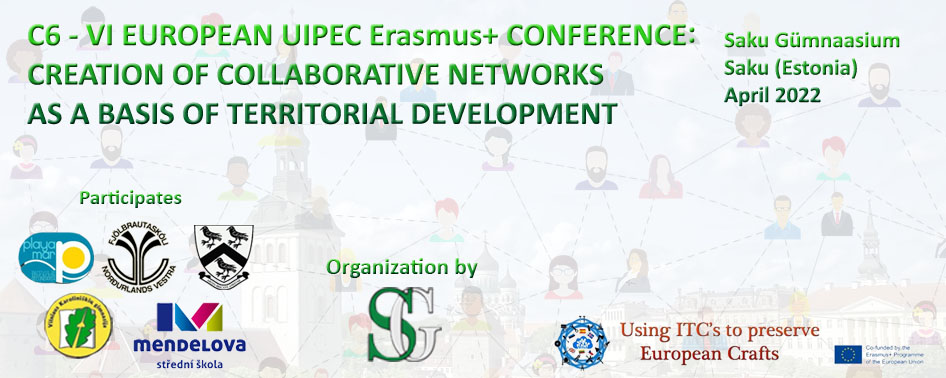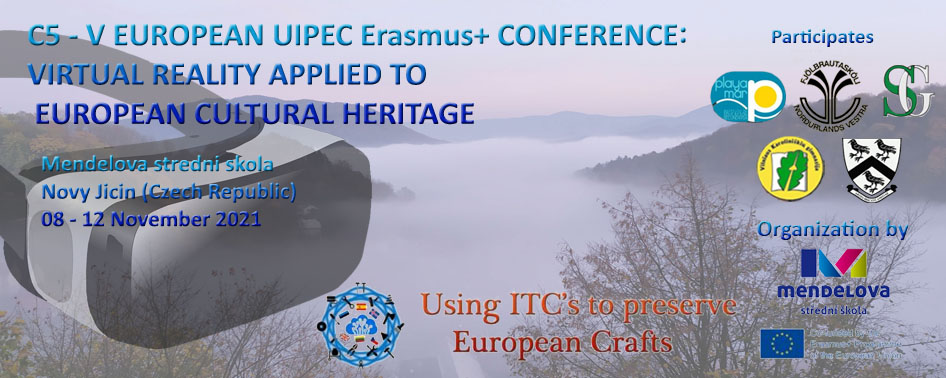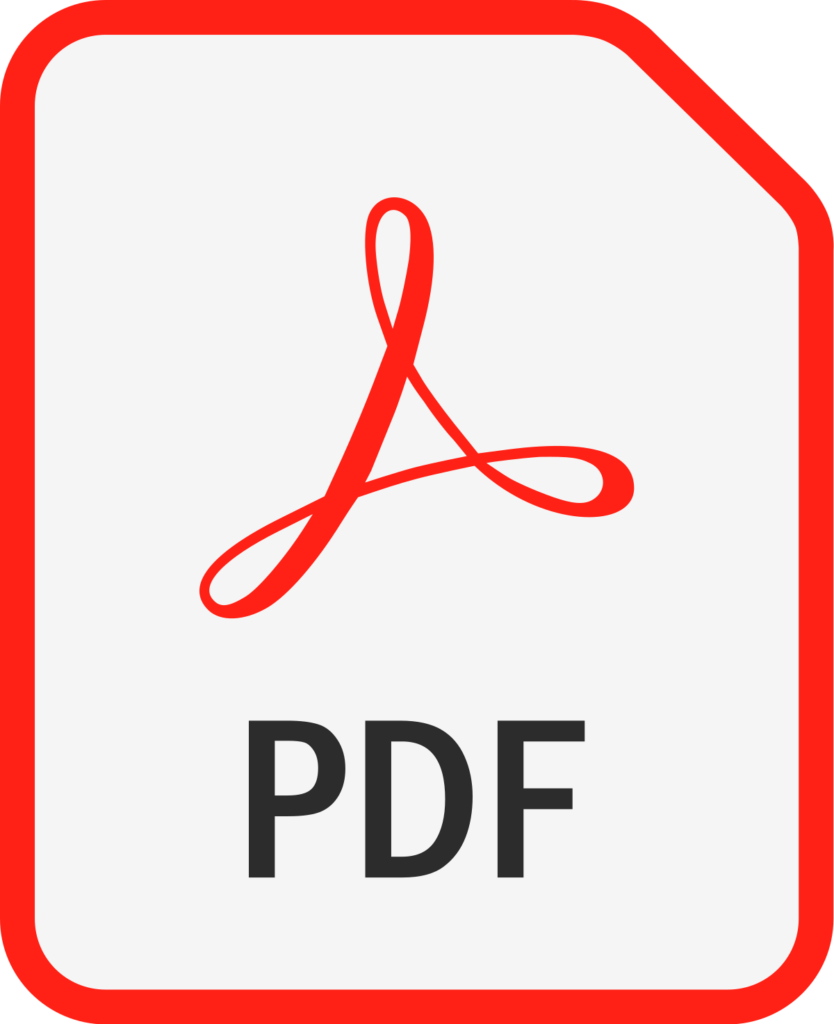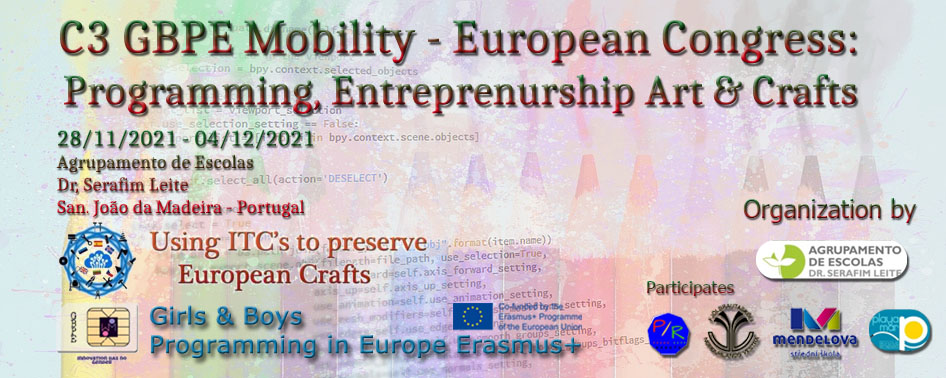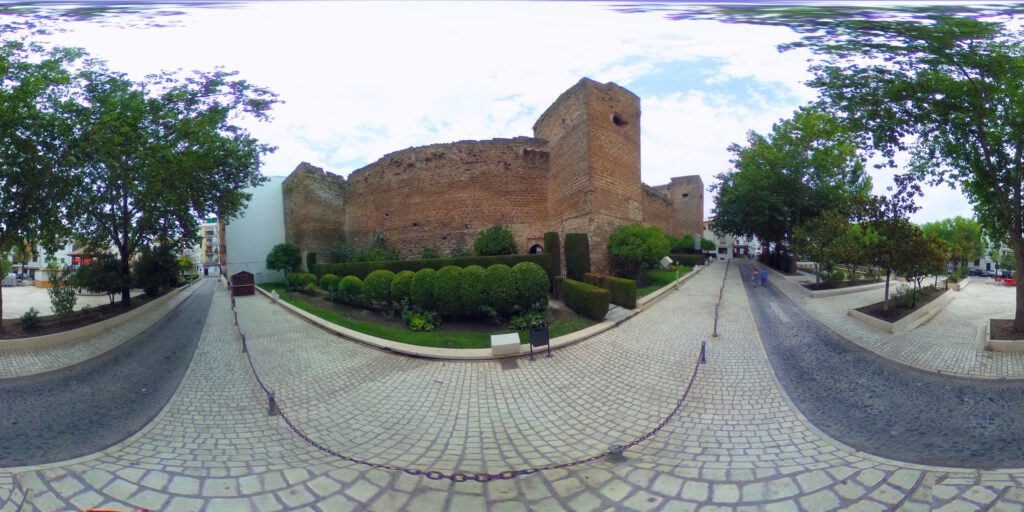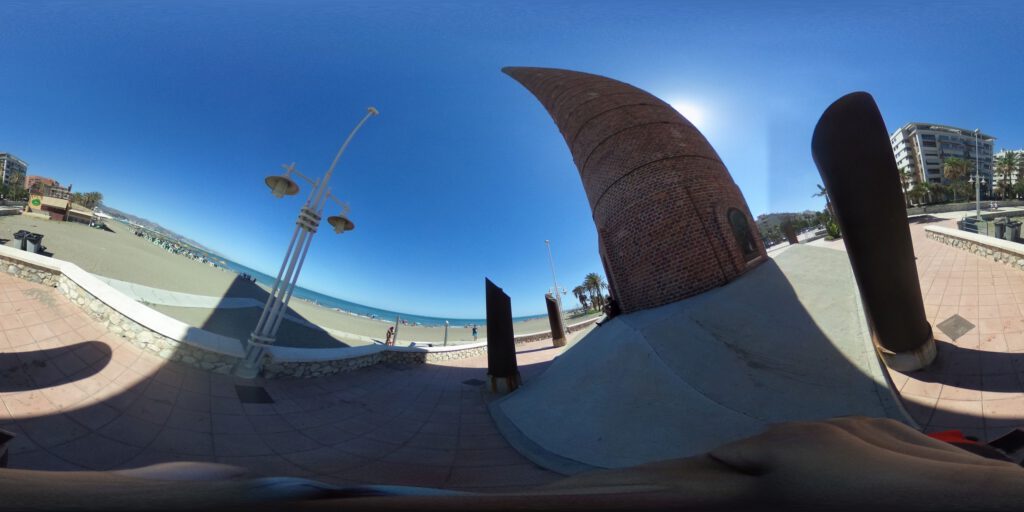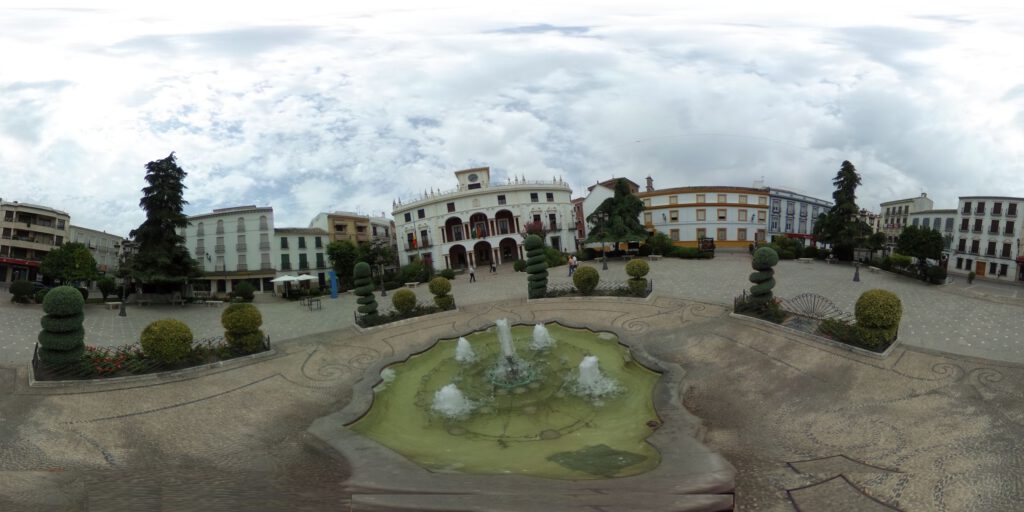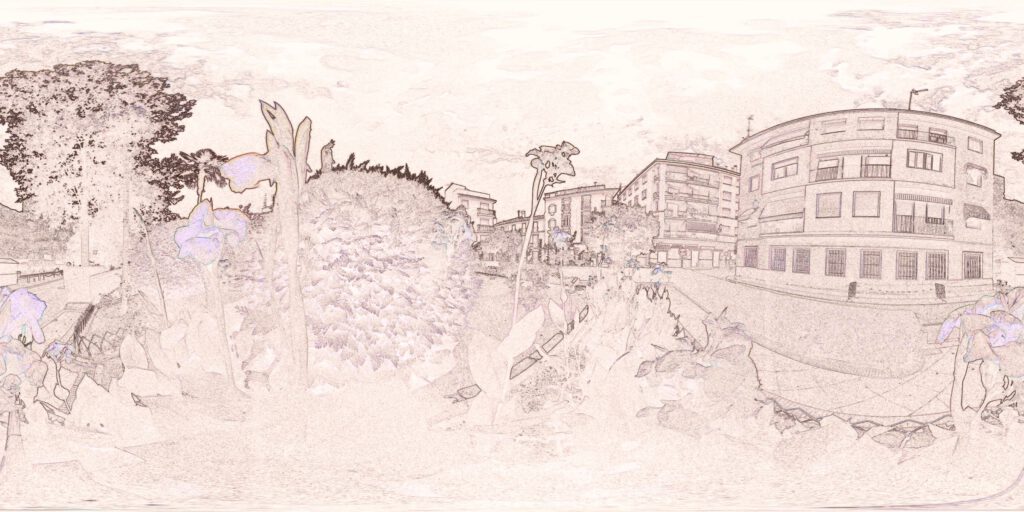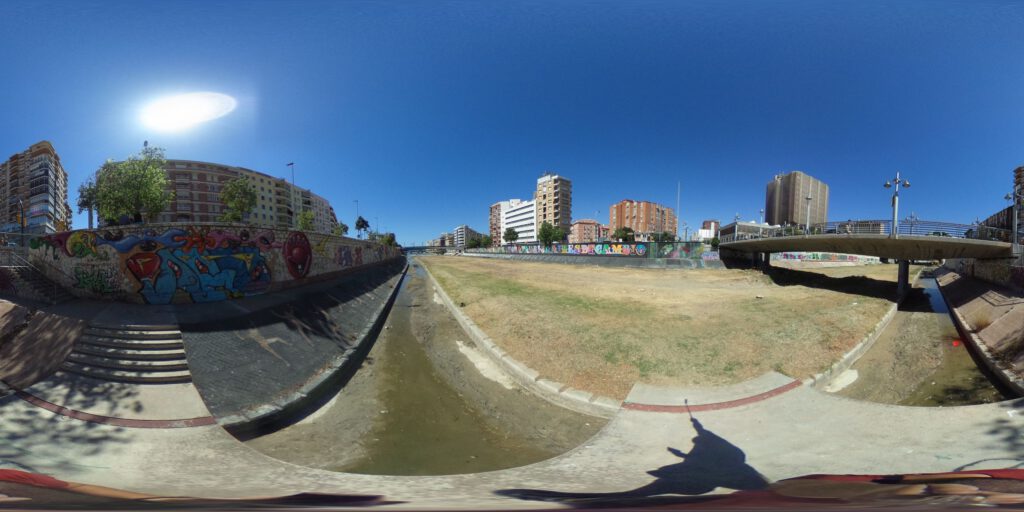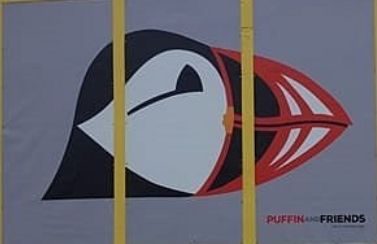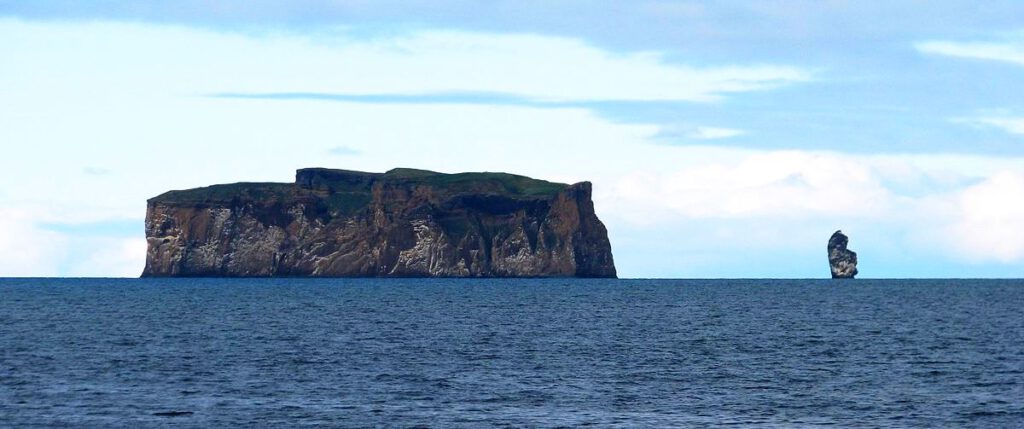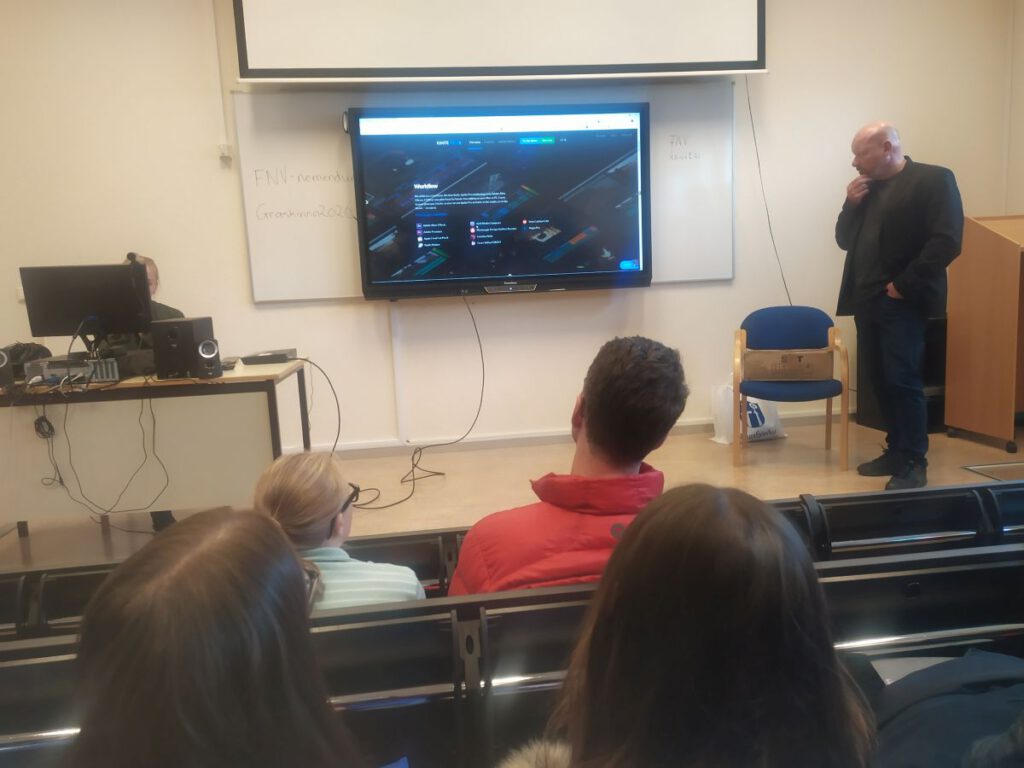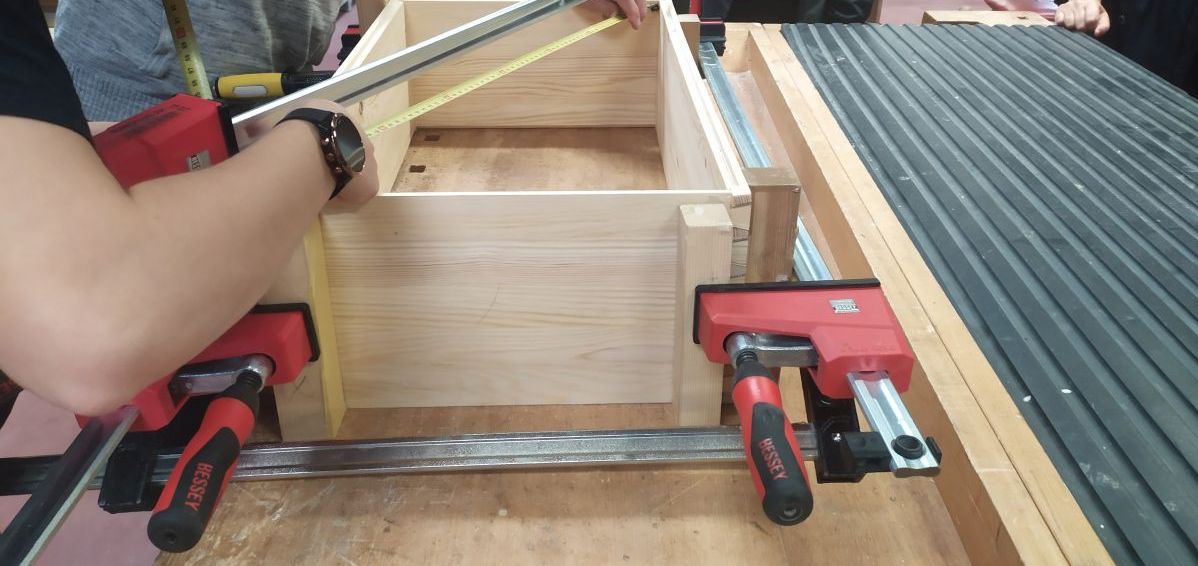Informations related to
EuCrafts in Polar Tv (Czech Republic)
Our project patners were interviewed on PolarTv, moravian regional television, we can see this interview
We have also uploaded to Youtube.
Online Radio Interview Script
This is the Interview Script that have to prepare the students to create the online radio.
Erasmus Podcast Activity
- Students will work in teams of 3. One of them will be the interviewer, the other two are the “experts”.
- Each team will create a script about a craft of their country, (you have a model in the next page).
- Students have to add 10 Questions and the Answers about this crafts so the record can last 5-10 minutes .
- Finally they will have to record it with the record function of a mobile phone and send it to their teacher by mail with the script.

Example of Script to do an interview about crafts for the podcast (you can use if for your script):
Student Interviewer: Good morning Welcome to the podcast of tErasmus Eucraft project. In this program we encourage the use of media, the oral skills and social entrepreneurship and the promotion of crafts in educational centers.
Greetings also to our Patner centers. IES Playamar from Torremolinos in Spain , Fjölbrautaskóli Norðurlands Vestra from Souderkrokur in Iceland , Fulston Manor School from Sittingbourne in UK, Mendelova střední škola from Novy Jicin in Czech Republic, Saku Gümnaasium from Tallinn in Estonia and Vilniaus Karoliniškių Gimnazija from Vilnus in Lithuania.
Today we have (Student1) and (Student2), two excellent students who have prepared this topic to share it with you.
interviewer: Hello Student1.
Student expert1: Hello
Student Interviewer: Good morning Student2,
Student expert2: Good morning
Student Interviewer: In this Program today we are going to talk about the crafted Ceramics
Student Interviewer: Question1 Example: how are important the crafted Ceramics in your country?
Student expert1: Answer1 Development in English
Student Interviewer: Question2 Example: Where can we find this craft?
Student expert2: Answer2 Development in English
Student Interviewer:Question3Could you explain the phases to us briefly?
Student expert1: Answer1 Development in English
…
…
…
…
Student Interviewer:
Well I hope you like this podcast and follow us on the project website eucrafts.eu, in which we show the activities carried out and on the IVOOX channel. Greetings!
all: Bye
A41 Board Game – Final Product
6 versions of the Game






- A41 Board Game Lithuanian Version
- A41 Board Game English Version
- A41 Board Game Czech Version
- A41 Board Game Icelandic Version
- A41 Board Game Estonian Version
- A41 Board Game Spanish Version
Development of the Game
Gamification is one of the most succesfull and innovative tools to promote dificult topics among youngsters
One of the final products which we proposed in the project to promote crafts was the creation of a Board Game to improve the culture of crafts between schools.
In the Mobility C3 we developed an activity (http://eucrafts.eu/mobility-c3-czech-republic/#boardgame) in which each team proposed several board games usign visual design techniques.

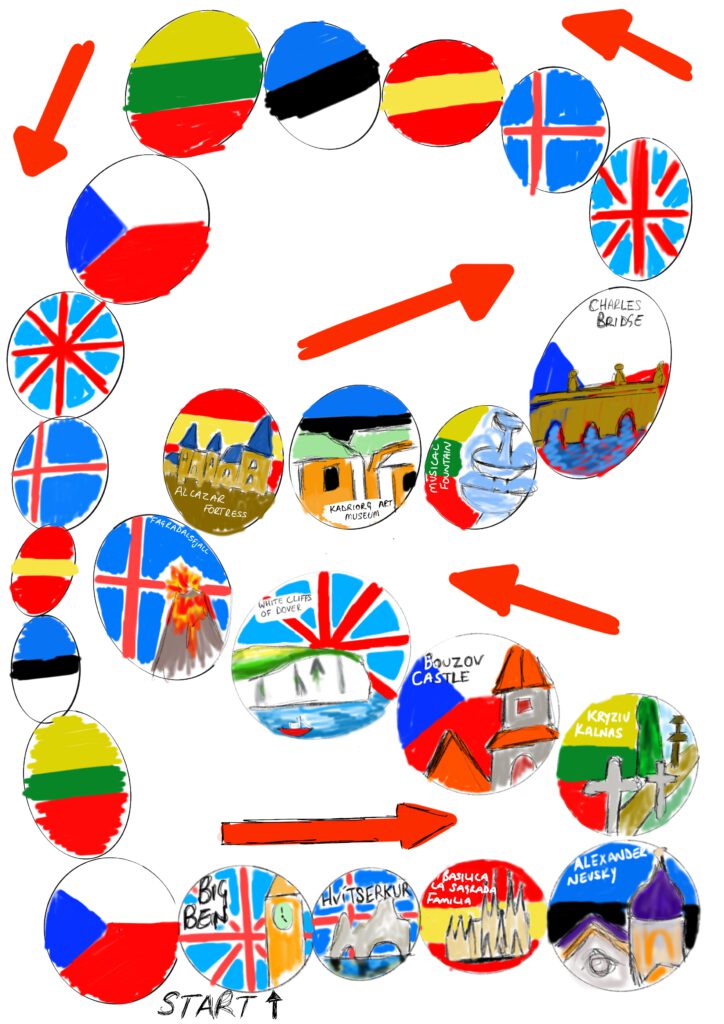
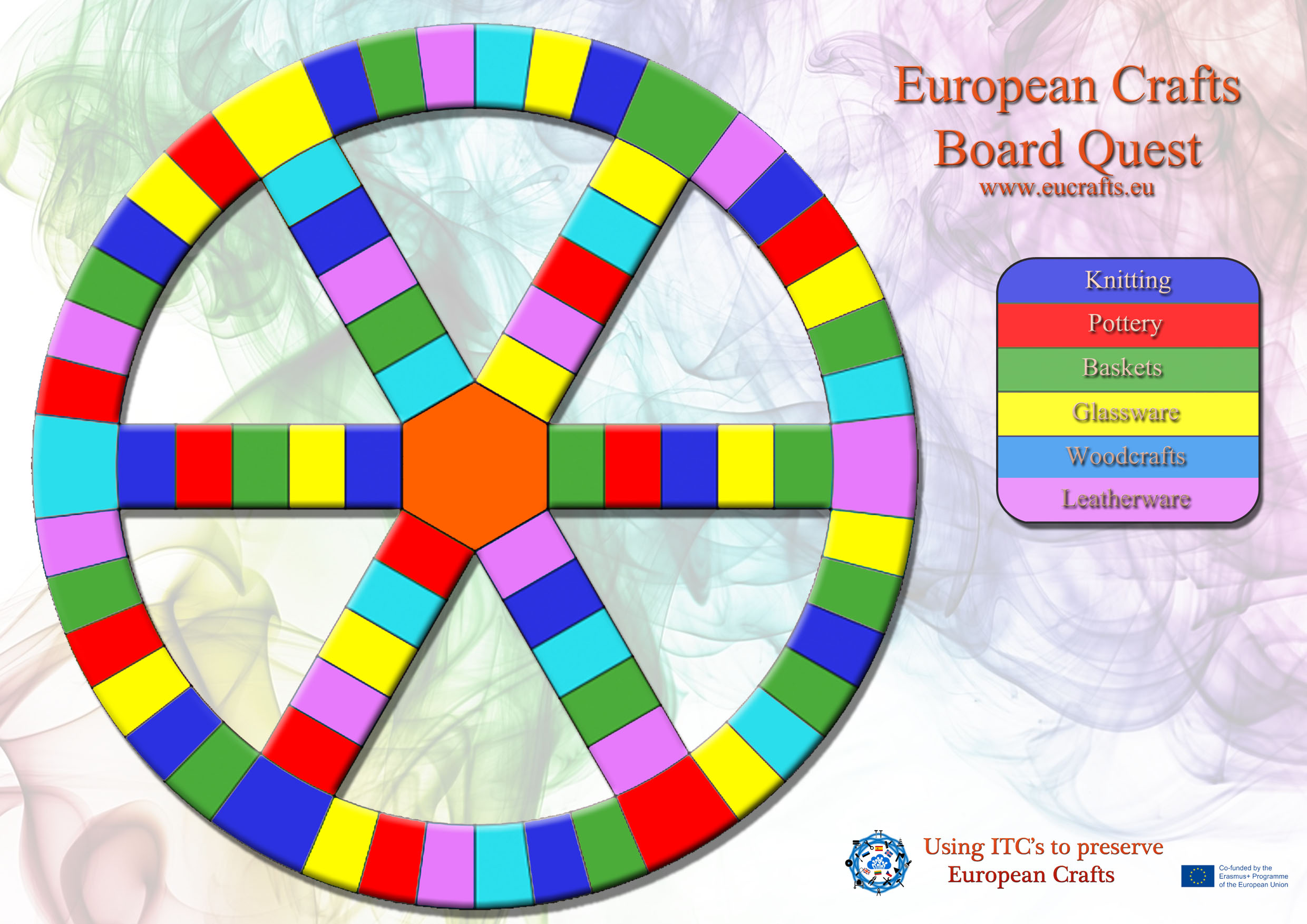
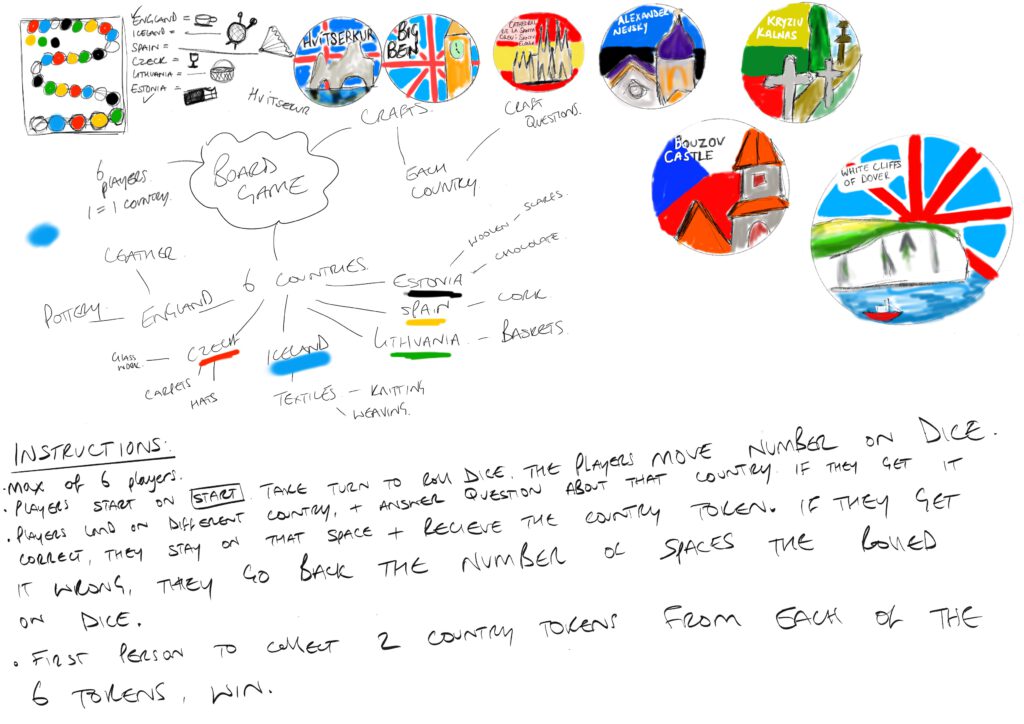
Finally, we decided to start the game based in a Trivial Model . Czech team created our Board table :

Czech Republic Team created the pieces for gaming with the students in 3d and printed them

Students of each country created the questions for the trivial using this form ( https://forms.gle/TTXEvNJqaTQXuY747 ) and translated them to each language of the project
Finally you can download all the documents in all the Languages of the project.
A41 Board Game Lithuanian Version
A41 Board Game English Version
A41 Board Game Czech Version
A41 Board Game Icelandic Version
A41 Board Game Estonian Version
A41 Board Game Spanish Version
In c6 in Estonia in the presentation of final products activity Czech team prepared a printed set of the game for each patner
After this students make a tournament
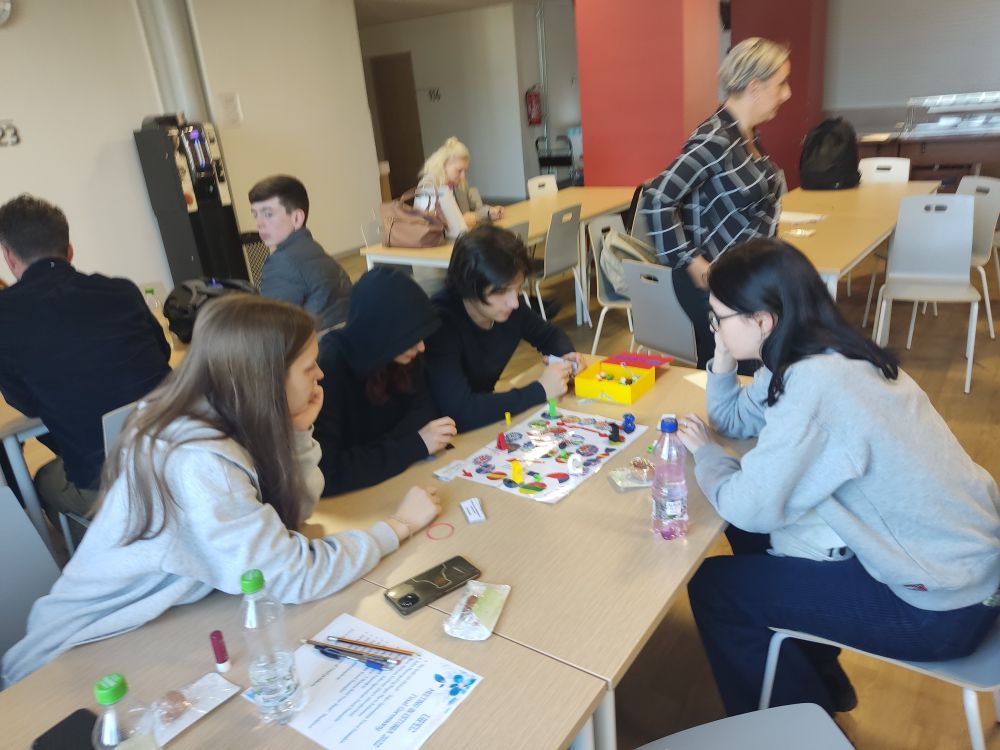
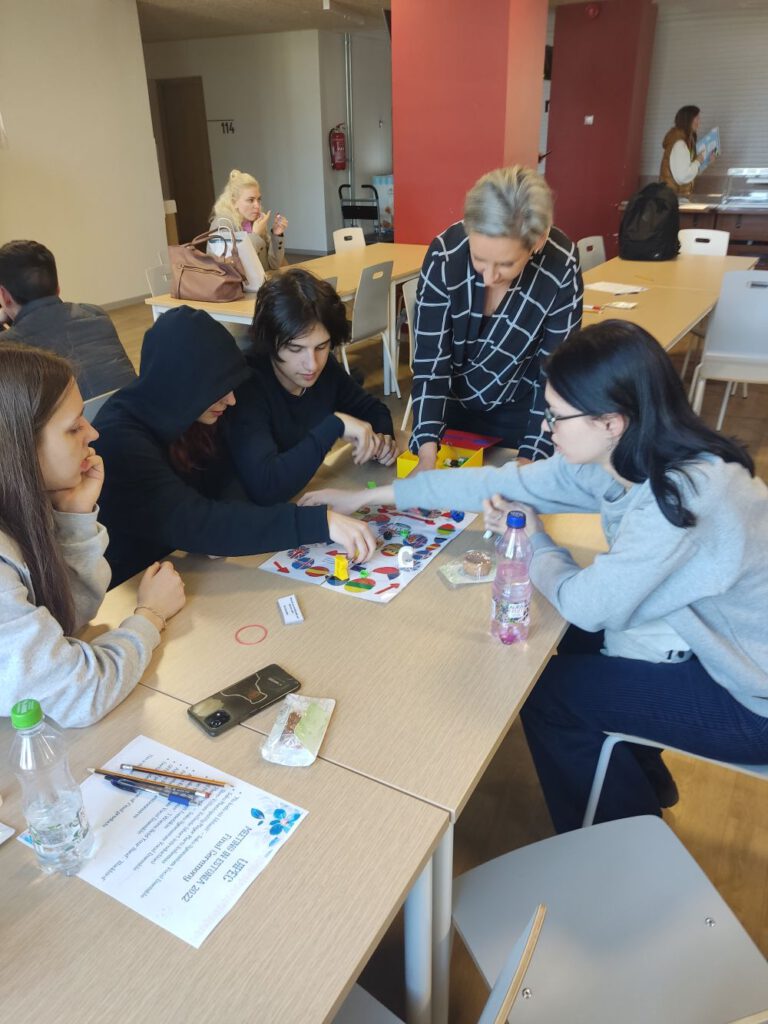
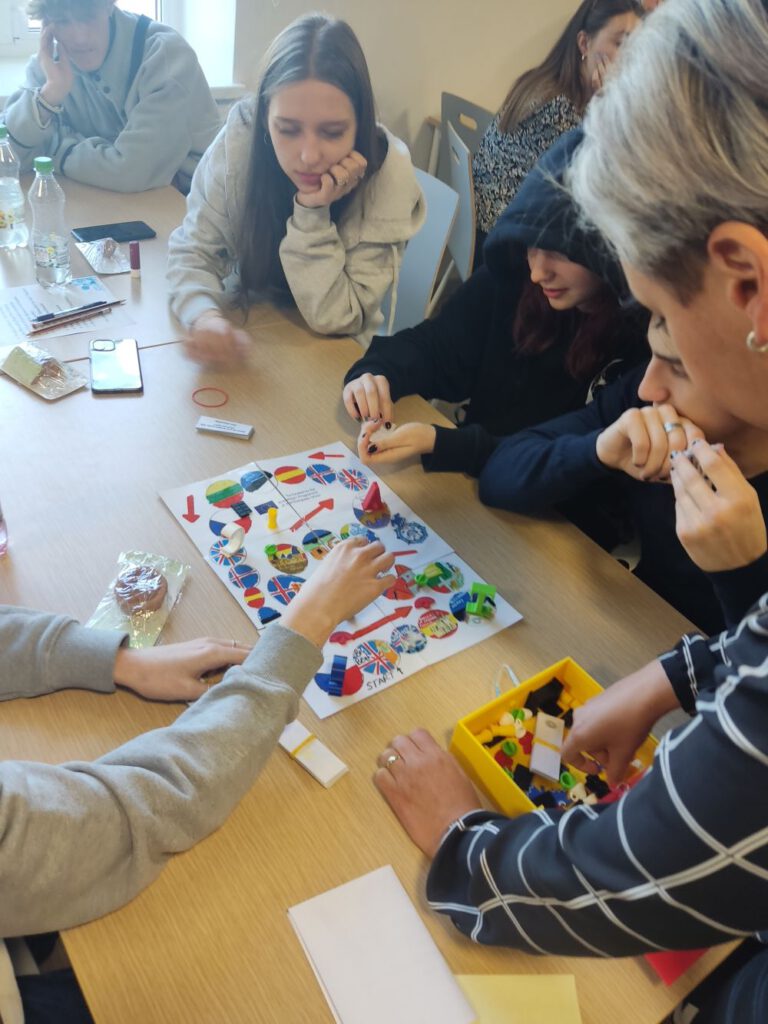
Mobility C3 Lithuania- European Congress: “The Value of European Craftsmanship as Transmitter of our Culture”
1) Context
This Mobility C3 Lithuania Mobility has been configurated as the 5th European Congress: “The Value of European Craftsmanship as Transmitter of our Culture” of the Project : Using ICTs to preserve European Craftsmanship. with code 2019-1-ES01-KA219-065673
This movility was originally planned for 04-2020 but due to COVID Restrictions it has been delayed to March of 2022. that’s beacause although it’s the 5th mobility it has the C3 name because it developes the contents and workshops that were planned for this C3 mobility.
In this congress Teachers and students from the differents schools of the erasmus project participated in the following activities : cultural activities, formation sessions , exhibitions and Working Sessions.
- Type of activity: Short-term joint training events for staff
- Leading organization: Vilniaus Karoliniskiu Gymnasium
- Participating organizations
- I.E.S. Playamar
- Fulston Manor school
- Saku Gümnaasium
- Mendelova stredni skola, Novy Jicin
- Fjolbrautaskoli Nordurlands vestra
Period : 28/03/2022 – 01/04/2022 – Duration (in days): 5 – Host country: Lithuania
Participants per country : 9 Teachers: 2 – Students: 7
It’s Possible to download the program of the activities from here

2) Objectives.
This was not one of the specific objetives of the project, but due to the recents events, we will set as a priority objetive in this mobility to improve the concience of the peace in Europe , Citzenship and responsability with our participation in European Union.
Also we will work in the specific objetives of the project, The act. of this Block contribute to the achievement of OBJ 1, 2 and 5. The project will benefit from the Cultural & Crafts Background of the Vilniaus Karoliniskiu Gymnasium School and the Vilnus Region
It is essential that our students recognize the value of artisanal trades as a guarantee of survival in European rural areas. That they understand its importance, not only as identity, but also as a way of life that allows the population to be fixed to the territories. Teach them to detect entrepreneurial opportunities in this sector, not only to prevent that ancestral knowledge from being lost, but also to stop their emigration to large cities. In which many times they end up occupying low-skilled jobs.
3) Contents
In this mobility, we will develop the planned 3D contents , but also we will benefy of the crafts especialization of the Vilniaus Karoliniskiu Gymnasium
- Historical milestones in European crafts.
- Design as a transmission of culture.
- Market Ethics and Ecosocial Responsibility of Applied Arts
- Creativity in Applied Arts: between the Project and the Process.
- Crafts as a cultural industry.
- Psychology of color and visual codes.
4) Covid Affection & other Force Majoure Questions.
This movility was originally planned for 04-2020 but due to COVID Restrictions it has been delayed to March of 2022. that’s beacause although it’s the 5th mobility it has the C3 name because it developes the contents and workshops that were planned for this C3 mobility.
Other Modification with this movility due to covid, it was that Students had to be hosted in a hotel instead of a students houses due to the fear of covid of families. This cost had to be included in the budget.
Finally, it’s was budget only one teacher but due to all the concerns about covid and russian conflict, Two profesors were sent with the budget of one.
5) Planning Methodology.
We will apply Benchmarking because the purpose of this international meeting is to transfer knowledge of best practices, around the central theme of the meeting, and its application to the rest of the schools. Vilniaus Karoliniskiu Gymnasium center has been working with students for years
6) Activitities developed
- A12: Visual Thinking.
- A13: Crafts as a cultural industry.
- A14: Design as a transmission of culture.
- A15: Psychology of color and visual codes.
- A16: Historical milestones in European crafts.
- A17: Crafts in traditional gastronomy.
- Final Products Activities : Podcast Creation
(*) The training will be given by the host team and local Experts
Planning
Monday March 28 2022
9:00 Welcoming at the school. Tour around the school.


10:00 Coffee break

10:30 A15: Psychology of color and visual codes. Colorful Handmade woven stripes. Workshop.
The tricolor friendship bracelet is meaningful and easy to make. You only need three-color threads and little help from your friends. Threads need to be tied in a knot and twisted many times. After finishing twisting it, you should tie another knot and let the bracelet go. Afterwards, the bracelet wraps itself into a beautiful braid.
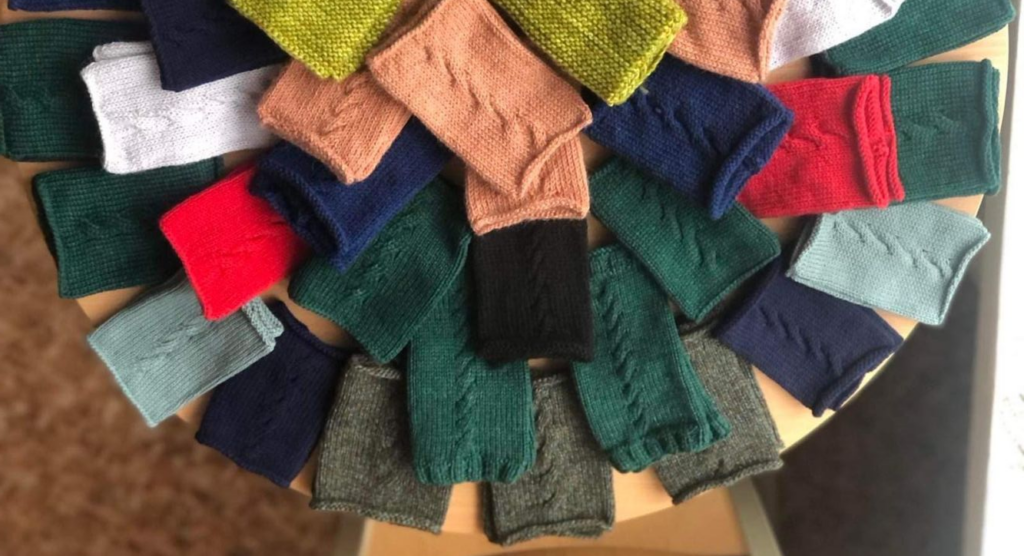
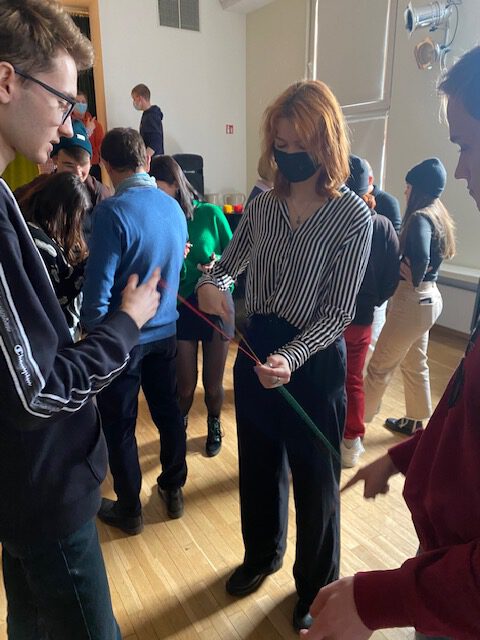
Video of the activity in our Video Channel
https://youtube.com/shorts/ygg8UxUu2_8?feature=share
12:00 Lunch, coffee.
13:00 Trip to the TV tower. Pics workshop creation from the Bird’s Flight.

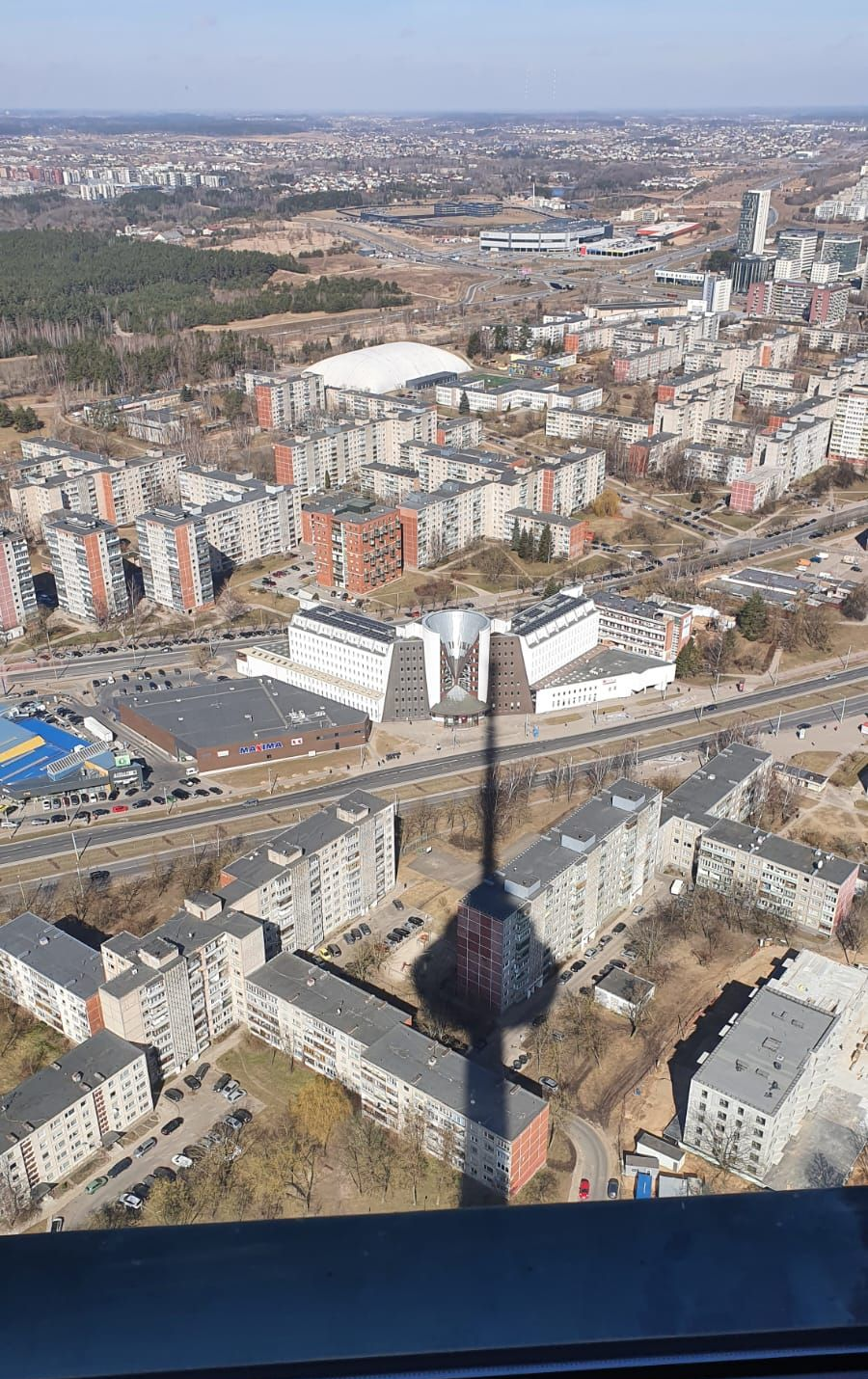
15:00 Podcast creation workshop
One of the final products of the project is the creation of a podcast online radio about crafts and where can be more significative than in the Vilnius TV Tower, an european symbol of commucation and freedom. Vilnius TV Tower is the tallest building in Lithuania, accommodating an honorable place among the tallest TV towers in the world. By climbig to the rotating observation deck on the 19th floor of the tower, you will have a unique opportunity to admire the capital from a height of 165 meters!
podcast recorded here were uploaded to our online radio channel https://soundcloud.com/eucrafts-erasmus
In this nice & incredible place student worked in international teams to create scripts and make interviews about Crafts of their countries. These mp3 and videos can be found in our Podcast and youtube online channels
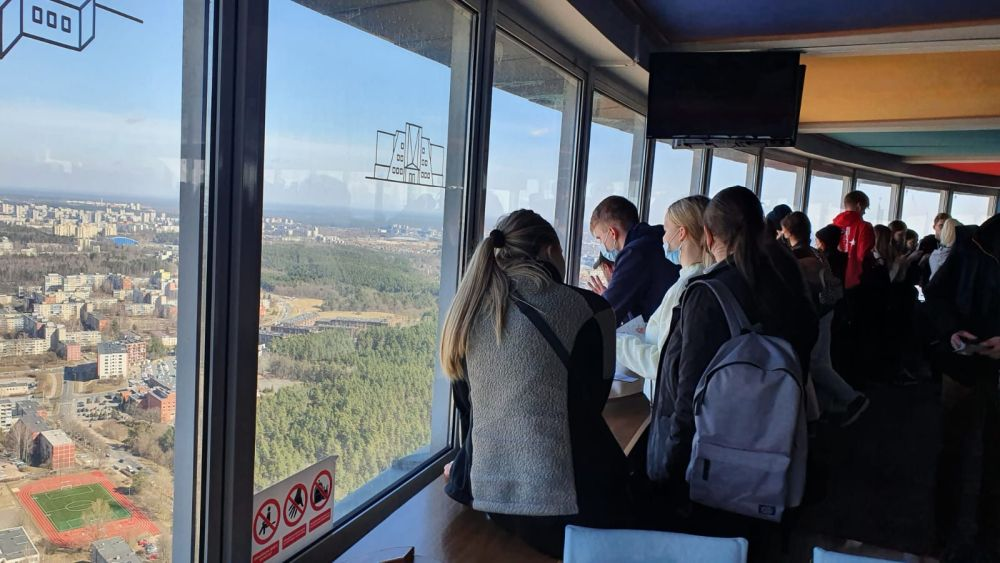
Tuesday March 29 2022

9:00 Workshops in groups: A14: Design as a transmission of culture.
This activity A14 was composed of three workshops which were made by teams :
- Straw garden creation workshop
- Woodwork workshop – nesting boxes and
- Easter palms of the Vilnius region workshop

1) Straw garden creation workshop
Straw gardens were created by studens and teachers all together. The straw construction was made in two steps: first of all a smaller part was made, later on it was attached to a bigger, also handmade, part. Instead of wooden or plastic straws, handmade straws made from recycled paper were used. Straw gardens symbolise life, fertility and wellbeing as well as represent an important part of the Lithuanian and Baltic cultural heritage. This year Lithuania has submitted an application for the straw gardens to be included in the UNESCO heritage

2) Woodwork workshop – nesting boxes
Bouquets of dried flowers were created in 2 hours in the workshop of Easter palms. Sticks are taken and then flowers are put on them, to make them stay, the stick is wrapped around with a string. This process continue until you get the desired size of the palm.
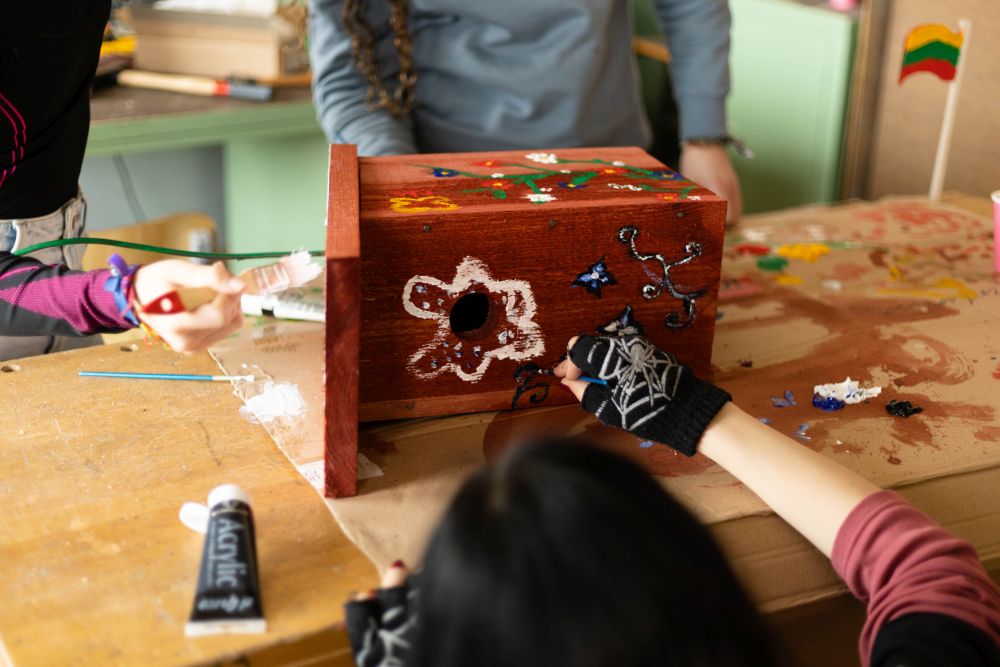


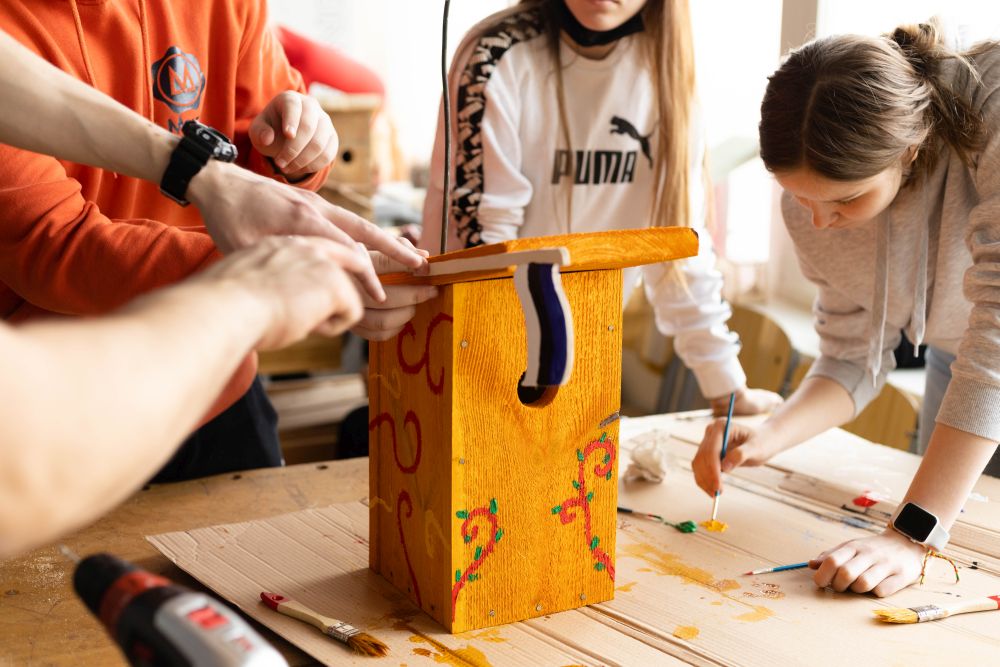
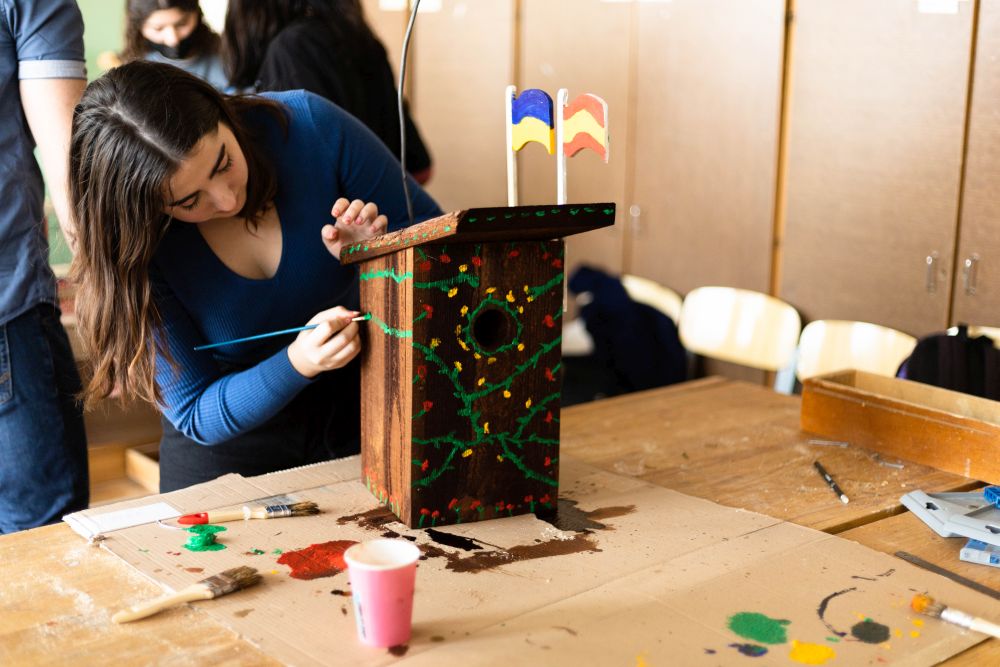

3) Easter palms of the Vilnius region workshop
Nesting – box making is one of the heritage crafts that is very popular as well as important in Lithuania. Due to various species of birds coming to Lithuania for summer, nesting – boxes are highly important. Not only is it popular to make nesting – boxes in Lithuania but also to mark the birds thus making it easier to understand their migration paths as well as having more information for ornithologists.

10:00 Coffee break
10:15 Continuing workshops in groups.
11:30 Lunch, coffee
12:20 Une minute for the peace
As we live in these difficult times we make a minute of silence for the peace in ukraine
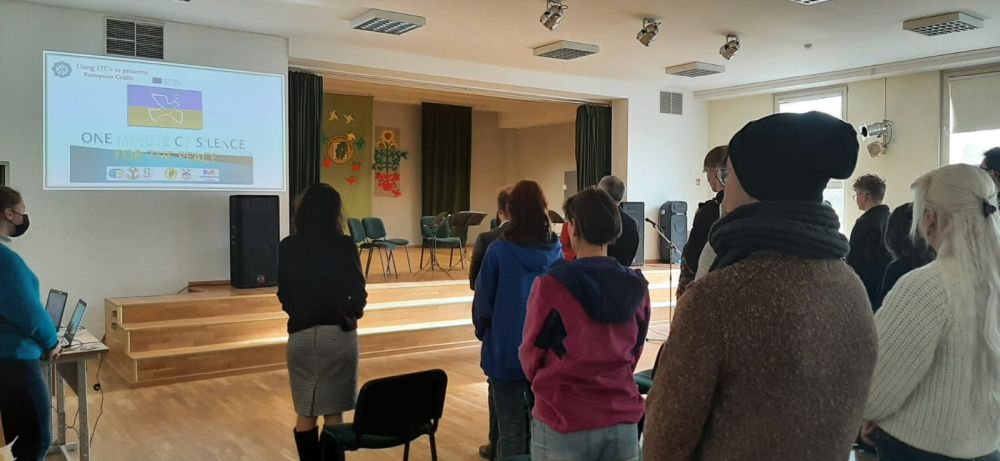

12:30 A12: Visual Thinking.
In groups, Students made Presentations of the crafts of the different groups using Visual Thinking.

14:00 A16: Historical milestones in European crafts. Crafts tour Vilnius and The Old Town.
Students and teachers with the guidance of Vilniaus Karoliniskiu Gymnasium made a tour by the town of Vilna stopping in some of the crafts workshops of the town.
Wednesday March 30 2022
8:00 Leaving for Druskininkai. Educational excursion.

11:00 Sightseeing tour round the town of Druskininkai with coffee and snack stop.

11:45 A13: Crafts as a cultural industry. Salt souvenir workshop. ‘ Salty handcrafts’ at ‘The Salt Studio’
Salt bowls were handcrafted while being on a trip to the salt city – Druskininkai. Creativity was fully expressed by shaping salt dough, and then the bowls were baked in the traditional furnace. Little salt rocks were filed and polished in the salt studio as well. Not only were adorable salt crafts created, but also time was well spent with other students.
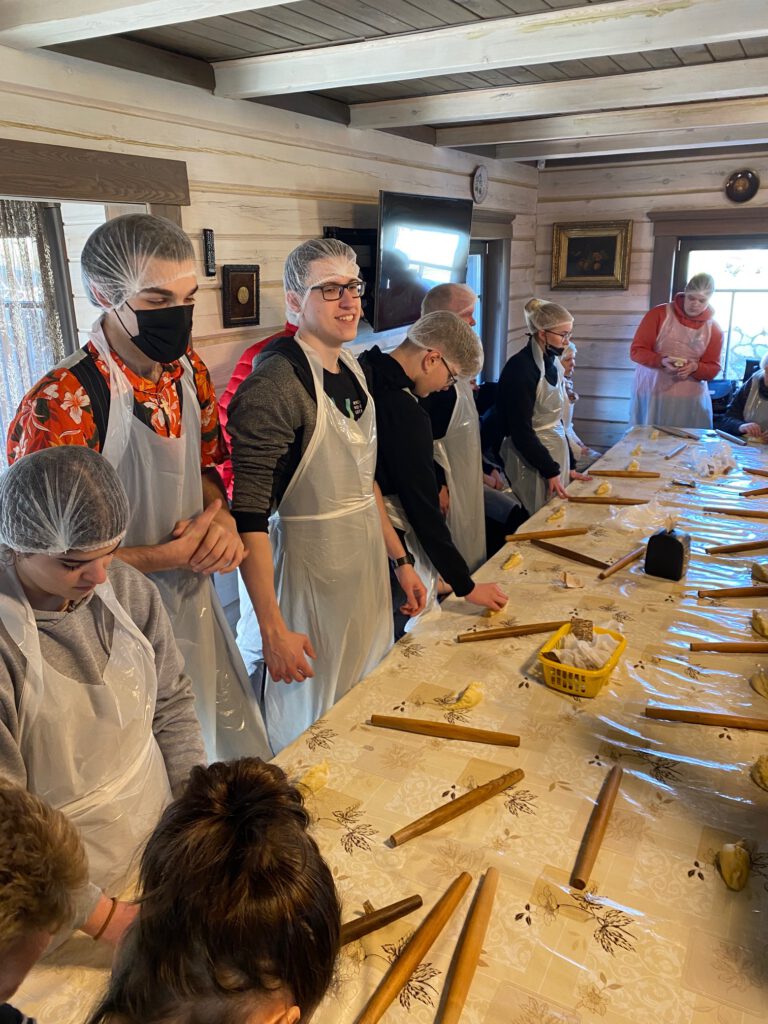




13:00 Lunch at ‘Sky Vault’ in Druskininkai.
14:00 Sightseeing tour on the way to Vilnius. Liskiava, Merkyne.
18:00 (approx) Arrival to Vilnius.
Thursday March 31 2022
8:30 Leaving for Trakai. Educational historic sightseeing tour.

10:00 Tour round the historic town and the castle.
12:00 Lunch at the Old Kybyn house.

13:00 A17: Crafts in traditional gastronomy. Heritage of the national minority. Crafted cuisine. Culinary heritage lesson of Karaim kybyns. ( 8-9 eur a person).
Trip to Trakai allows to get a closer look of crafts in traditional gastronomy by making kybyns.
Kybyn is more so known as a Karaim national dish made in Lithuania and Poland. Having in mind that so few countries have this, being able to have the opportunity to make kybyns is another great way of being closer to the heritage of national minority.

16:00 Arrival to Vilnius.
18:00 Closing dinner.
Friday April 01 2022
9:00 Closing Certificate Ceremony in assembly hall.
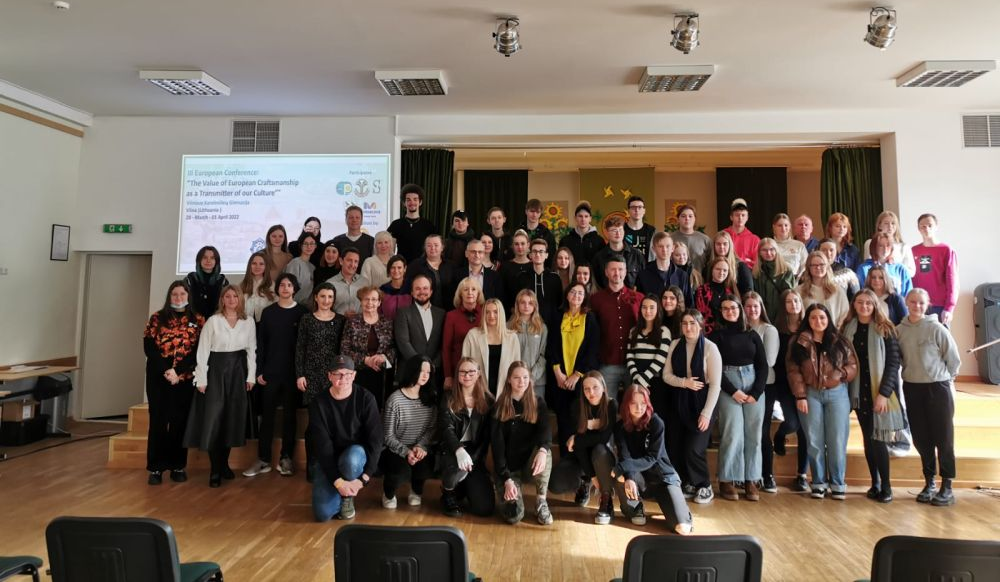
10:00 Closing Concert
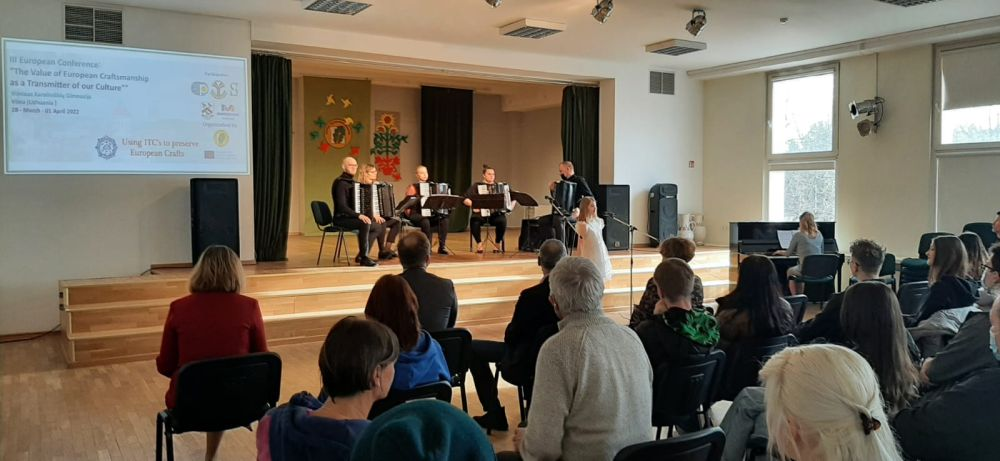
11:00 Evaluation and analysis time of achieving goals for teachers
Contents:
- – Historical milestones in European crafts.
- – Design as a transmission of culture.
- – Market Ethics and Ecosocial Responsibility of Applied Arts
- – Creativity in Applied Arts: between the Project and the Process.
- – Crafts as a cultural industry.
- – Psychology of color and visual codes.
Expected results.
- Develop the crafts skills of participants
- Development of the online museum of European crafts.
- Recording of podcast for online radio
- Strengthen social ties to consolidate the work team.
Dissemination
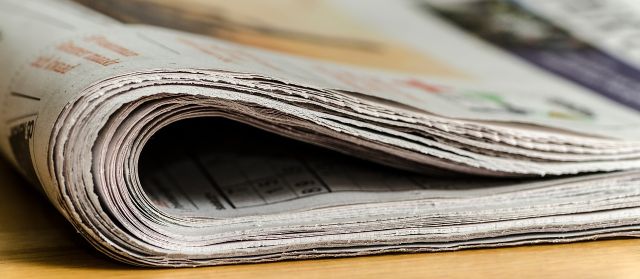
This congress was diseminated in several ways.
– Publication of results obtained in the workshops through Prezis, Glogster and infographics.
– Publication on the project website and (where appropriate) on online radio.
– Invitation to the local press and / or television.
https://vilnius.lt/lt/kultura-ir-sportas-svietimas/erasmus-projektas-vilniaus-karoliniskiu-gimnazijoje/
– Invitation to political and educational authorities of regional and local rank.
At the Educative level of the School with its inclusion in the school website and in the Social networks of the school
Evaluation:
Through questionnaires on Google Drive.
Participation of other agents:
Families and local artisan associations are involved in some activities, strengthening the existing relationship and integrating them into the project.
From this lines we want to thank organizators them for their attentions.
This congress was diseminated in several ways.
– Publication of results obtained in the workshops through Prezis, Glogster and infographics.
– Publication on the project website and (where appropriate) on online radio.
http://www.vkg.vilnius.lm.lt/vkg/?page_id=23851
– Invitation to the local press and / or television.
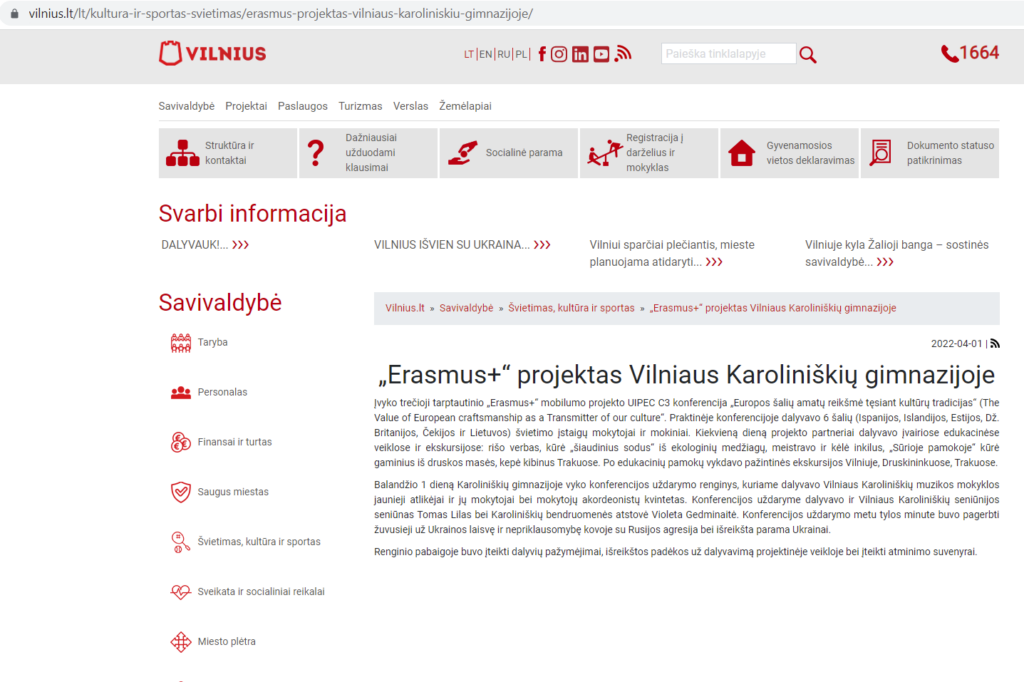
– Invitation to political and educational authorities of regional and local rank.
Using ICTs to preserve European Craftsmanships |
At the Educative level of the School with its inclusion in the school website and in the Social networks of the school
https://www.facebook.com/Karoliniskiu.seniunija/posts/343248251173281
https://www.instagram.com/p/CdXrR3Ks0a7/?igshid=YmMyMTA2M2Y=
https://www.instagram.com/p/CdXpqm1sS4u/?igshid=YmMyMTA2M2Y=
Evaluation:
Through questionnaires on Google Drive.
Participation of other agents:
Families and local artisan associations are involved in some activities, strengthening the existing relationship and integrating them into the project.
From this lines we want to thank organizators them for their attentions.
Mobility C6 Estonia VI European Conference: “Creation of Collaborative Networks as Basis of Territorial Development”
This Mobility C6 Estonia Mobility has been configurated as the 6nd European Congress: “Creation of Collaborative Networks as Basis of Territorial Development” of the Project : Using ICTs to preserve European Craftsmanship. with code 2019-1-ES01-KA219-065673
This movility was originally planned for 02-2020 but due to COVID Restrictions it has been delayed to April of 2022.
In this congress Teachers and students from the differents schools of the erasmus project participated in the following activities : cultural activities, formation sessions , exhibitions and Working Sessions.
Final Mobility project Ceremony Video
Covid Effects & other problems
This movility have suffer strong problems due to covid Restrictions It was originally planned for 04-2020, Two month after the panthemy was decreted and many of the trips were already paid , we had to cancel everything sometimes with losts.
Finally Thanks to the improvement of the situation of the COVID Restrictions , in the 2022 Christmas Virtual meeting, it has been delayed to April of 2022, however in 2/22 it was decreted the russian war and we had to make many online meeting to carry on with the movility.
Finally it was really difficult to set this date because to establish a common date for 6 schools with differents educational systems it was like solve a puzzle.
Thanks to The estonian team who made a great effort working in a half holidays week (Thanks again) we could to carry on this movility in a successful way.
Planning in PDF
Contents
In this mobility, we will develop the planned contents , but also we will benefy of the crafts especialization of Tallinn and the experience of Saku school.
- Handicrafts as the basis of territorial development
- The importance of social capital for local development.
- Artisan networks as part of social capital.
- Craft business networks and socioeconomic dynamism.
- How to create local socio-institutional networks
- Application of social networks to the artisan sector. on on the printer.
5) Planning Methodology.
We will use Benchmarking because the purpose of this international meeting is to transfer knowledge of best practices, around the central theme of the meeting, and its application to other schools.
The Estonian center has a great capacity and experience in creating networks and a high level of involvement of the entire educational community in this type of initiative. In the training workshops we will use Problem Based Learning, Designthinking and Project Based Learning.
6) Planned Activitities
- A30: Wayfinding: a window to creativity.
- A31: Create collaborative networks with the artisan sector.
- A32: Exhibition of ancestral trades in Europe.
- A33: Handicraft mini-companies fair.
- A34: Official presentation of final products.
C6 Developed Activities
- Cruise Travel to Helsinki crossing the baltic sea
- Cultural tour by Helsinki . Students had the chance to visit Cathedral , Parlament square ,
City Museum , Tower of Sinebrychoff Park - A32: Exhibition of ancestral trades in Europe. Sinebrychoff art museum
- A31: Create collaborative networks with the artisan sector. Visit to Kauppatori Helsinki craft
Market - A32: Exhibition of ancestral trades in Europe. Visit to Suomenlinna UNESCO Fortress
- Opening Mobility Ceremony at Metropol Congress Area
- A32: Exhibition of ancestral trades in Europe. Tallinn´s old town tour
- A32: Exhibition of ancestral trades in Europe. 11.00 Raeapteek Pharmacy Crafts Museum –
Alchemy Workshop - A32: Exhibition of ancestral trades in Europe. Estonian History Museum – Great Guild Hall
- Private Touristic Tallinn Bus tour and Visit to Song Festival Grounds
- Students convivence activity at Bowling Tournament at Kuulsaal
- Visit at KUMU Art Museum
- Visit at Laste Gallery Children´s creative house workshop
- Visit to Loewenschede Tower
- A30 wayfinding: a window to creativity. Ceramics Workshop Assur Ceramics
- Visit to the Proto Invention Factory VR installations
- Handmade Crafted Ballons & Science Workshop . A30 – wayfinding: a window to creativity.
- Students convivence activity : Kalev Spa Waterpark.
- Wittenstein Time Museum in Paide, the heart of Estonia
- Estonian Imavere Diary Museum
- Workshop making Crafted ice cream
- Visiting handmade candles factory
- Visit to National Park Viru bog
- Creation of an decorative wood stick Woodworking Workshop
- Survival in the forest Workshop
- Making fire in the old ways Workshop
- Wedding Strippes Workshop
- Visit to Jägala waterfall and Estonia Beach
- Visit to Tallinn Walls
- Visit to Kiek inde Kok Museum
- Visit to Master crafters Katarina Street & Eesti Nukukunsti Maja
- C6 Mobility & Project Closing Ceremony with the assistance of Saku Mayor
- A33: Handicraft mini-companies fair
- A34: Official presentation of final products
- Closing Concert
SUNDAY, April 24 2022
Travel to Helsinki
Although this mobility woudl be taken place in Tallin, some teams (the Spanish & Czech Team) taking advantage of the posiblity to visit this cultural & artistic town, and with the free Sunday due to flights restrictions planned this visit the previous day of the mobility.
9:00 Take the boat to cross the Baltic sea
This was an incredible posiblibity for students who never had enter such a big ship like this and also see the coast line of tallinn and Helsinki

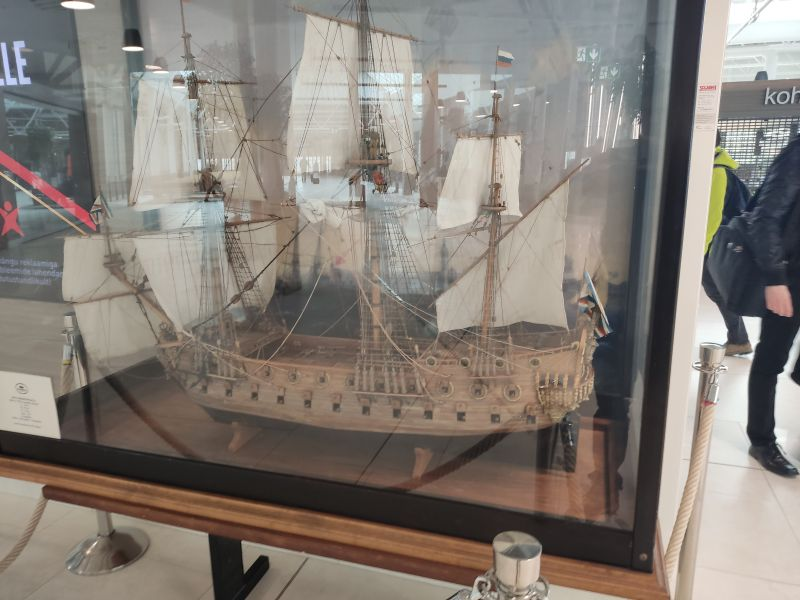

11:00 Cultural tour by Helsinki
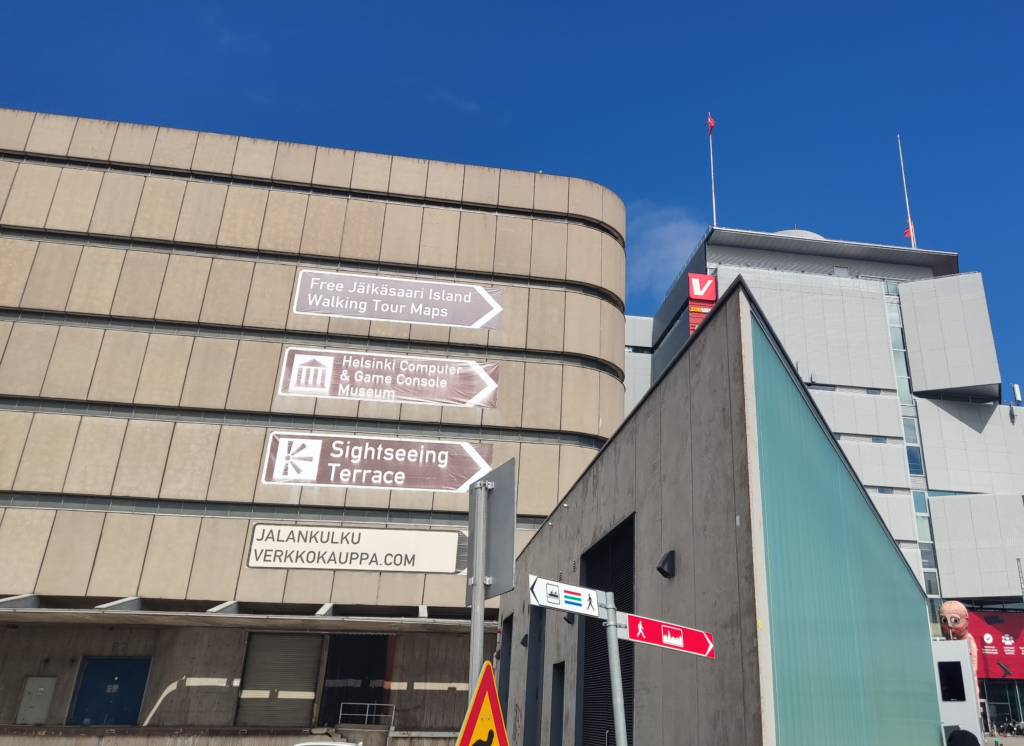
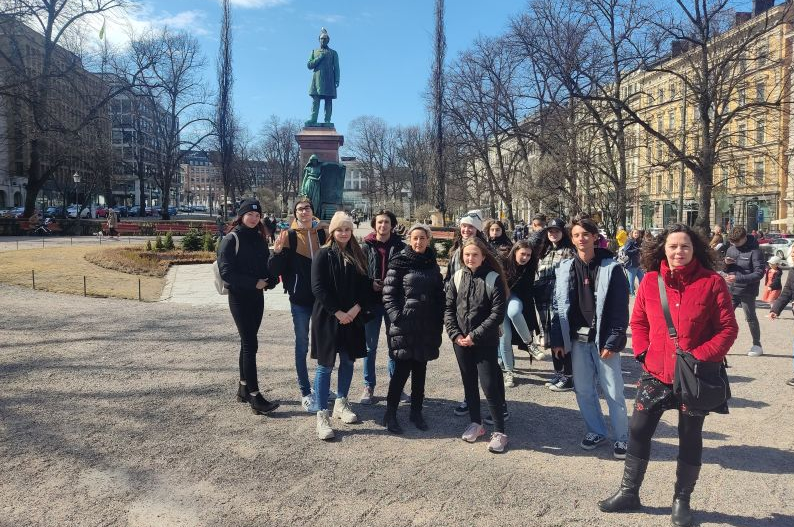
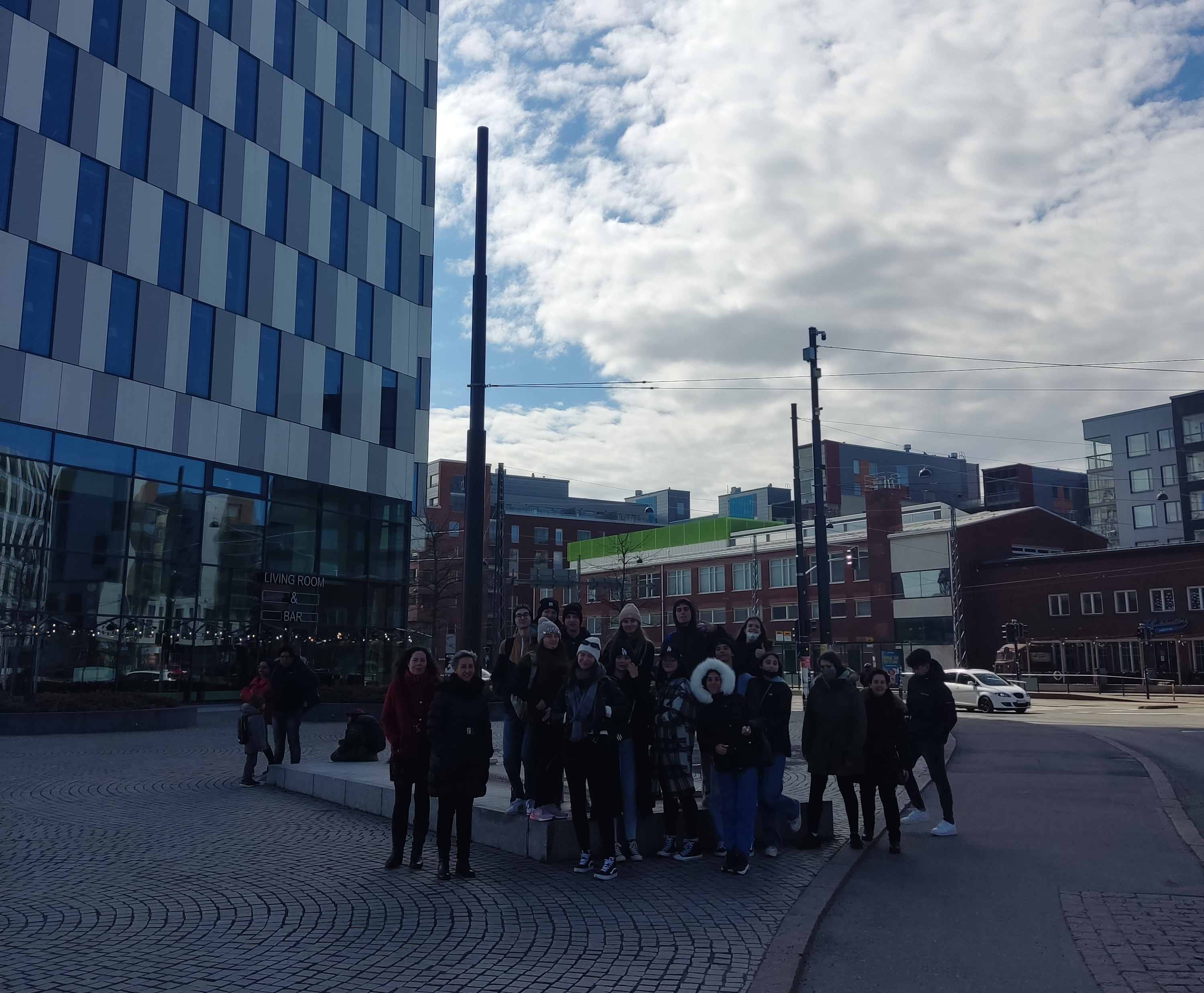
A32: Exhibition of ancestral trades in Europe.
Sinebrychoff art museum
12:00 Visit to Sinebrychoff art museum. The Sinebrychoff Art Museum is an art museum located on Bulevardi in Helsinki, Finland. The museum exhibits the old European art collections (dating between the 14th and 19th centuries) of the Finnish National Gallery. In addition, half of the museum acts as a historic house museum, displaying the 19th century estate of the Sinebrychoff family.

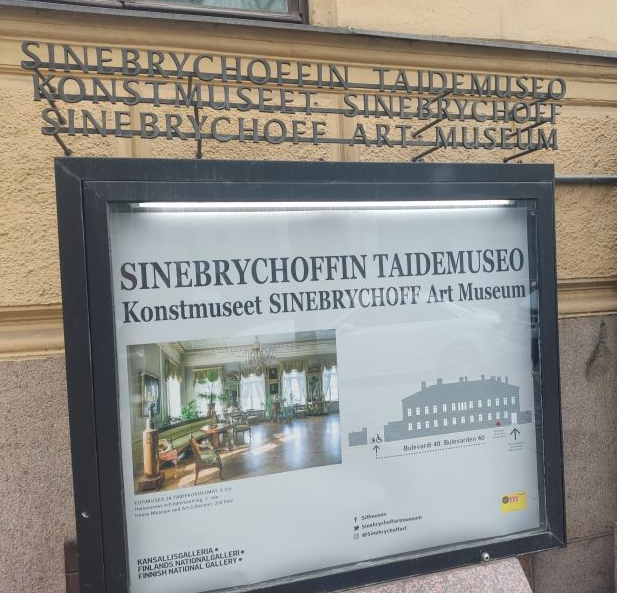
A31: Create collaborative networks with the artisan sector.
Visit to Helsinki craft Market
13:30 The Crafts Market Square (Kauppatori ) is a central square is located in central Helsinki, at the eastern end of Esplanadi and bordering the Baltic Sea to the south and Katajanokka to the east. The Presidential Palace, Helsinki City Hall, Swedish Embassy and the Stora Enso Headquarters building (designed by Alvar Aalto) are all located adjacent to Market Square.
Many of the traditional crafts from the baltic region are present here ( ambar jewellery, Skins, woodcrafs , etc ) .
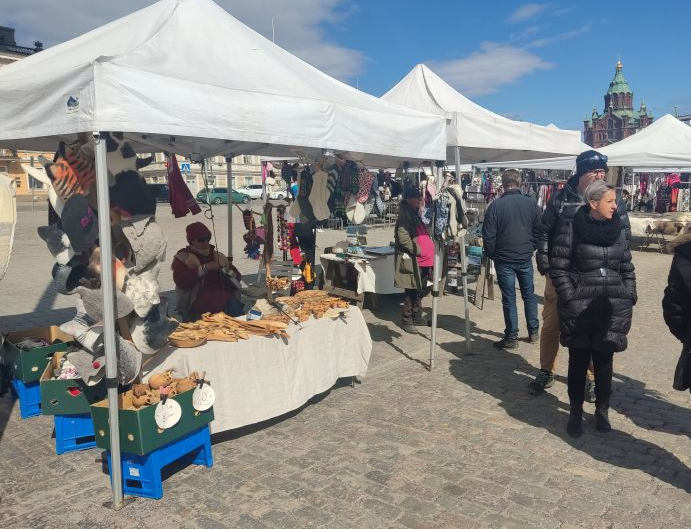
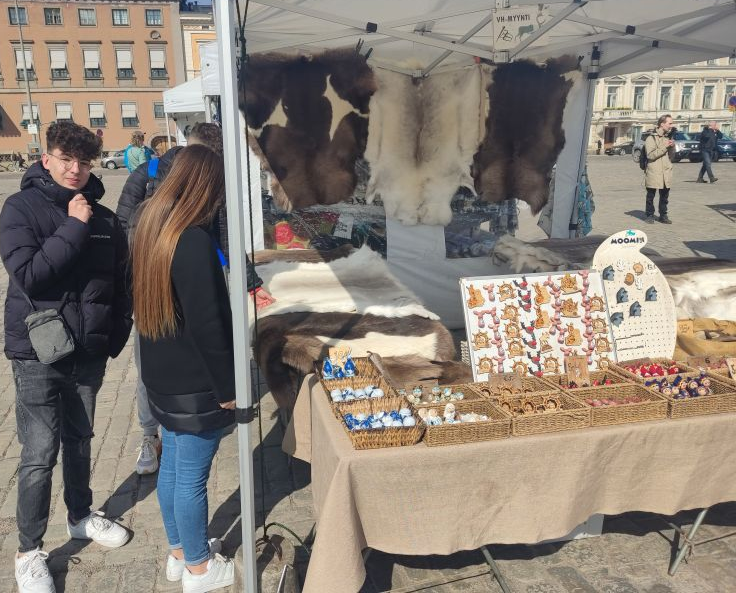
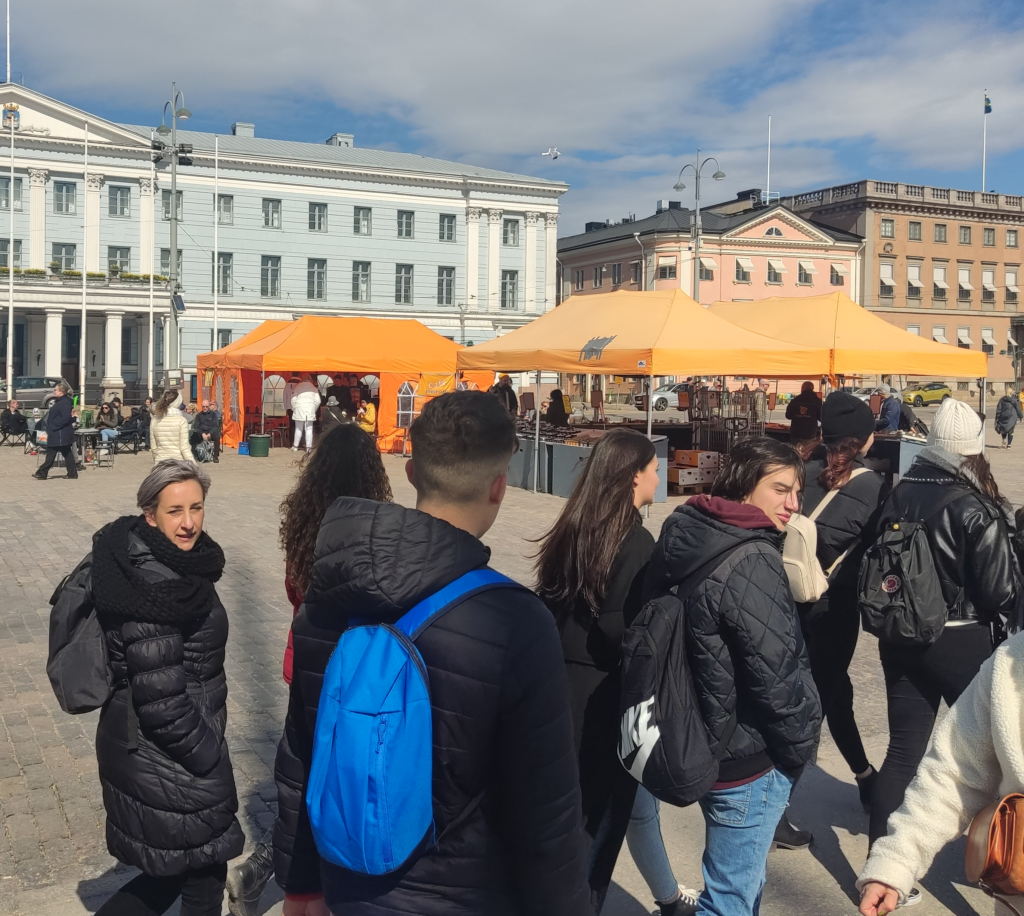
Lunch in Helsinki craft Market
14:00 h in Helsinki craft Market : The Crafts Market Square is a great place to taste the typycal Food and a good price.
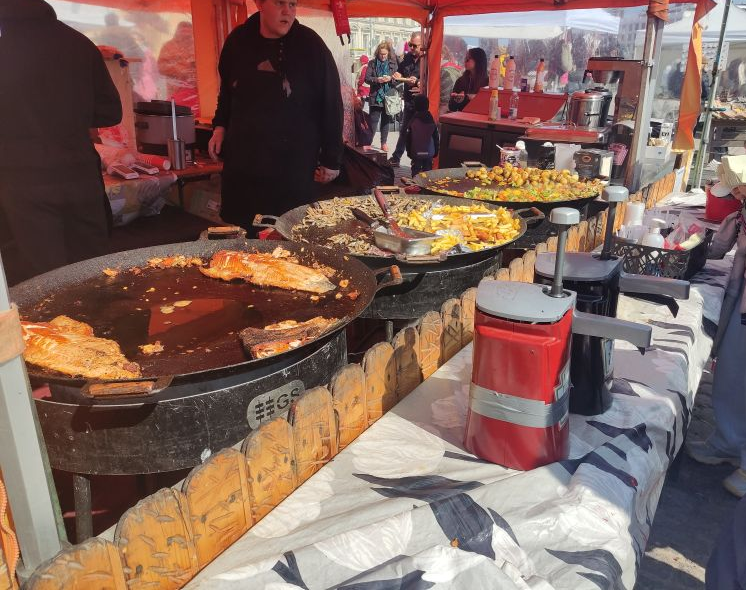

A32: Exhibition of ancestral trades in Europe.
Visit to Suomenlinna UNESCO Fortress
15:00 Suomenlinna is sea fortress built on eight islands about 4 km southeast of the city center of Helsinki.
Suomenlinna is UNESCO World Heritage Site since 1991 which is part of the baltic history.
This visit was a great opportunity for participants to discover the estonian, swedish and Finnish History
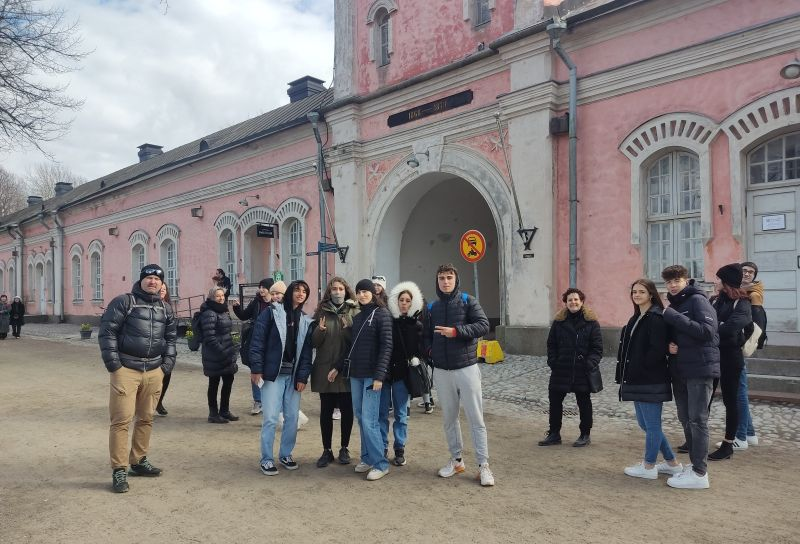
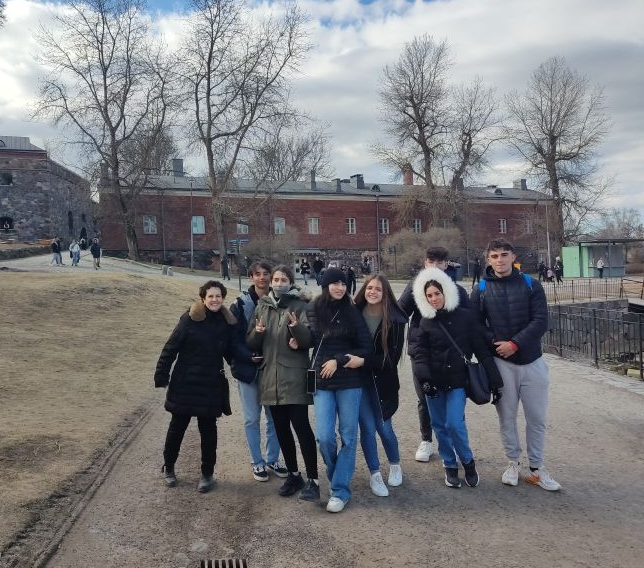
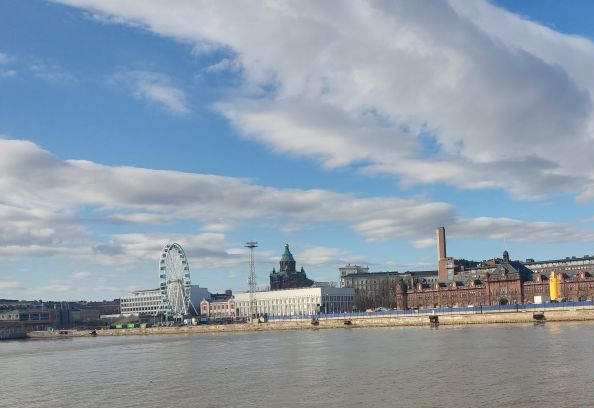
Visit to Helsinki City Center
17:00 Students had the chance to visit Cathedral , Parlament square , City Museum , Tower of Sinebrychoff Park

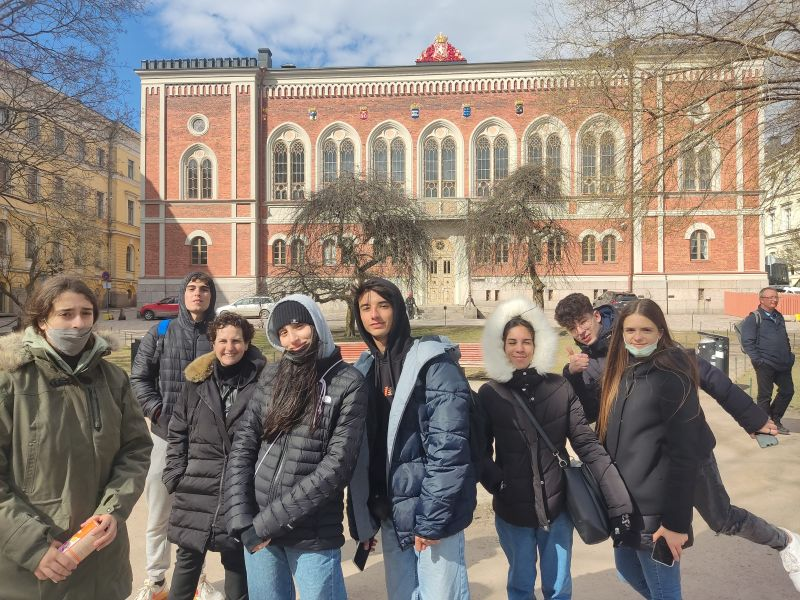
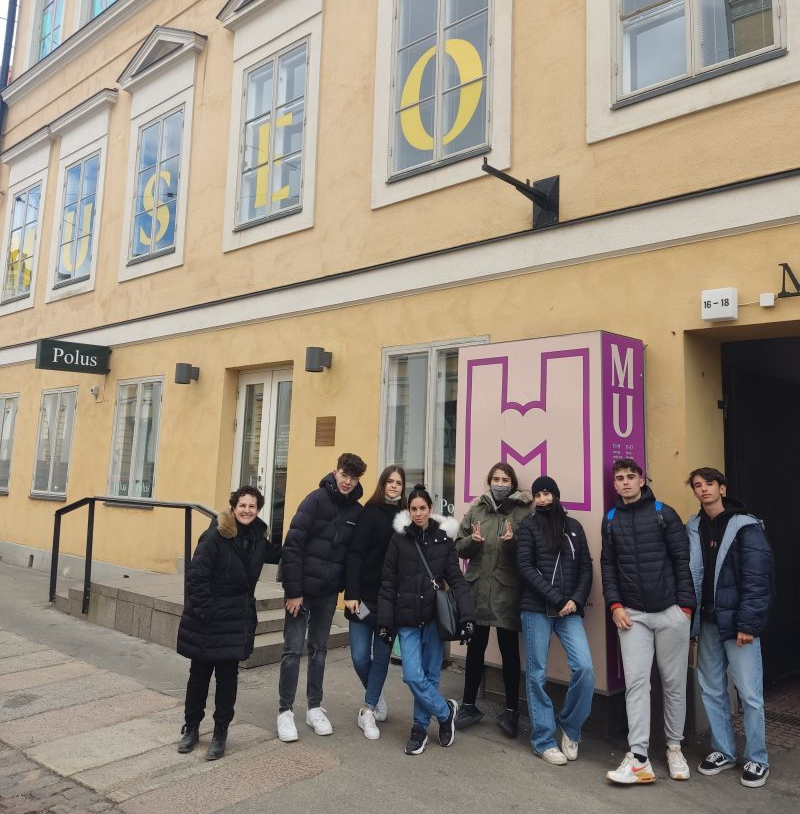
19:00 Back to Tallin in HLS Baltic line
MONDAY, April 25 2022
8.00 Opening Mobility Ceremony
As all the teams where hosted in the same hotel this ceremony take place in Metropol Hotel Conference room This was the planning
- Welcome Message by Saku School Authorities
- 1 Minute of Silence For Ukrania
- Distribution by Groups & Presentation of Facebook Group
- Presentation of Planning
- Deliverance the congress materials.
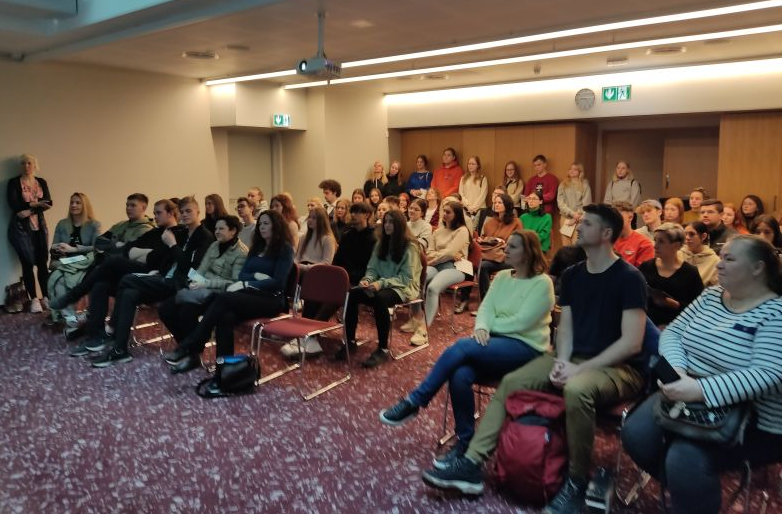
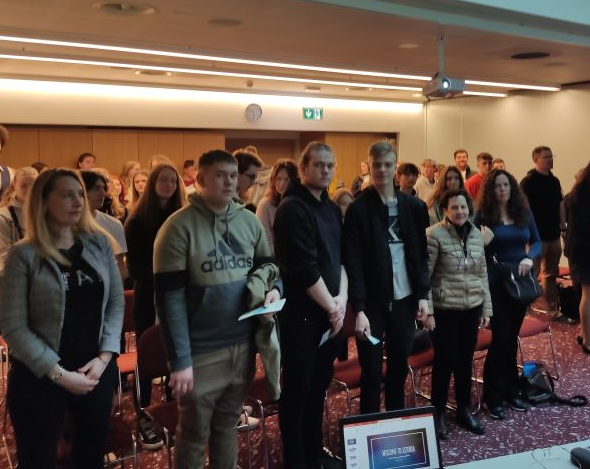
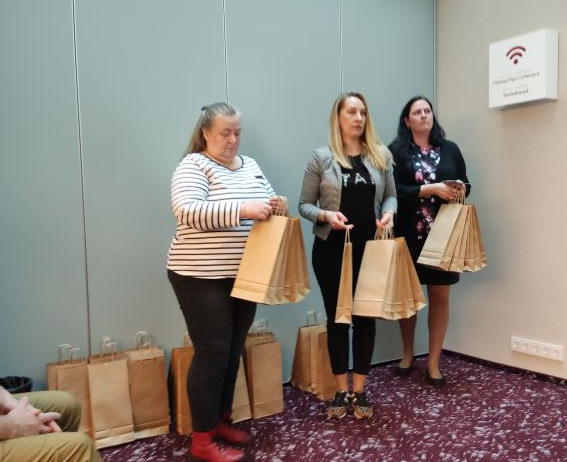

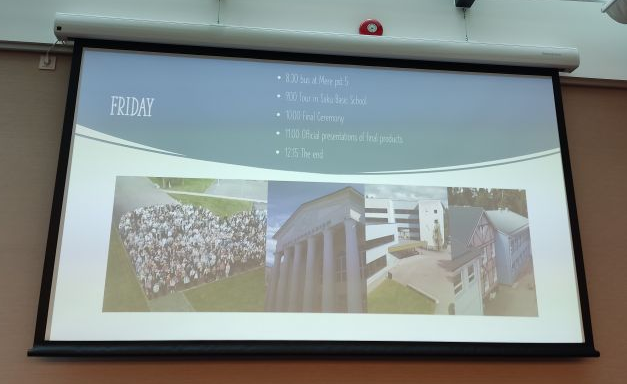
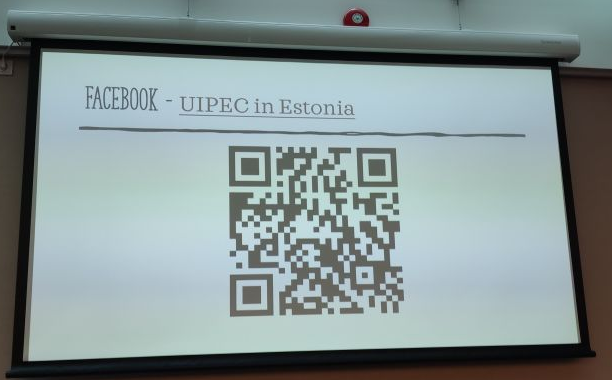
Tallinn´s old town tour. A32: Exhibition of ancestral trades in Europe.
10.00 Visit to Tallinn´s old town tour Guided by Estonian Students and separated by international groups to improve the communication between students
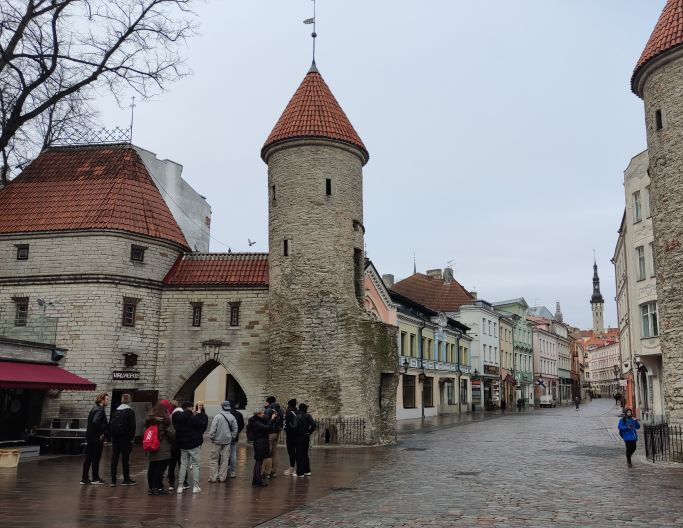
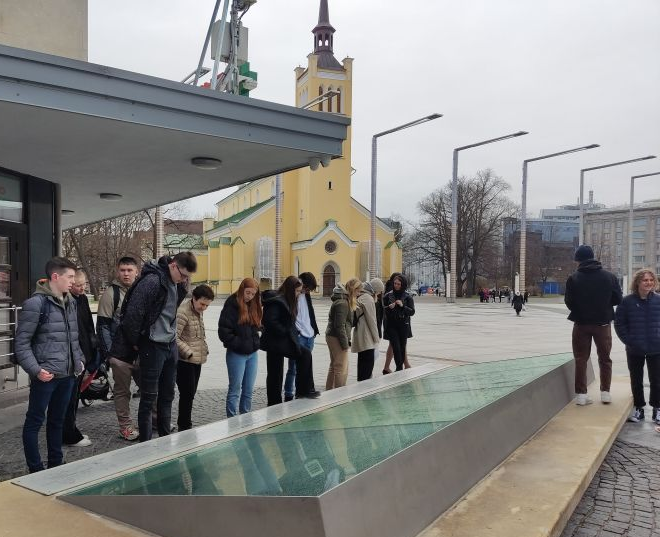
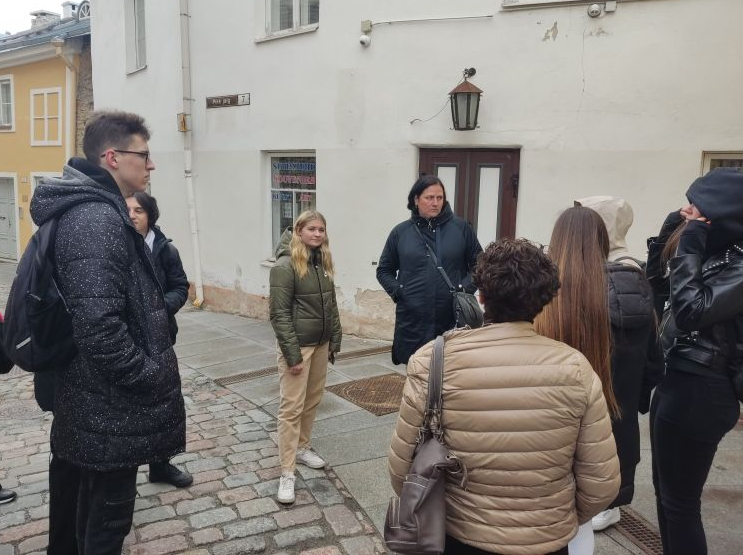
A32: Exhibition of ancestral trades in Europe. 11.00 Raeapteek Pharmacy Crafts Museum – Alchemy Workshop
At 11.00 in the Raeapteek Pharmacy Crafts Museum – Alchemy Workshop, we will assist toanother activity to develop the A32: Exhibition of ancestral trades in Europe.
The Raeapteek ,opposite the Town Hall, at house number 11, it is one of the oldest continuously running pharmacies in Europe, having always been in business in the same house since the early 15th century. It is also the oldest commercial enterprise and the oldest medical establishment in Tallinn.
The first known image of the Town-Hall Pharmacy is an oil painting by Gustav Adolph Oldekop, showing Tallinn’s Town Hall Square in 1800. The first photos of the building date from 1889.
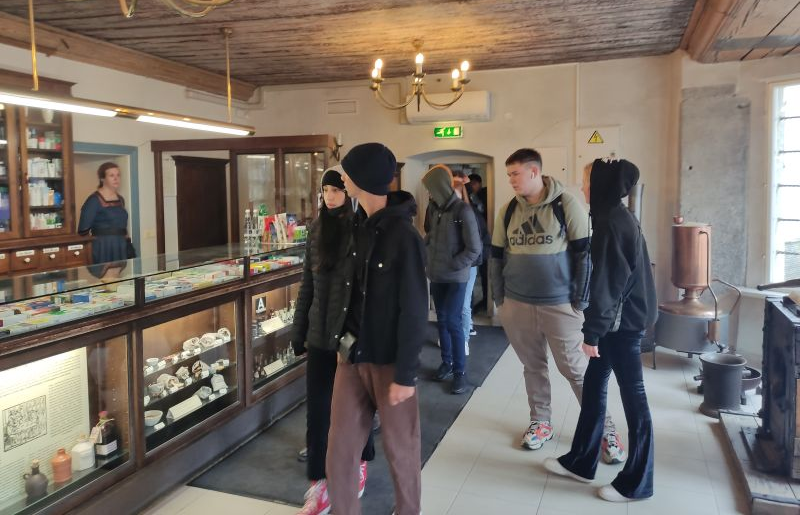

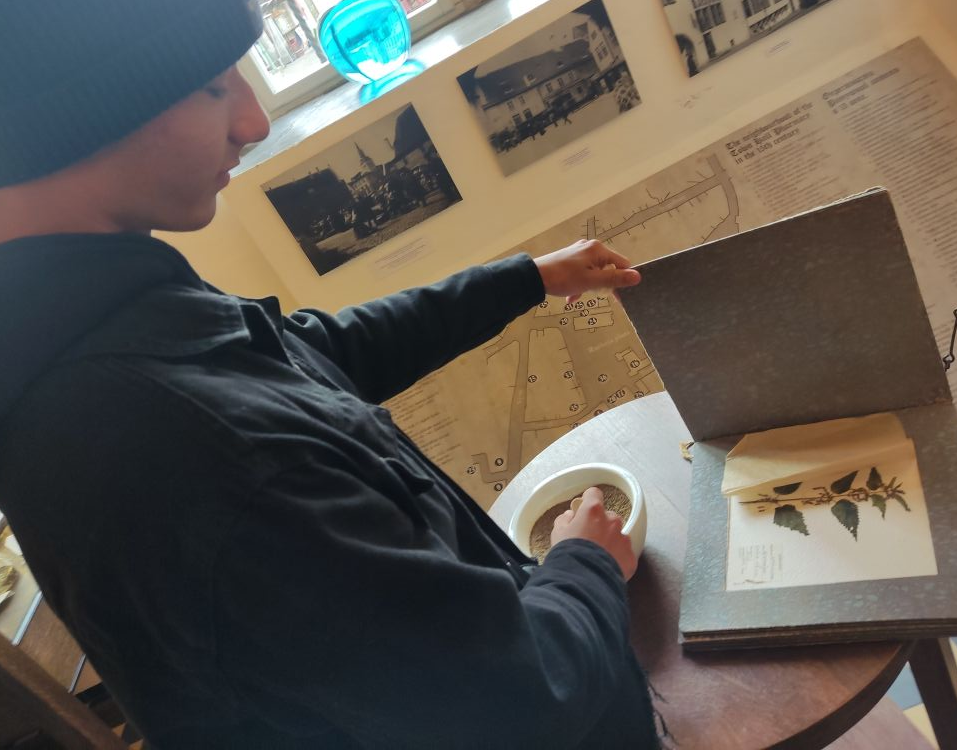
A32: Exhibition of ancestral trades in Europe. Estonian History Museum – Great Guild Hall
At 12.00 we will visit the The Great Guild Hall Estonian History Museum part of the A32 Planned Activity.
The Great Guild or Suurgild in Estonian was a guild for merchants and artisans, operating in Tallinn from at least the 14th century until 1920.
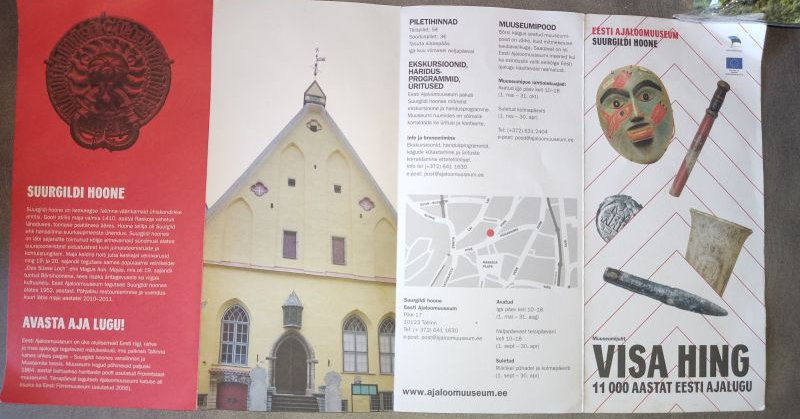
It was based in the Great Guild hall, a Gothic building in the historical centre of Tallinn, today housing the Estonian History Museum. In 2013, the Great Guild hall was named a European Heritage site.
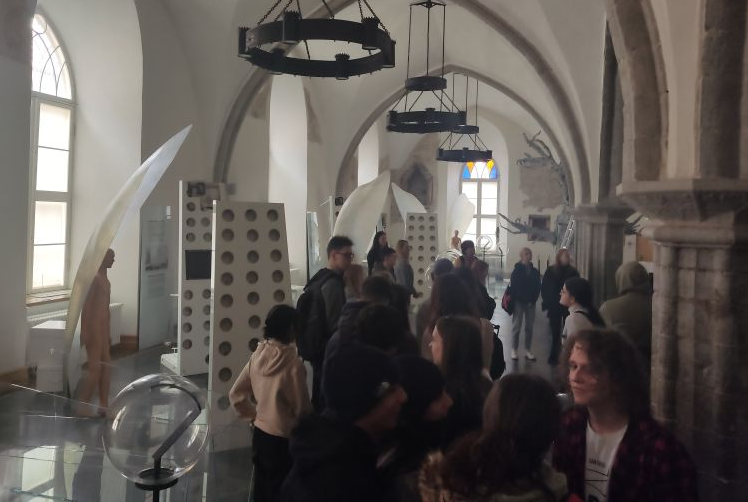
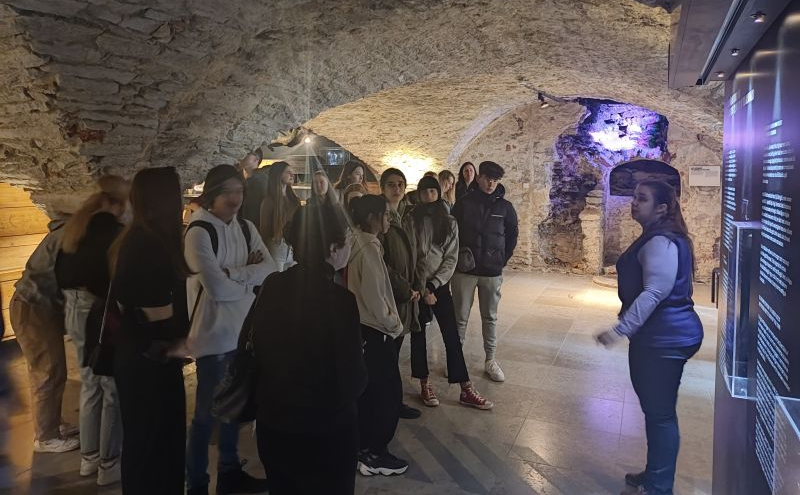
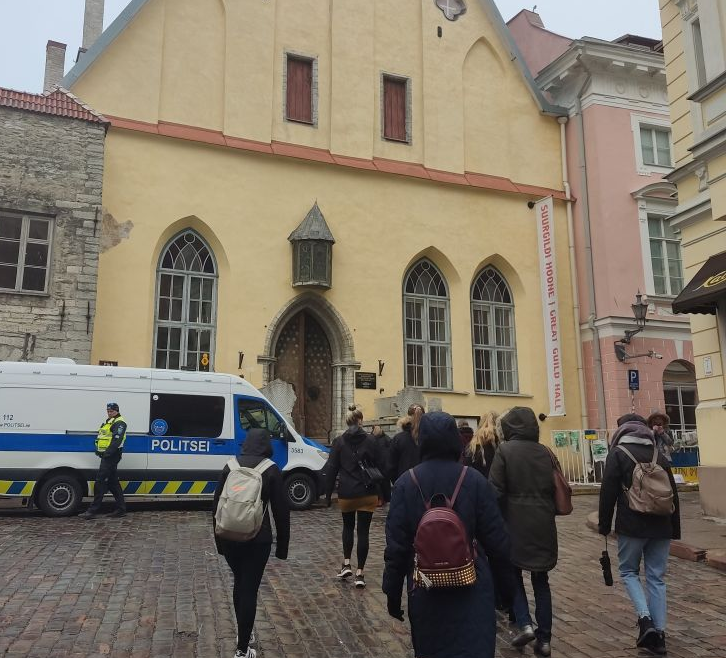
12:30 Ancient Trades Workshop
We recived a workshop about the trades and crafts of the ancient kingdom and how the work was shared in Guild. We had to discover with guild make which tasks.
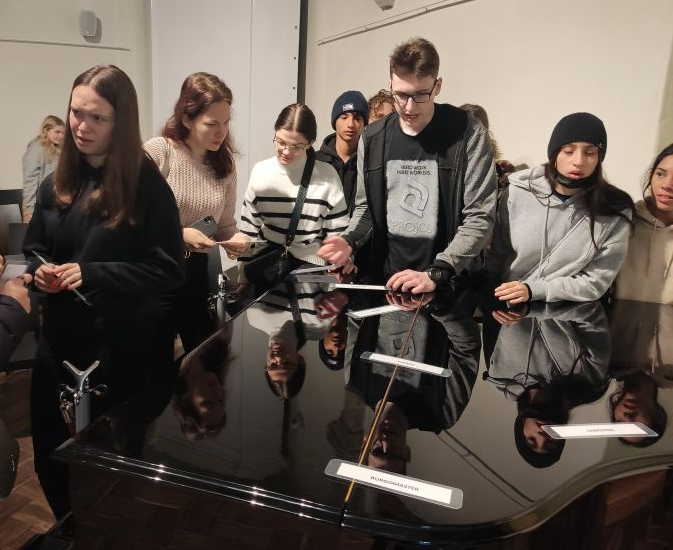
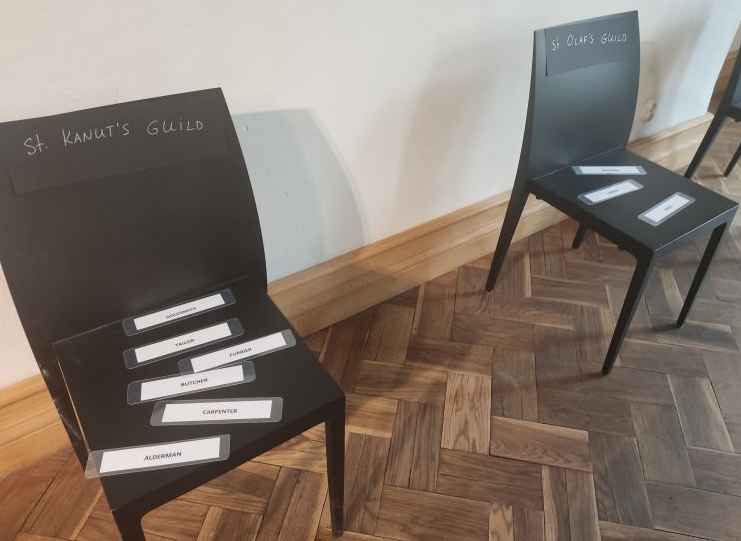
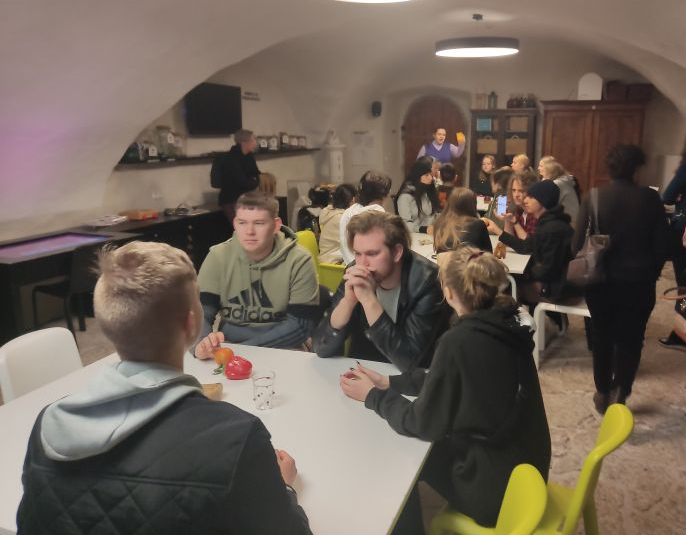
1.30 Lunch at “Tommi grill“ (Viru väljak 2)
Private Touristic Tallinn Bus tour and Visit to Song Festival Grounds
At 14.10 we will take a Private Hop on hop off bus at Viru Station which will teach us using headphones the most important points of Tallinn.
Finally we will visit the Estonian Song Festival Grounds a very important point in the live of Tallinn. The Estonian Song Festival laulupidu, is one of the largest choral events in the world, a Masterpiece of the Oral and Intangible Heritage of Humanity. It is held every five years in July on the Tallinn Song Festival Grounds (Lauluväljak) simultaneously with the Estonian Dance Festival. The joint choir has comprised more than 30,000 singers performing to an audience of 80,000.
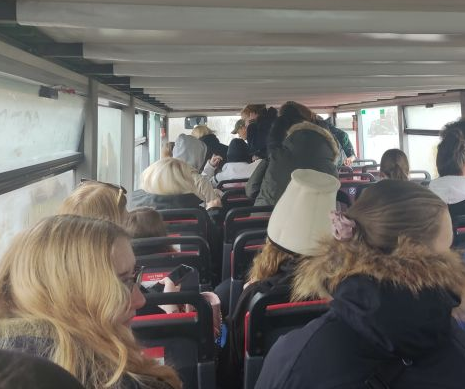
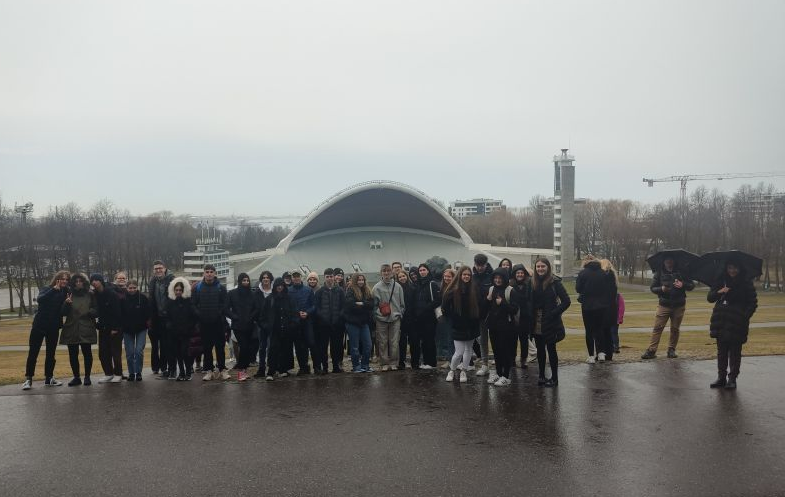

17.00 Students convivence activity and dinner at Bowling Tournament at Kuulsaal (Mere pst 6)
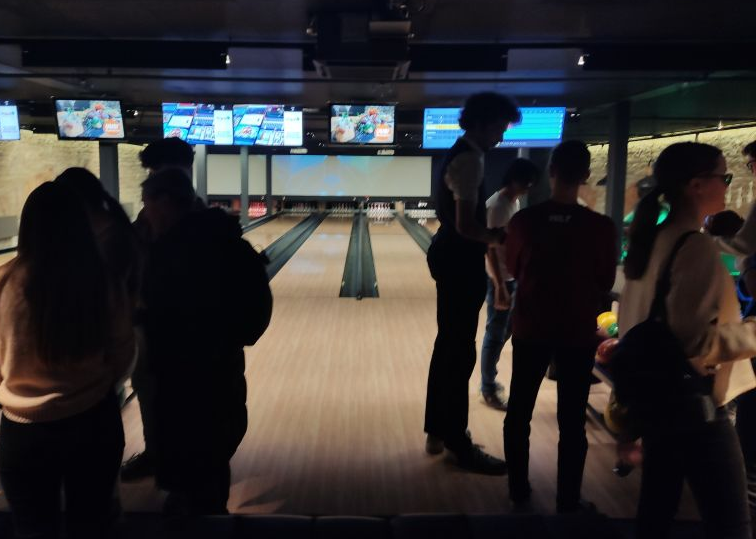

18:00 Teachers dinner in Chicago Restaurant
TUESDAY, April 26 2022
9.30 Bus in front of Mere pst 5 (signed as UIPEC)
KUMU Art Museum
At 10.00 , We will visit the KUMU Art Museum in a guided visit of the baltic art(Weizenbergi 34)
The Kumu Art Museum ( Kumu kunstimuuseum) is an art museum in Tallinn, Estonia. It is one of the largest museums in Estonia and one of the largest art museums in Northern Europe. It is one of the five branches of the Art Museum of Estonia, housing its main offices.

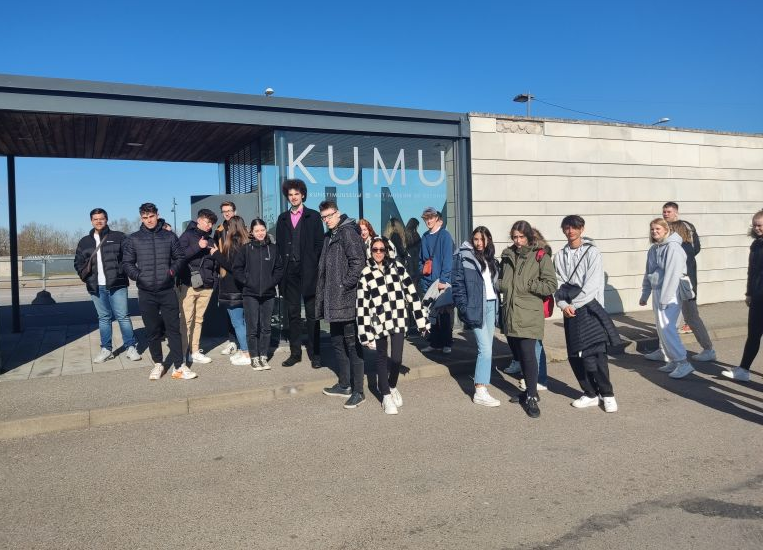
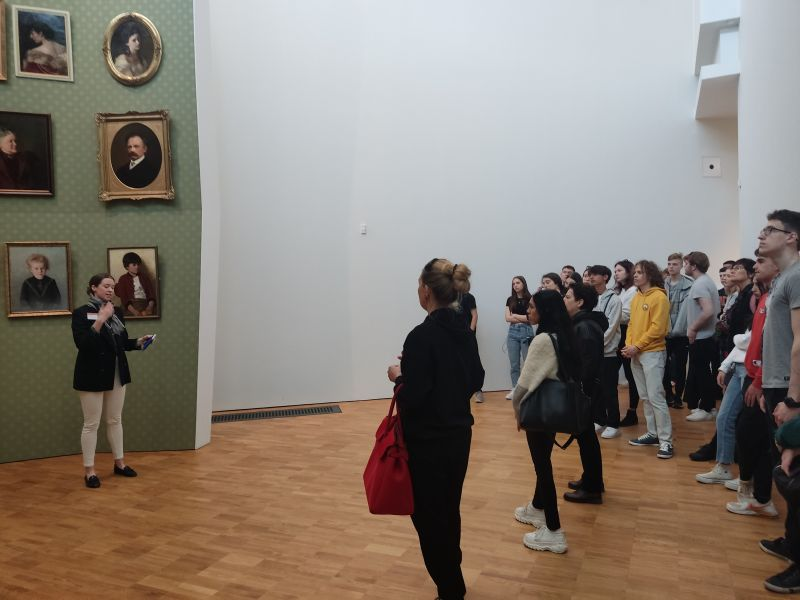

Laste Gallery Children´s creative house workshop
At 12.30 we will visit a very special place a museum with art made by children with problems. Children´s creative house workshop located at Kuninga, 6
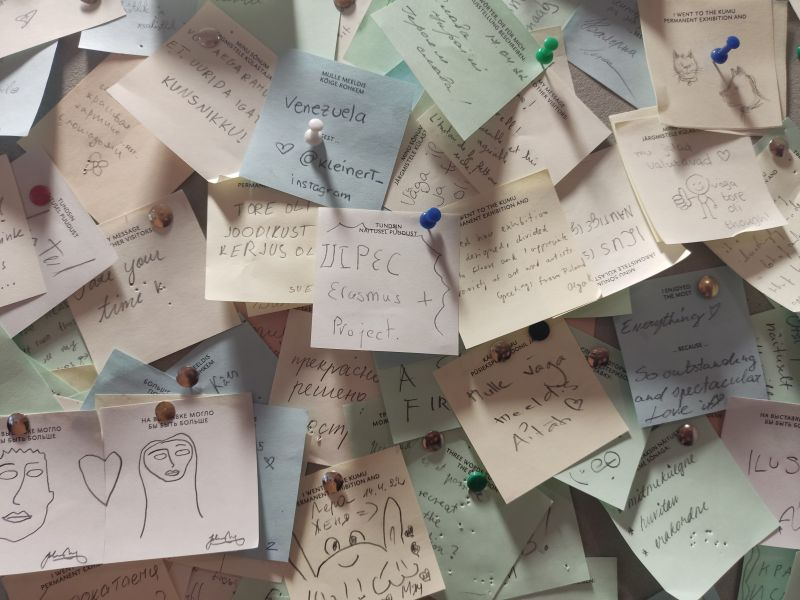
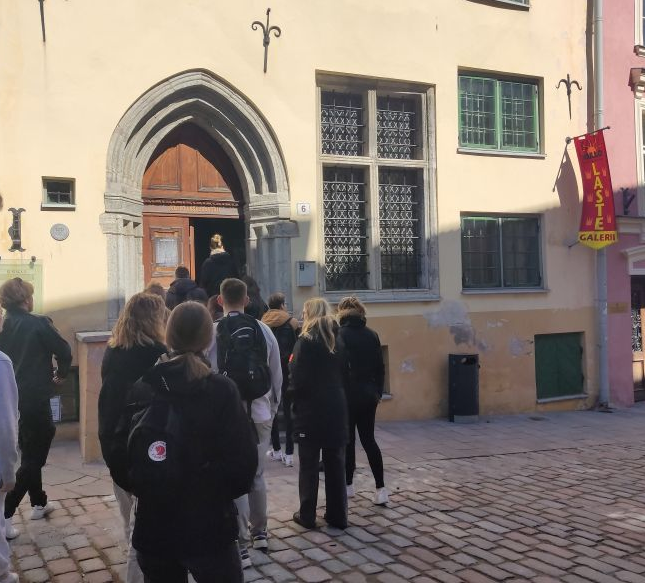
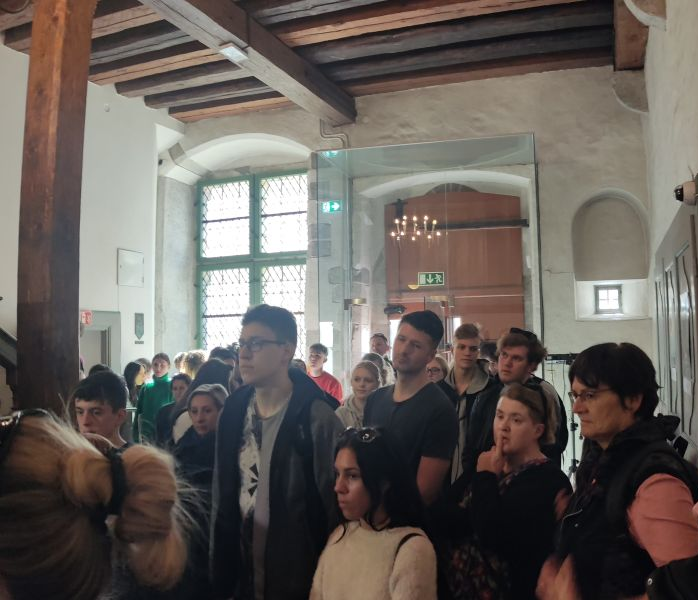
Visit to Loewenschede Tower
At 13.30 we visit Asuur Ceramics Studio in Loewenschede Tower (Kooli 7)
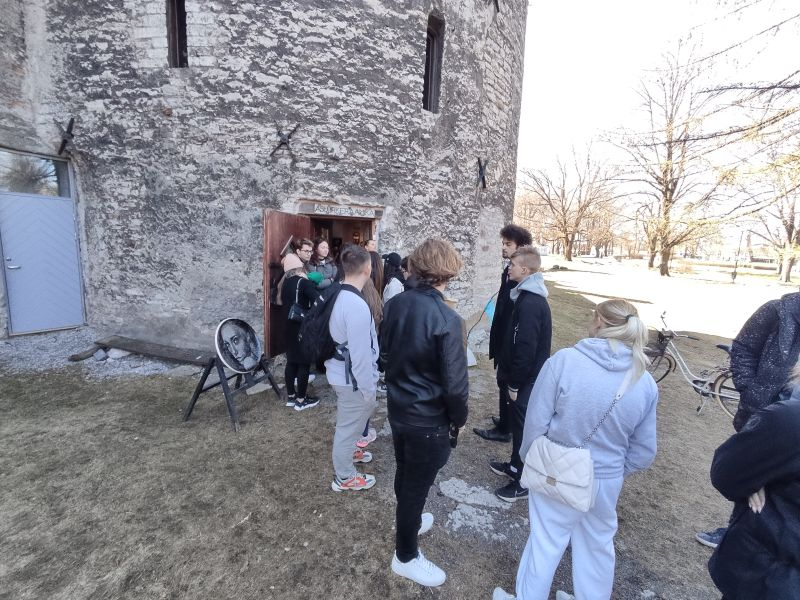

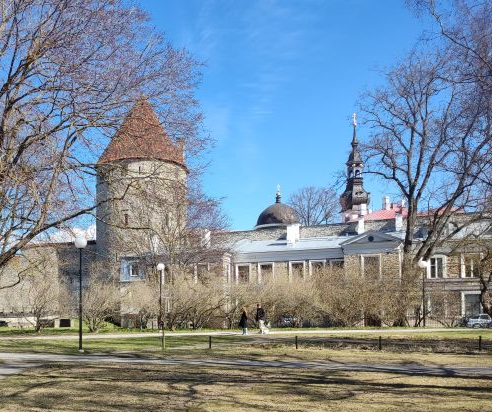
A30 – wayfinding: a window to creativity. Ceramics Workshop
In the lower part of Loewenschede Tower, we could develop part of the A30 – wayfinding: a window to creativity a Black Clay Ceramics crafts workshop where creativty was the most important thing.
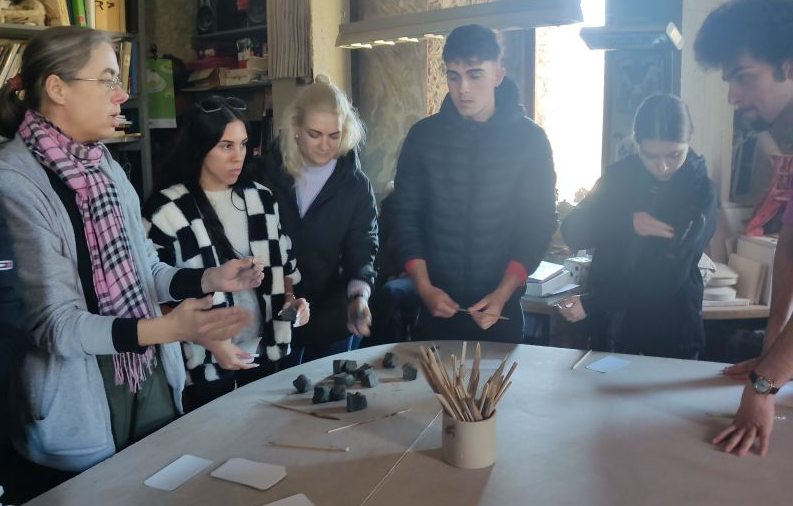
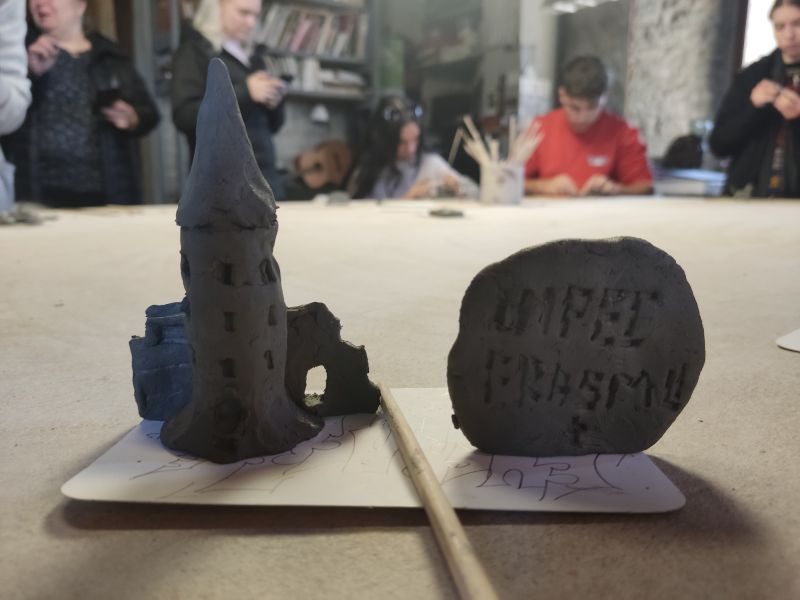
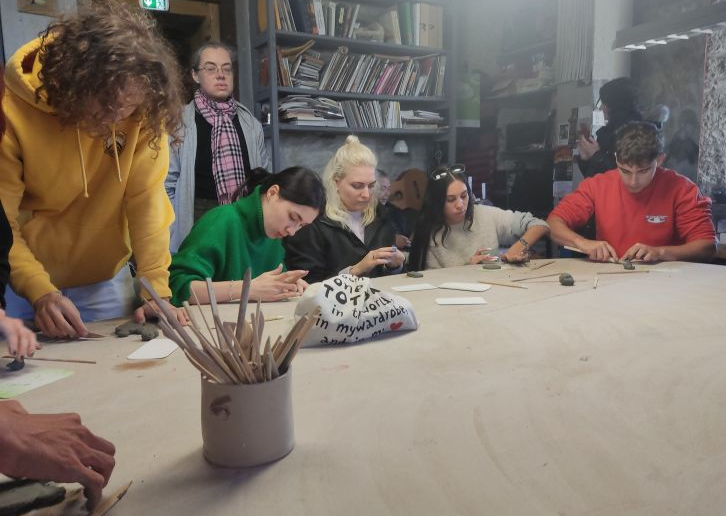
14.15 Lunch on your own choice
15.30 Visit to Proto Invention Factory VR Installations
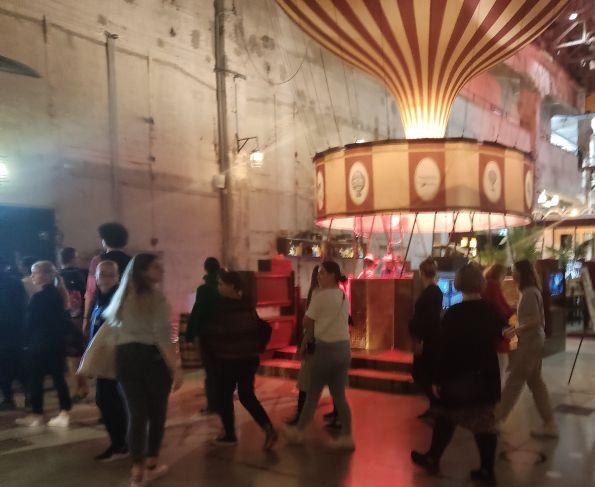
In the Proto invention factory, we develop part of the A30 – wayfinding: a window to creativity.
PROTO invention factory is a unique combination of novel VR technology and prototypes of technology. Also PROTO Invention Factory is situated in the historic Noblessner Foundry. The history of the Noblessner shipyard goes back to 1912, when two Saint Petersburg businessmen built Tsarist Russia’s most important submarine factory .
Handmade Crafted Ballons & Science Workshop
Creating a ballon was an art in the centuries XIX and XVIII. In this workshop we learned about how this modern crafters created this Magical dispositives and how we could make one by ourselves
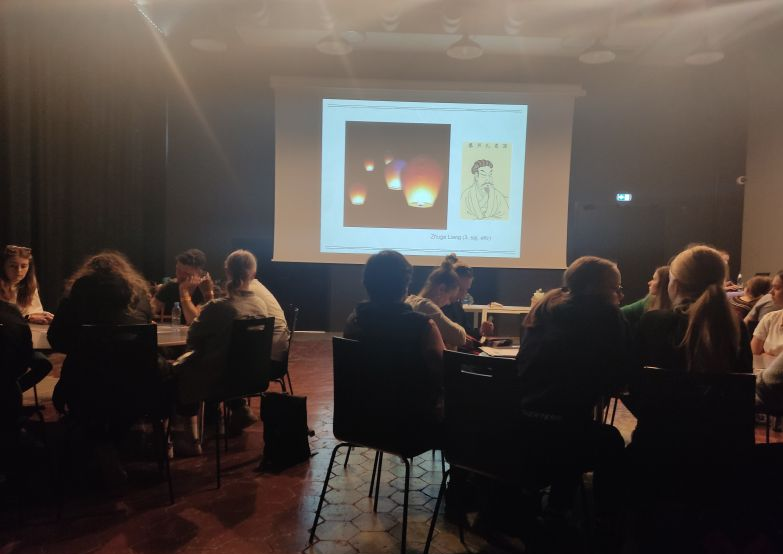
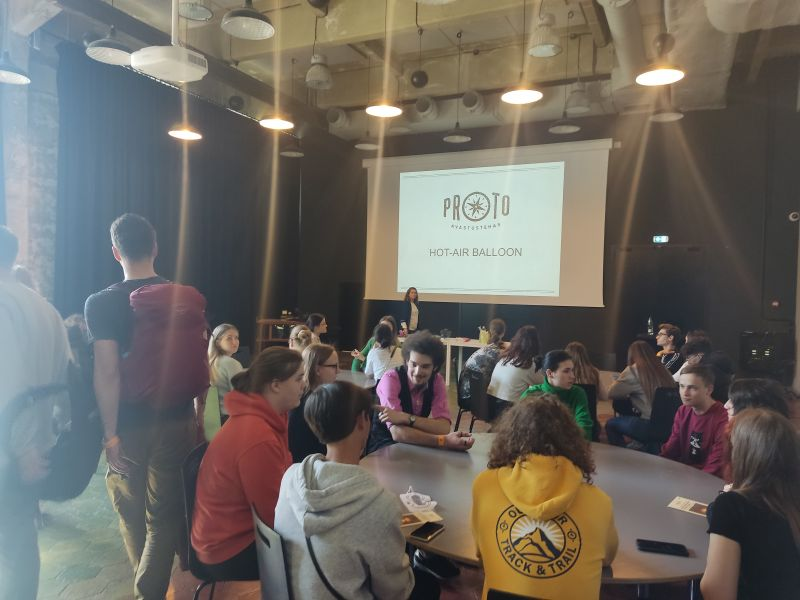
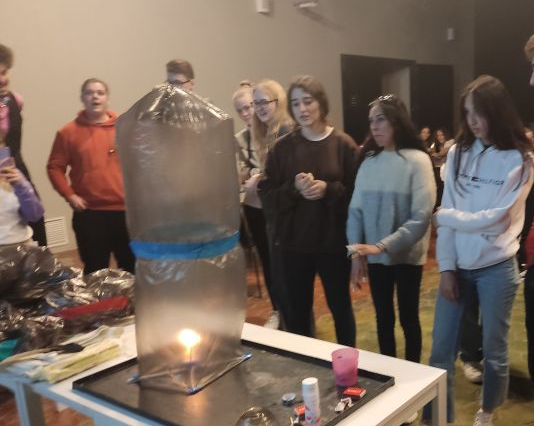
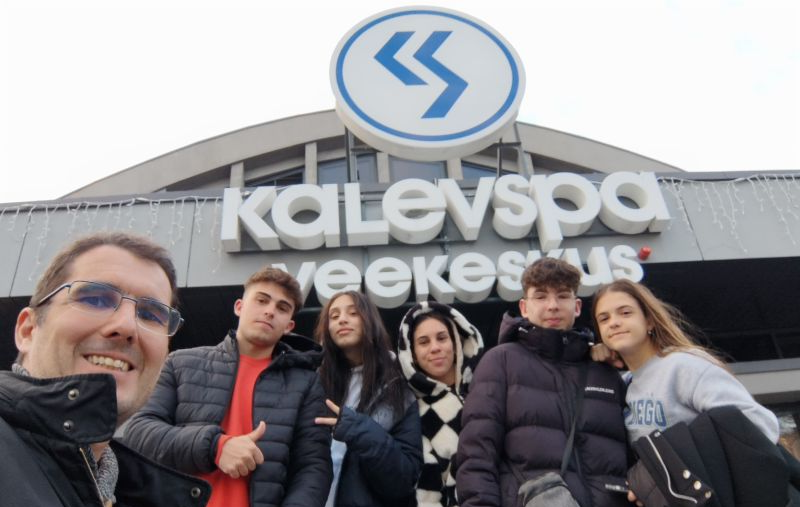
Students convivence activity : Kalev Spa Waterpark.
Students had the chance to enjoy the wonderfull installations of the kalevspa which includes a watepark with amazing slides.
WEDNESDAY, April 27 2022
8.30 Bus in front of Mere pst 5 (signed as UIPEC)
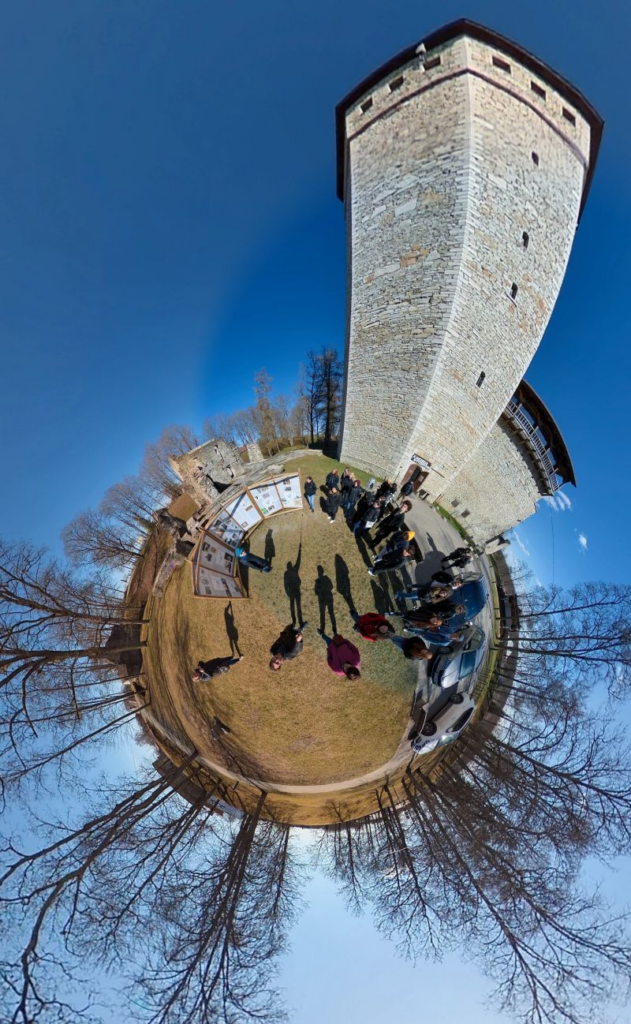
Wittenstein Time Museum in Paide, the heart of Estonia
At 11.00 we Visit the Wittenstein Time Centre in Paide, the heart of Estonia a tower part of a very big fortress which is a vistual part of the history of Estonia.
The tower on Vallimägi Hill in Paide is now home to the Wittenstein Time Centre.
An elevator has taken over the role of a time machine, with displays from different eras exhibited on different floors – the days of knights, kings and stars, the period of occupation, the first Republic of Estonia, and the period of the country’s regained independence.
Sound and lighting effects, video programmes and illusions add to the overall effect.
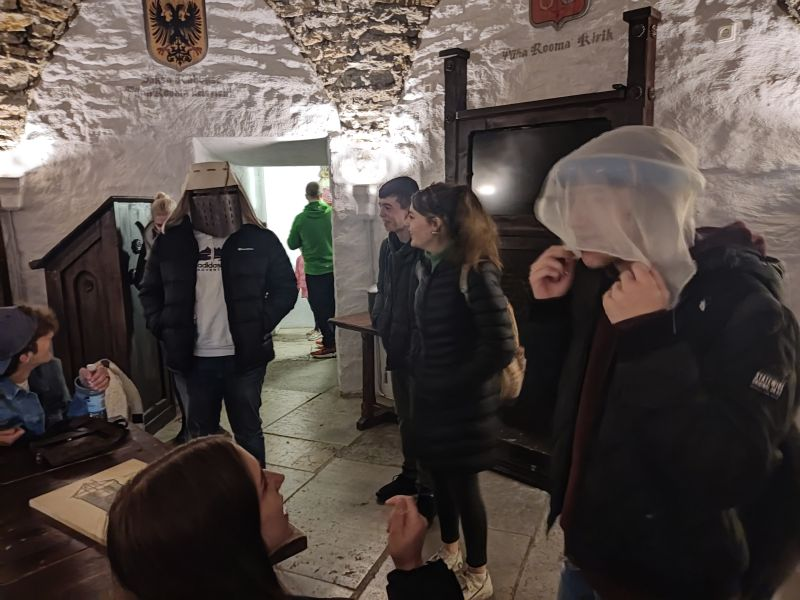
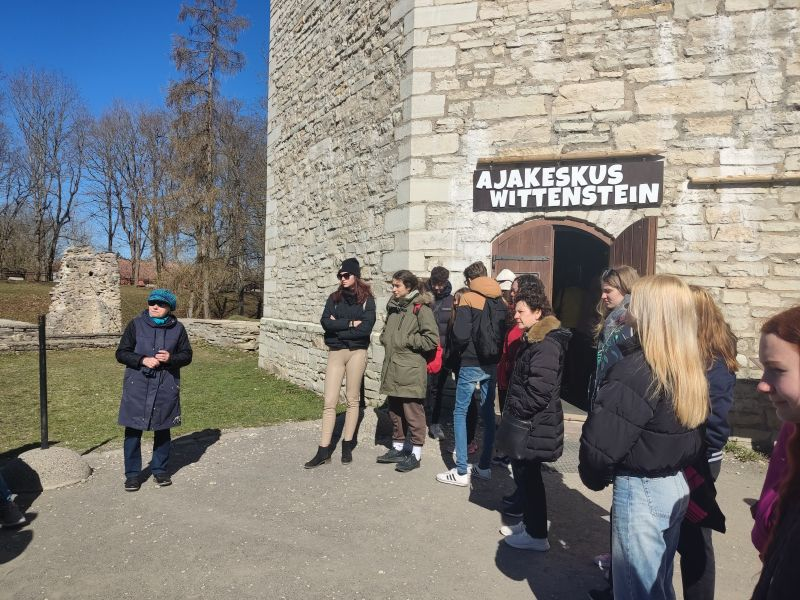
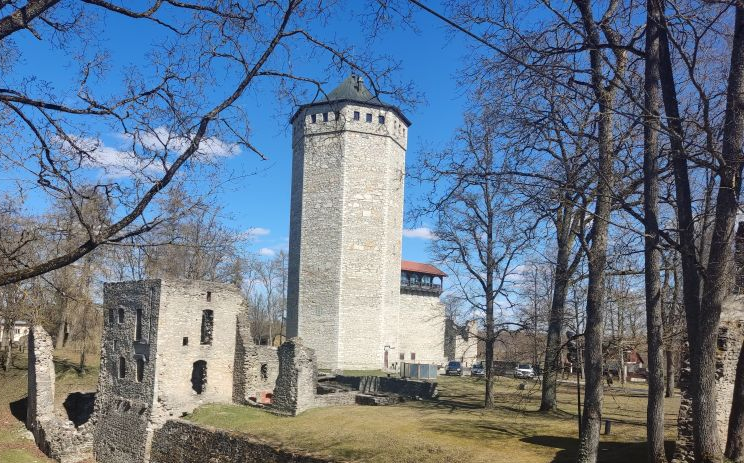
13.40 Lunch at Imavere Tavern
Estonian Imavere Diary Museum
At 14.30, Students and Teachers visit the Estonian Diary Museum in Imavere, an important center especiallized in the diffusion of the crafted Milk products and the importance of this industry in the development of Estonia.
This activity was part of the planned activity A31: Create collaborative networks with the artisan sector.
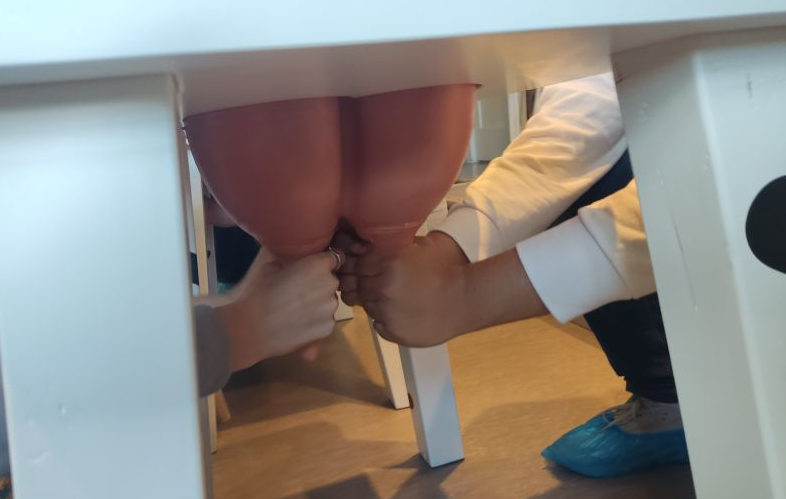
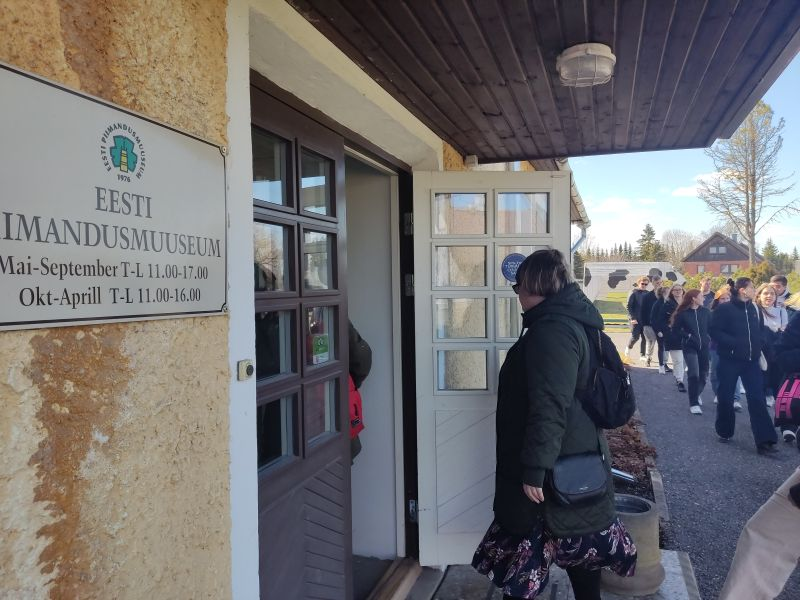

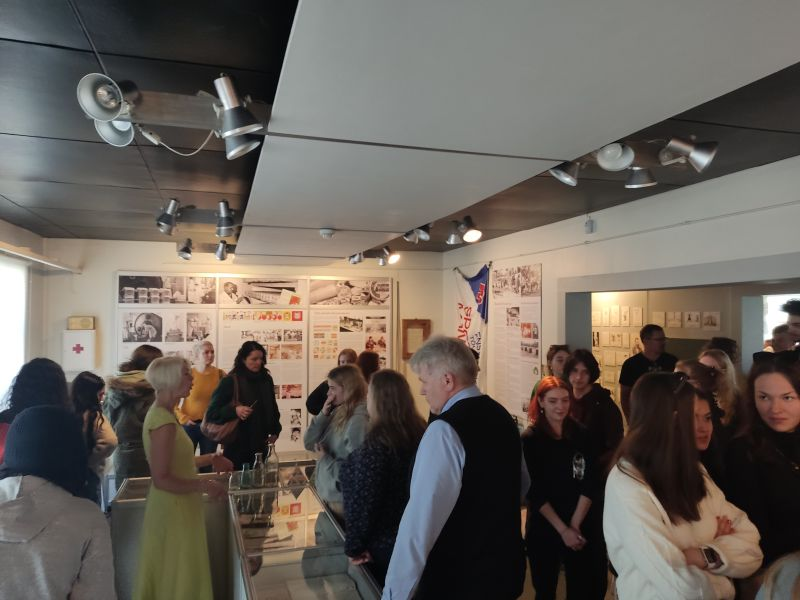
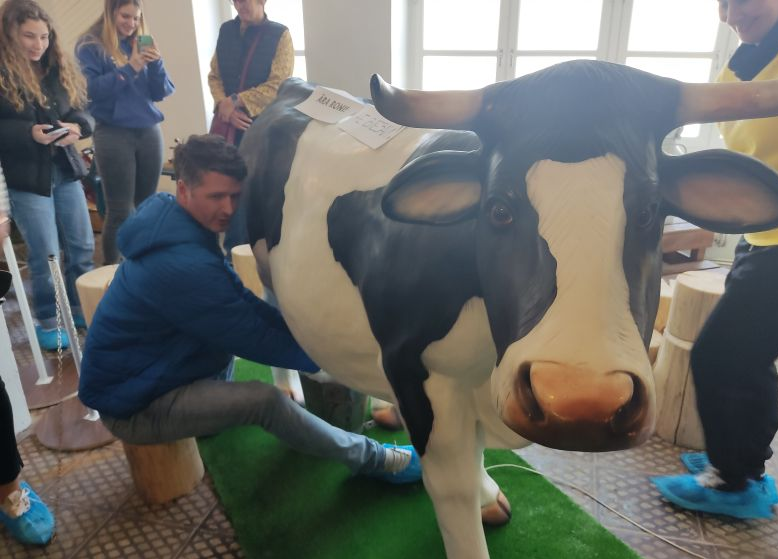
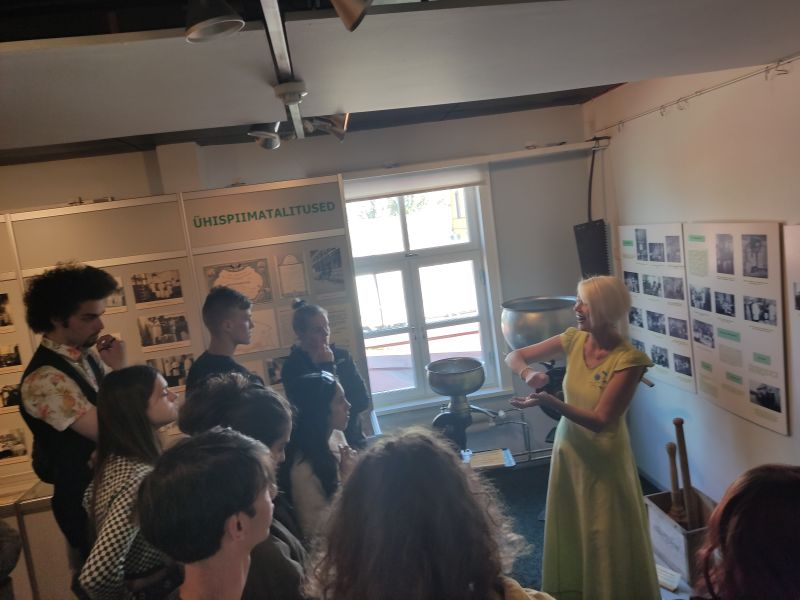
Workshop – making ice cream
Experts from the Imavere Diary Museum, prepared a workshop where students leant to make their own crafted artisanal ice cream…. and tasted it¡

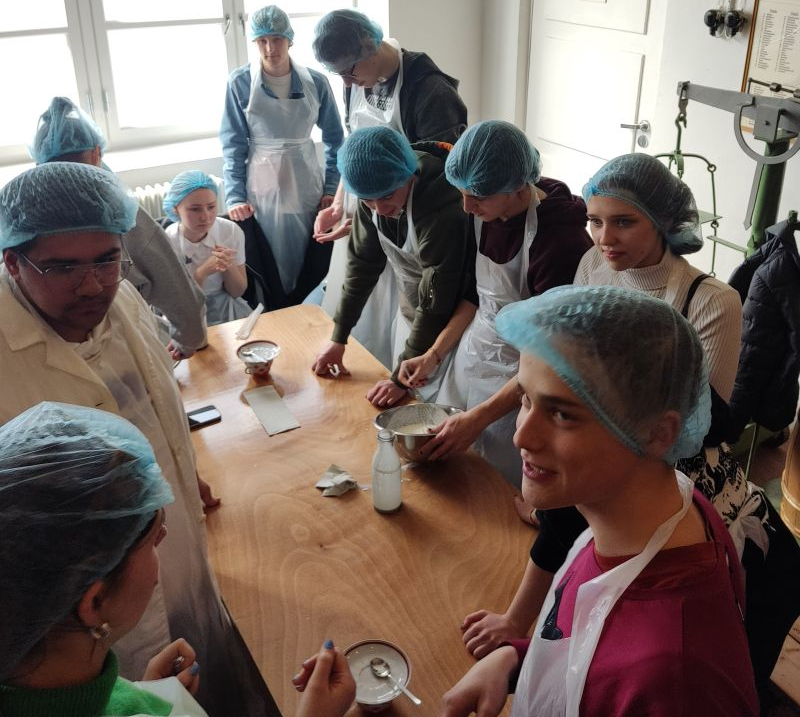

16.30 Visiting handmade candles factory
This activity developed to make the objetives of A31: Create collaborative networks with the artisan sector and A30 – wayfinding: a window to creativity in other interesting activity about candles Creation Workshop where each student learnt to create their own candles
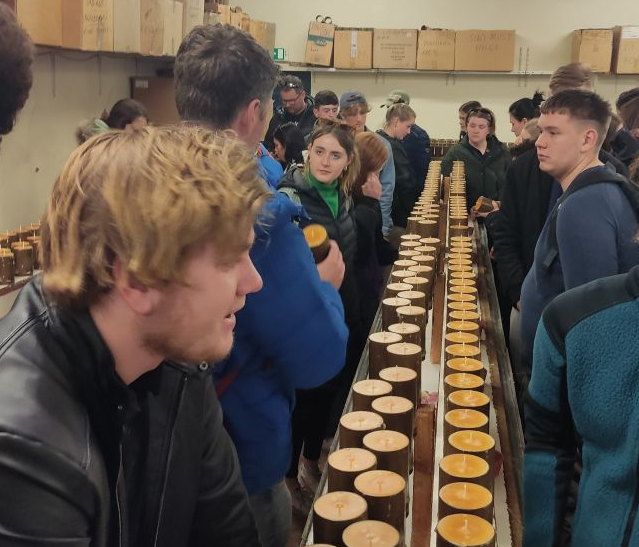
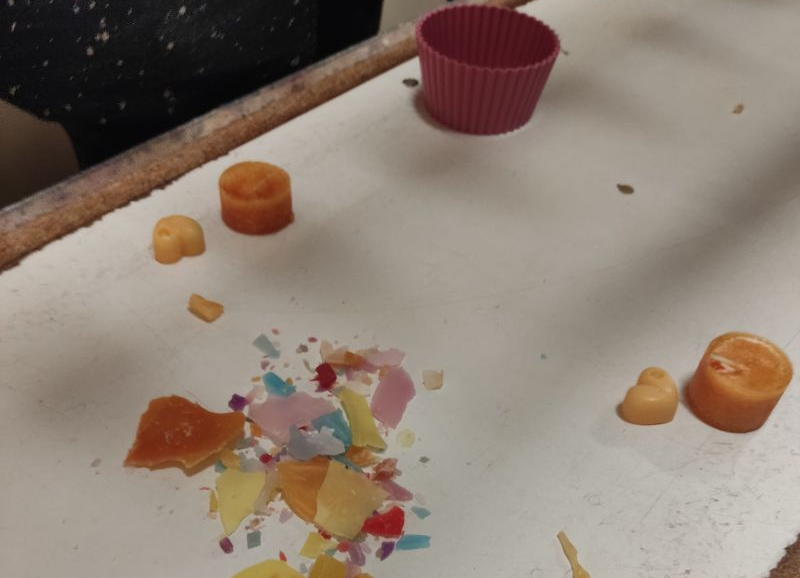
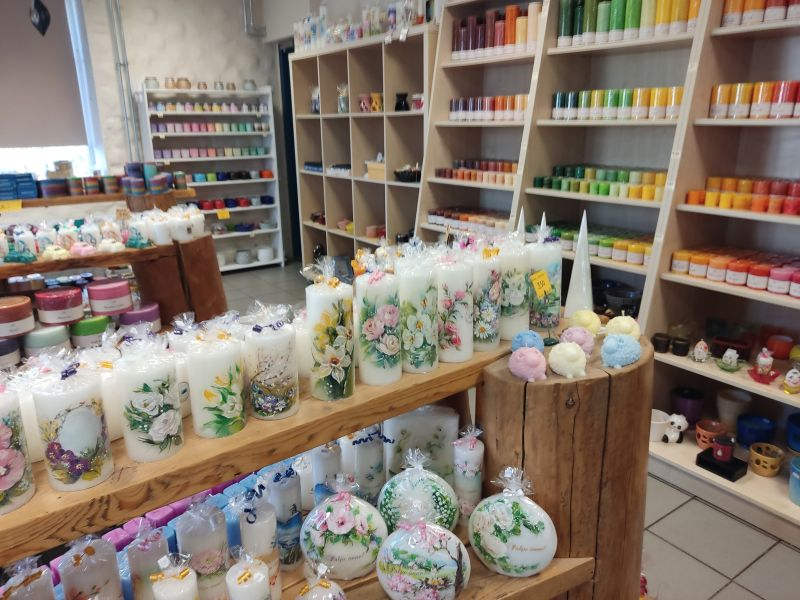
18:00 Back to Tallinn. Each team dinner by themselves.
THURSDAY, April 28 2022
8.00 Bus in front of Mere pst 5 (signed as UIPEC)
Visit to National Park Viru bog
9.00 Visiting Viru bog Viru Bog is a bog in Harju County, Estonia within Lahemaa National Park. The area of the bog is 235 ha. Thickness of peat layer is about 6 m.


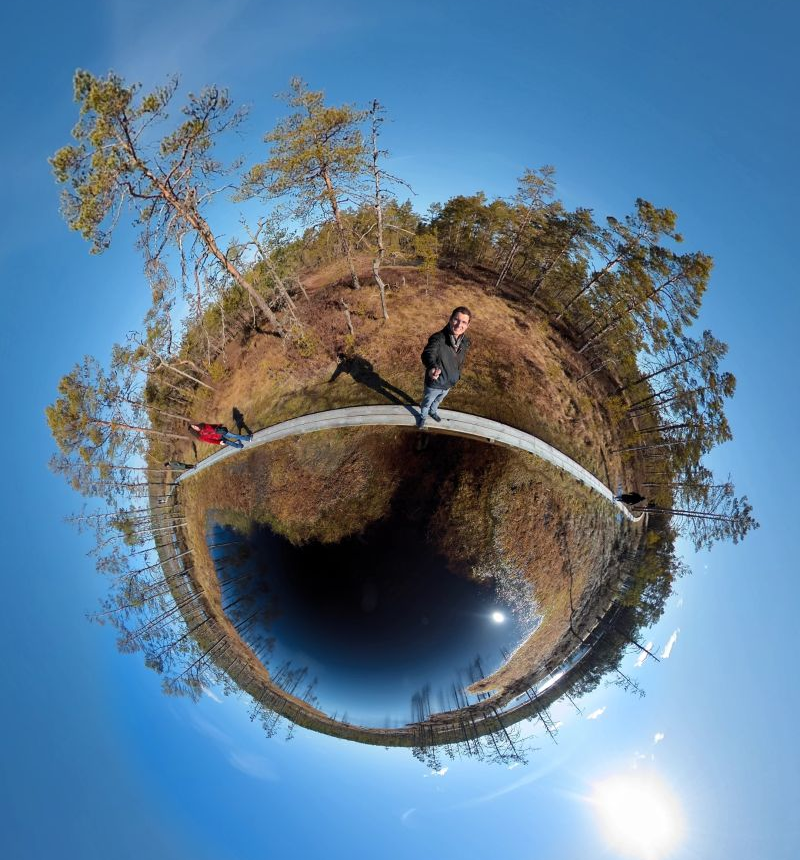
Workshops. Kolga Civil Centre. Workshops .
At 10.40 We visit the Kolga Civil Centre (https://www.facebook.com/kolgaseltsimaja/) an inniciative of local crafters to show students their cultural crafts . The story of Kolga Society House begins in Kolga Parish House, built in 1873. The house belongs to Kuusalu municipality and is managed by MTÜ Kolga Seltsimaja. Separated in Groups we attended 4 workshops of one hour each . This activity developed to make the objetives of A31: Create collaborative networks with the artisan sector and A30 – wayfinding: a window to creativity
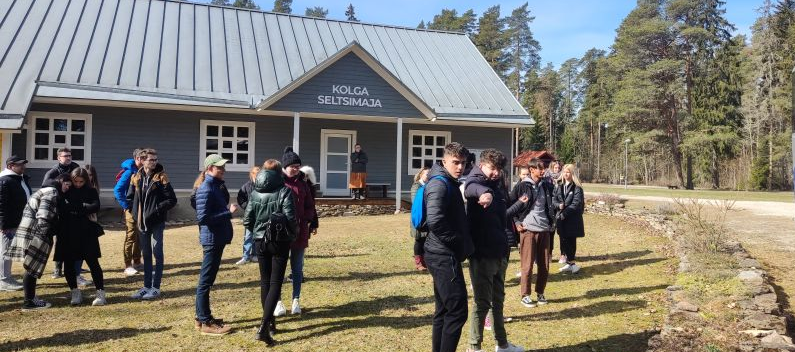
Creation of an decorative wood stick Woodworking Workshop
In this workshop students and teachers learnt to create their own decorative wood stick using a knife, a very common craft in the baltic countries to decorate the gardens.
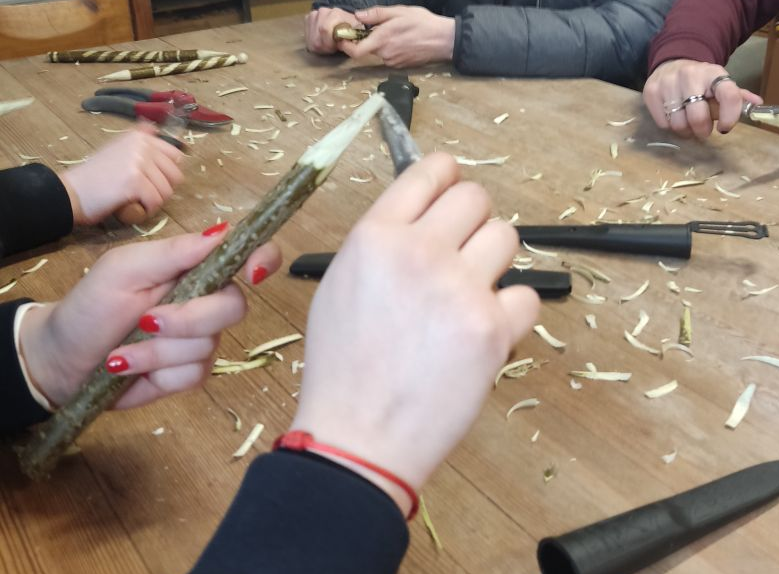


Survival in the forest Workshop
In this workshop students used their creativity to simulate a survaving situation in the forest.
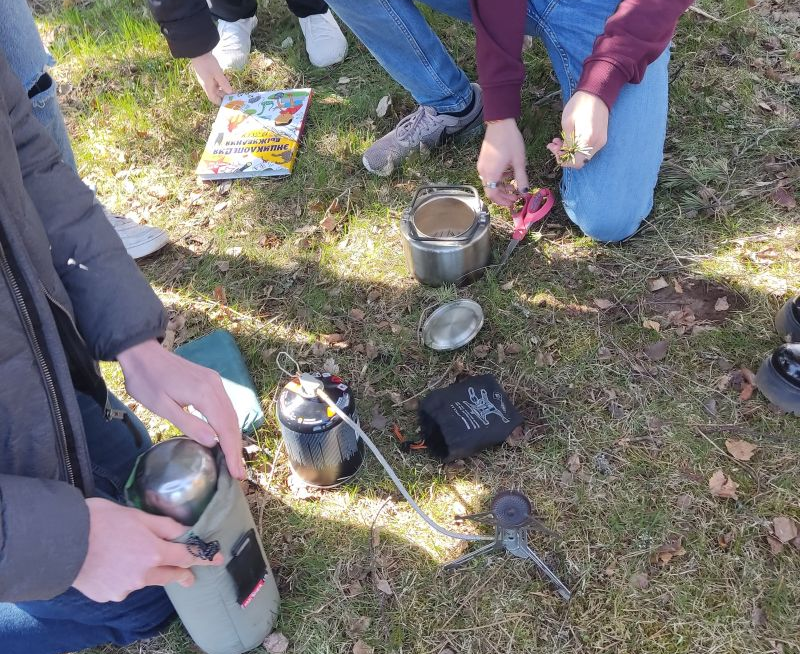
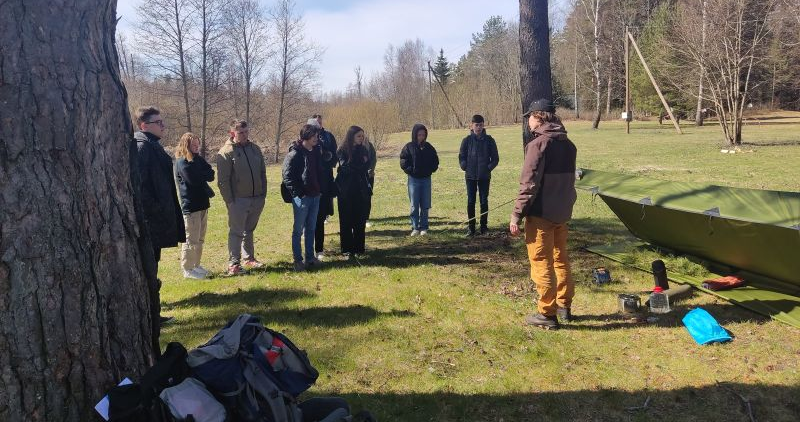
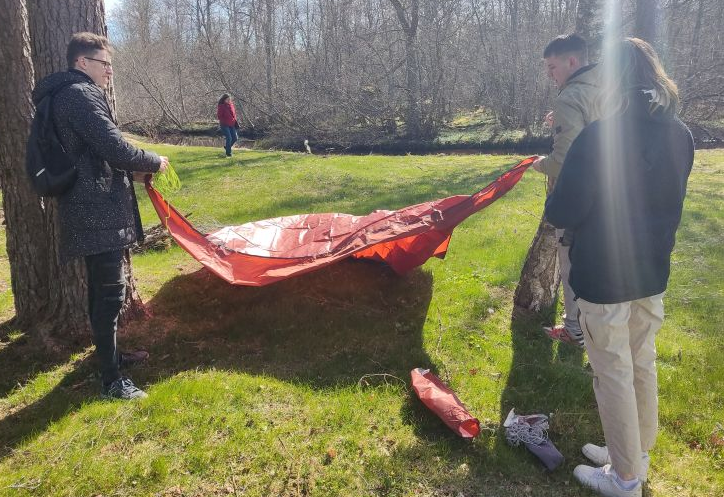
lunch at Kolga Civil Centre.
Making fire in the old ways Workshop
Students learnt how to make fire in the forest.
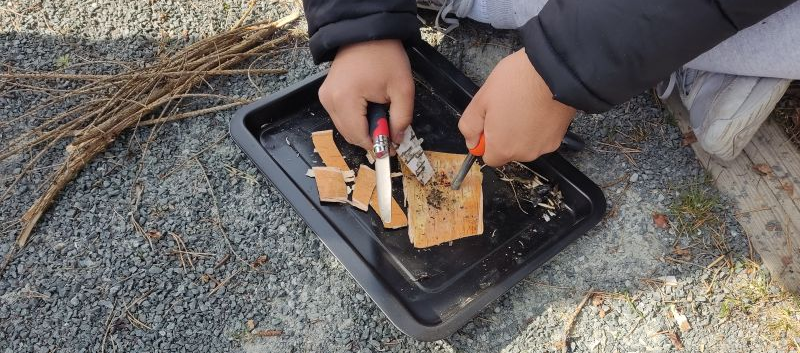
Wedding Strippes Workshop
Wedding Strippes are a typical craft of the Baltic Area, Students and teachers learnt how to create this cultural craft
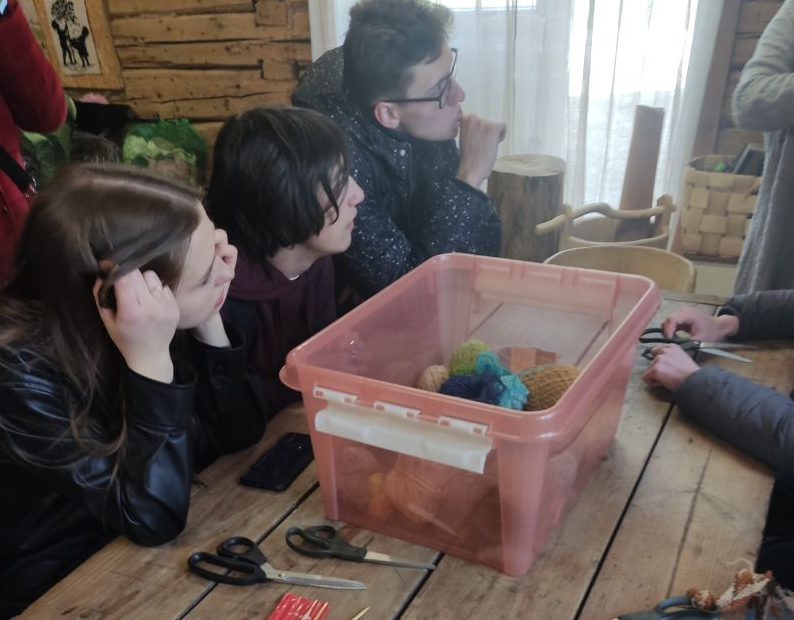
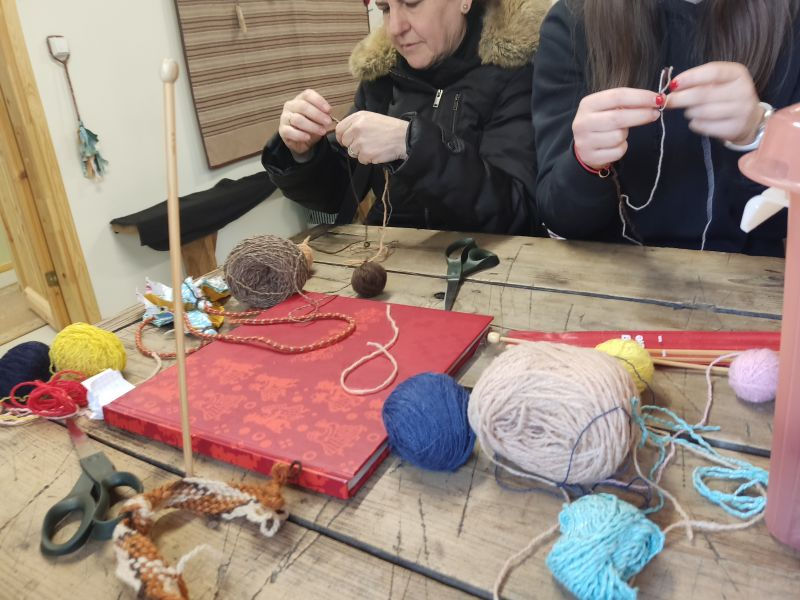
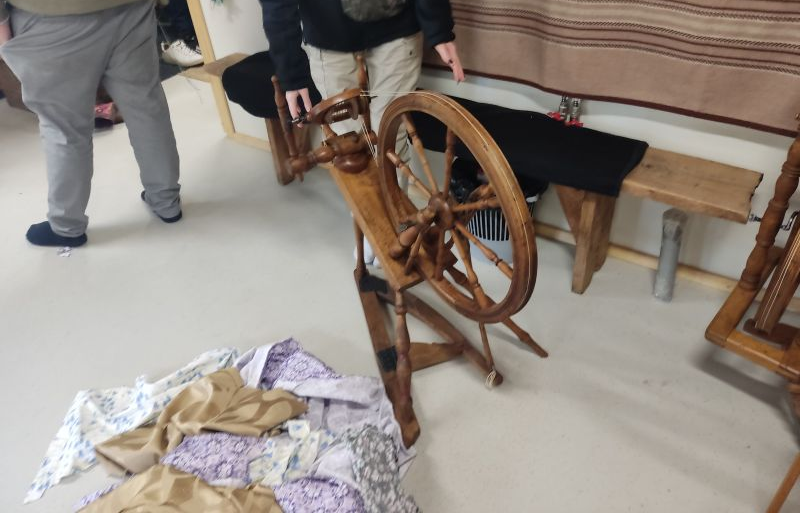
Visit to Jägala waterfall and Estonia Beach
At 16.00 students and teachers got a wonderfull view of one of the most impresive waterfalls in Estonia, the celebre Jägala waterfall with their dark waters. As It was pretty near we visit the Kivi Kaberneeme rannas Beach with was very nice for students .
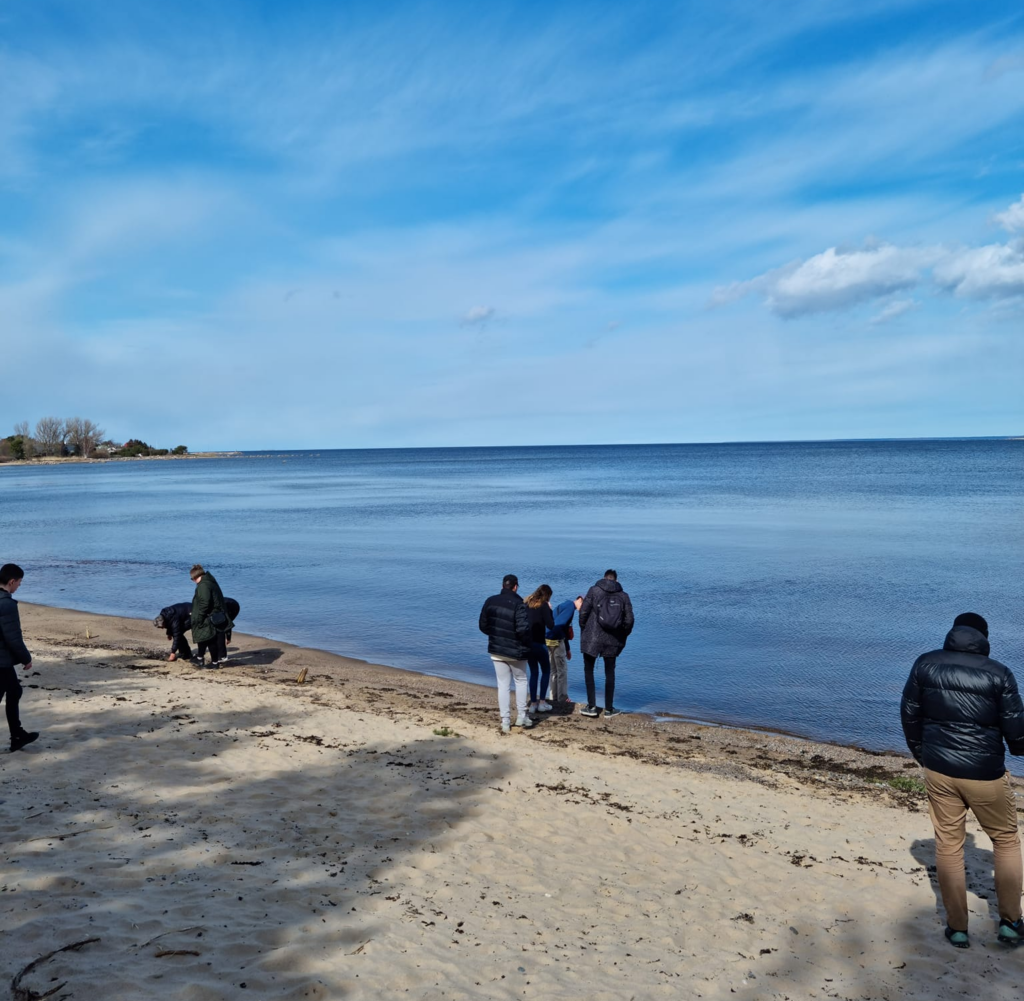
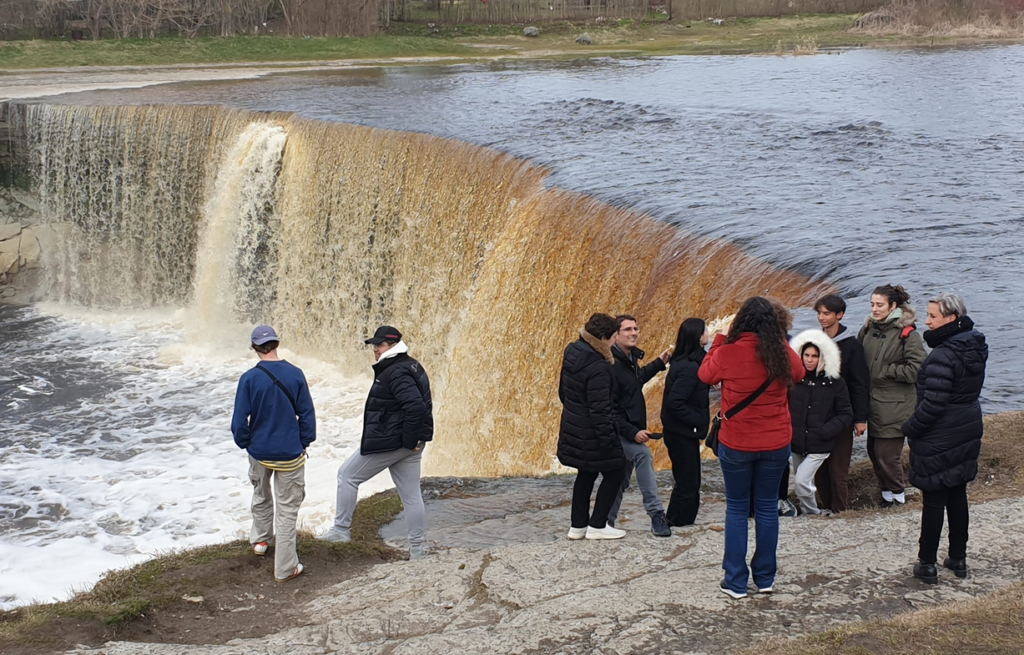

Visit to Tallinn Walls
Tallinn Medieval Walls are one of the best preserved walls in the world. We had the chance to visit them before
18.30 Medieval experience restaurant Olde Hansa (Vana turg 1)
FRIDAY, April 29 2022

8.30 Bus in front of Mere pst 5 (signed as UIPEC)
C6 Mobility & Project Closing Ceremony
9.00 Tour in saku school.
One of the most important objetives of mobilities are the learning of ideas that could be exported in other schools.
Saku school is full of this great ideas like the hello Column , The Erasmus corner, the ideas tree and many others teachers take note to implement in our centers.


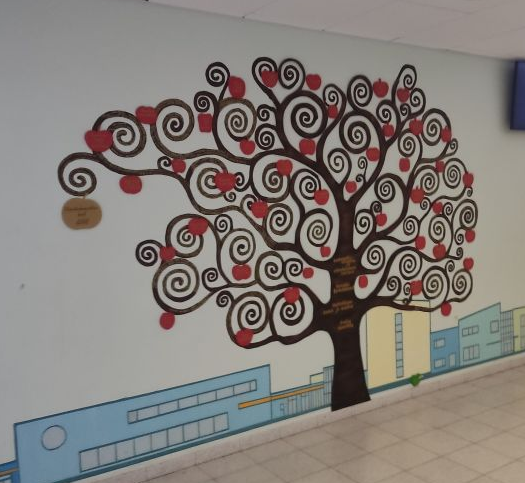
Intervention of Mr. Marti Rehemaa, Mayor of Saku.
Mr Marti Rehemaa, Mayor of the municipality of Saku expressed the support of the city hall to our project and explaned us the most important facts about the town of Saku.
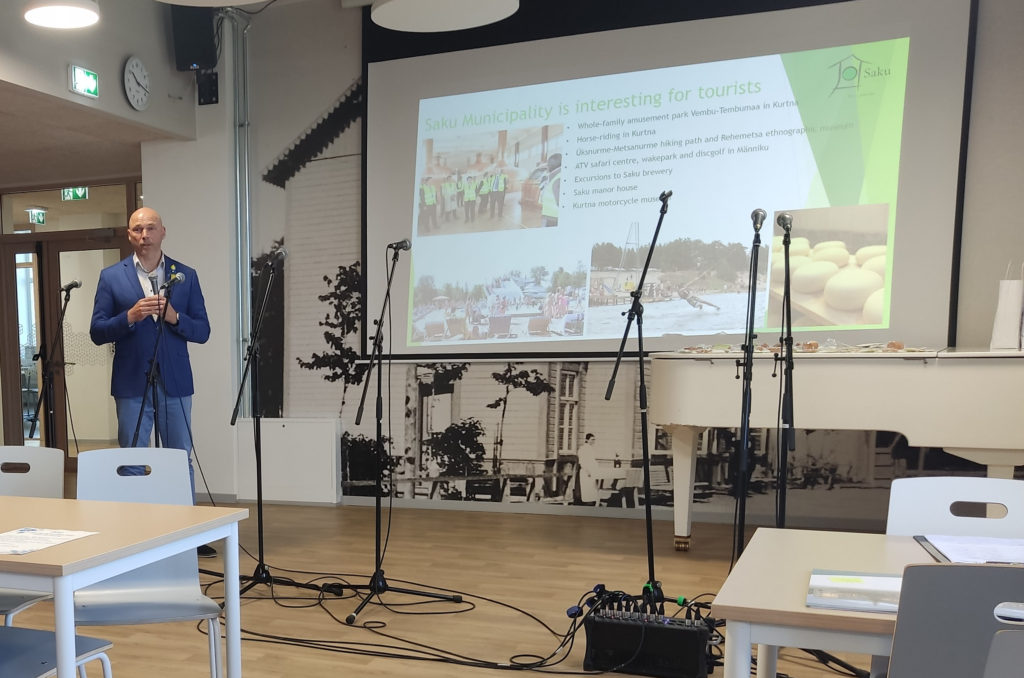
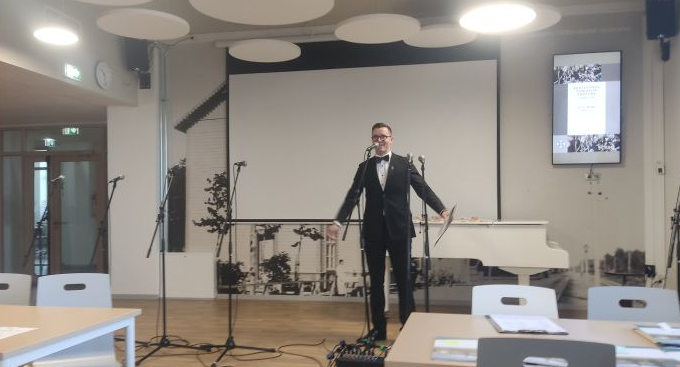
Intervention of Mr. Keit Fomotskin Saku School HeadMaster
Mr. Keit Fomotskin Saku School HeadMaster expressed how important had been this project for their school and the support of the school to all these innovative inniciatives.
A33: crafts mini-companies fair
One of the planned activities of this movility was the presentation of the Craft Companies that students had created during the project. Students prepared their Craft Companies using canvas model and presenting them.
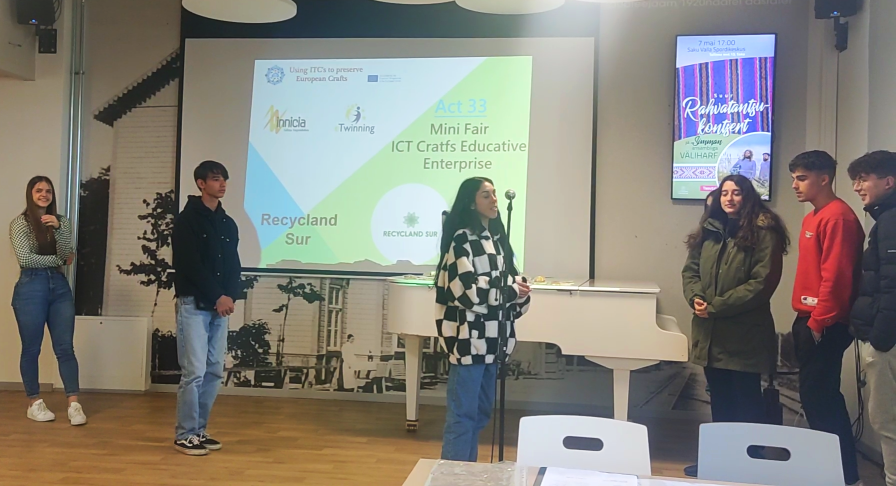
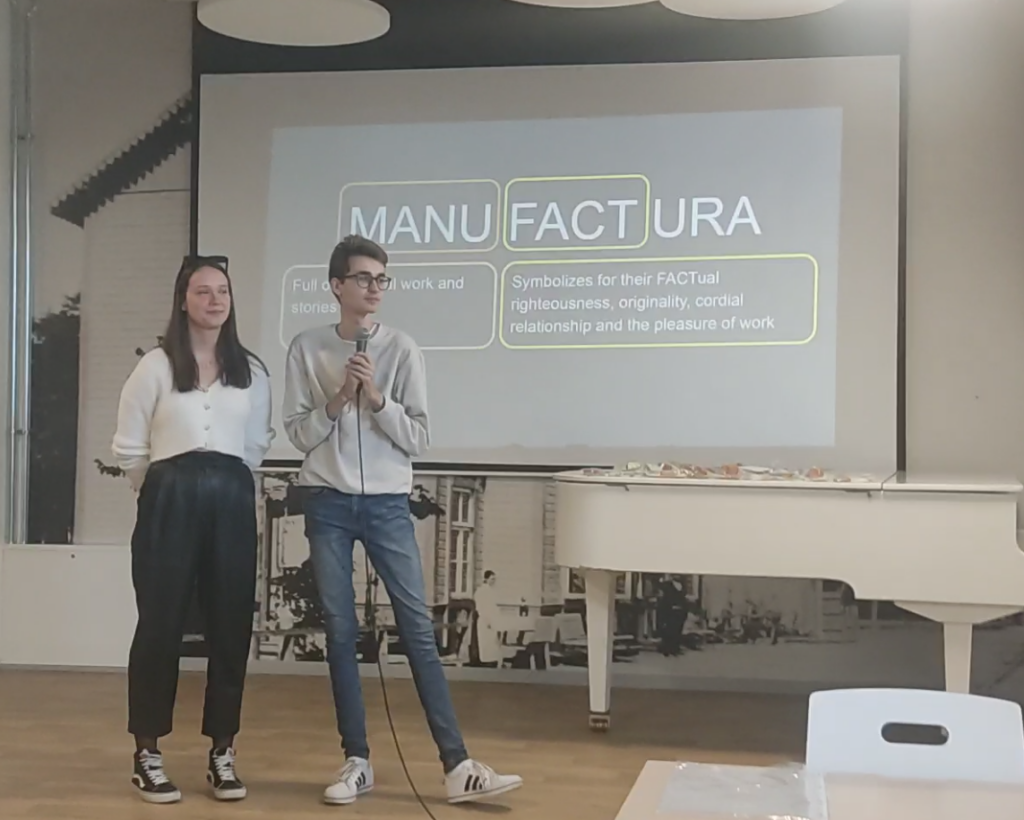

A34: Official presentation of final products
In this mobility, we make the presentation of the final products of the projects
- Virtual museum (http://museum.eucrafts.eu/)
- Entrepreneurship Didactic Units
- Spanish Version (http://eucrafts.eu/didactic-units/ )
- Spanish Version (http://eucrafts.eu/unidades-didacticas/)
- Podcats Online Radio Channel (https://soundcloud.com/eucrafts-erasmus)
- Crafts App for Android (http://eucrafts.eu/a43-app-with-trades-at-risk-getting-lost/ )
- Crafts Board game
- Youtube Video Channel
11.30 Board game Tournament
One of the final products of the project developed in the project was the creation of a board game about crafts that was developed in the Czech Republic mobility and that was translated to the 6 participating languages (This game can be downloaded here http://eucrafts.eu/a41-board-game/)
Czech Team Prepared a Game for each country and we make a tournament with the students.
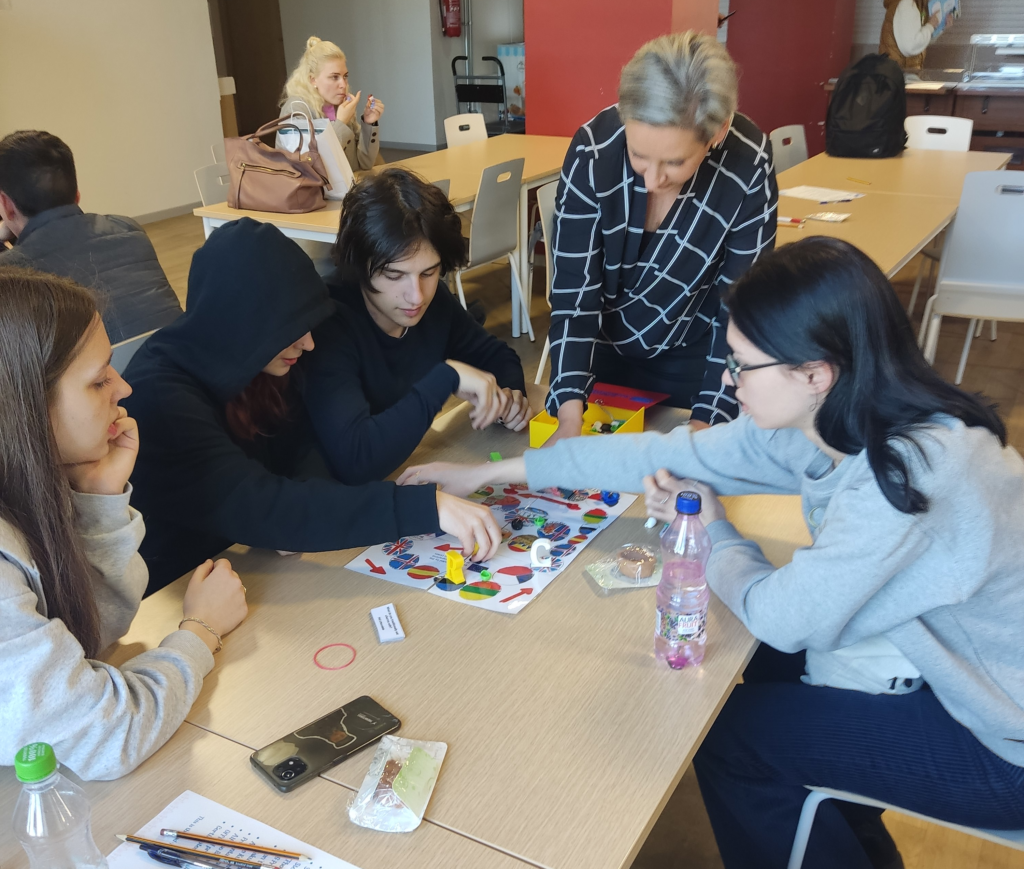
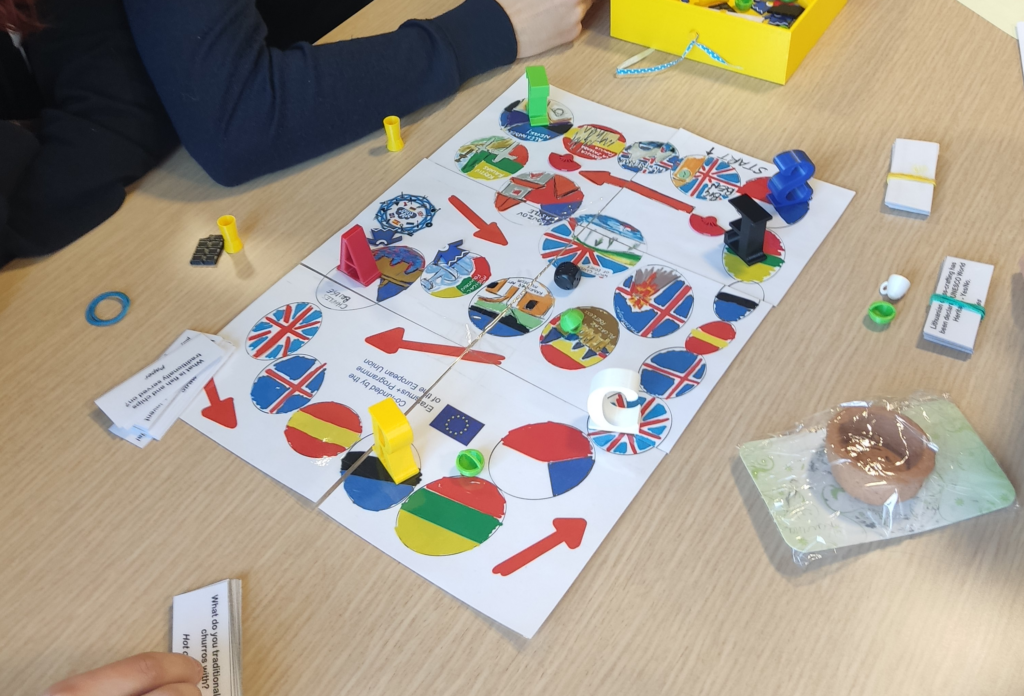
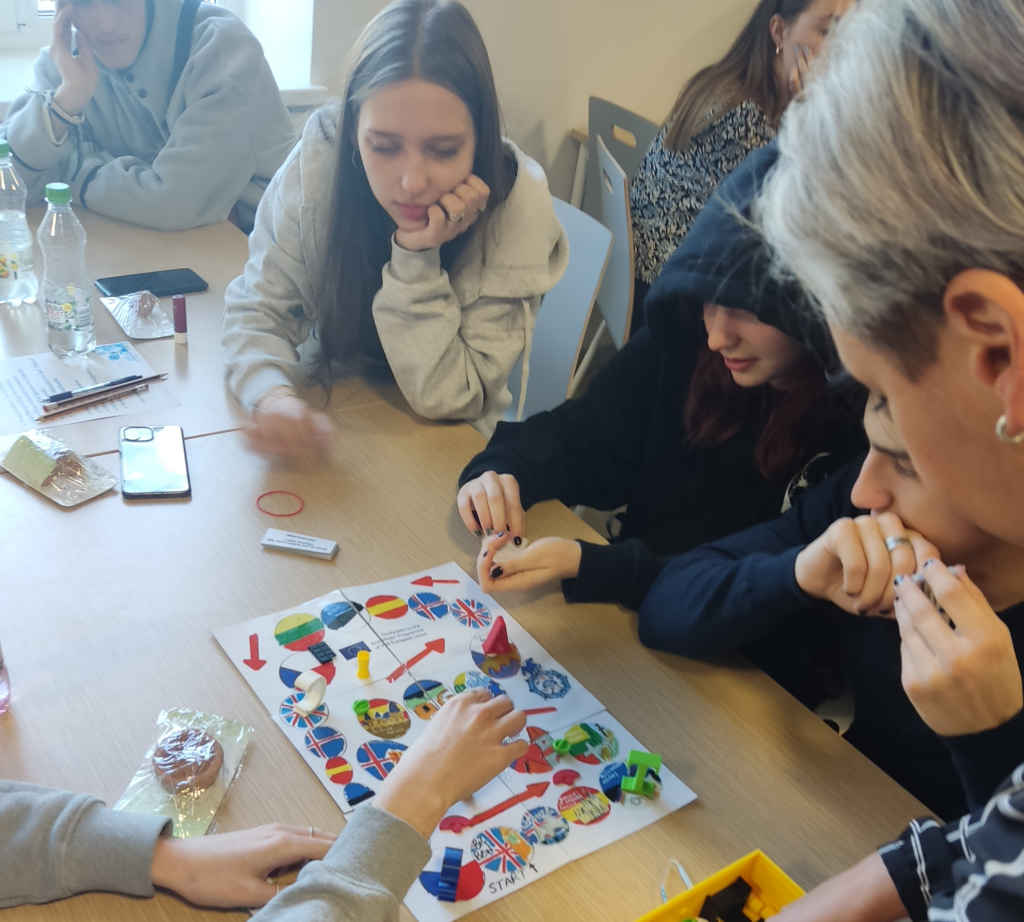
Evaluation
One of the last tasks made for the participants was to fill the Evaluation form.
https://docs.google.com/forms/d/e/1FAIpQLSdymrTx4cVtmDHvgDiF6eE-5v7RuQlQJDW9tPbGicGOEA_Y6Q/viewform
12.30 Closing Certificate Ceremony
13:15 Bus back from Saku to Tallinn
16:00 Tallinn Historical Visits
This afternoon is recomended for the Teams who have the flight in satuday to visit places which coudn`t be visit in during the week such as :
–> Kiek inde Kok Museum (https://www.visitestonia.com/en/kiek-in-de-kok-fortification-museum/)
–> Master crafters Katarina Street (https://www.katariinagild.eu)
–> Eesti Nukukunsti Maja (http://www.estoniadolls.com/ee/)
–> Palace Kadrioru loss ja park
Dissemination
This congress was diseminated in several ways.
At the Educative level of the School with its inclusion in the school website and in the Social networks of the school
Several Local Media take information of our mobility
We created an Etwinning event : so that many colleages could follow the activities
From this lines we want to thank organizators them for their attentions.
Mobility C5 Czech Republic European Congress: “Virtual Reality Applied to European Cultural Heritage”
This Mobility C5 Czech Republic Mobility has been configurated as the 3nd European Congress: “Virtual Reality Applied to European Cultural Heritage” of the Project : Using ICTs to preserve European Craftsmanship. with code 2019-1-ES01-KA219-065673
This movility will be held in the Mendelova Stradni Skola. This movility was originally planned for 04-2020 but due to COVID Restrictions it has been delayed to November of 2021.
In this congress Teachers from the differents schools of the erasmus project participated in the following activities : Cultural activities, formation sessions, exhibitions and Working Sessions.
Objectives.
The act. of this Block contribute to the achievement of Obj 1,2,3 and 5 .(Improve 3D , VR techonlogycal formation) . The project will benefit from the Mendelova Stradni Skola School infraestructures for
- 3D Printing
- Virtual reality
- Crafts Industrial Enviroment
- Entrepreneurship
PDF Plannning.
Contents
In this mobility, we will develop the planned 3D contents , but also we will benefy of the crafts especialization VET studies of FNV school.
- Traditional Crafts Applied to nowadays
- Cristalworks
- Crafted Cuisine
- Crafted Beverages
- Handmade Bottles
- Crafted basketware
- Handmade Crafted Hats
- 3D Innovative Crafts
- 3d Printing applied to Game Design
- Kuula VR aplications
- Google Explorations Arts&Culture
- Advanced Photoshop/GIMP for Crafting
- Checking and correcting 3D models
- Study TinkerCad Program
- App Inventor applied to Virtual Museum
5) Planning Methodology.
We will develop learn by doing methodology as the purpose of this international meeting is to transfer knowledge of best practices and workshops that can be applied in others schools.
The VR and 3d Printing applied to Crafts will be the central theme of the meeting developed in serveral innovative and traditional workshops
Finally Many of those activities will be used in the development of the 3d Board Game applied to Crafts , which in one of the final products developed in the Eramus Project.
6) Planned Activities

- Activity A13: Crafting as cultural Industry. Traditional Crafted Glassworks Workshop in the Valašské Meziříčí town
- Activity A13: Crafting as cultural Industry. Workshop Visit Hat museum & Handmade hats
- Activity A14 :Design as a transmission of culture. Handmade crafted baskets Workshop
- Activity A17: Traditional Crafted Cuisine: Crafted Handmade Desserts and cakes
- Activity A17: Traditional Crafted Cuisine: Handmade of traditional Štramberk ears Workshop.
- Activity A19-20: Tinkercad Workshop for Crafts.
- Activity A21-23: 3D Printing with Tinkercad software for Crafts.
- Activity A29: Workshop Advanced Photoshop/GIMP for Crafting
- Activity A26: Workshop VR 360 pics using Kuula and Google Arts and Culture
- Product Activity A41: Creating a VirtualBoard game for the diffusion of european Crafts
- Product Activity A41: Designing the components for the game
- Activity A28: App Inventor Neotelling Workshop for the creation of virtual museum.
Monday 08/11/2021
8:30 Welcoming at the school Tour around the school
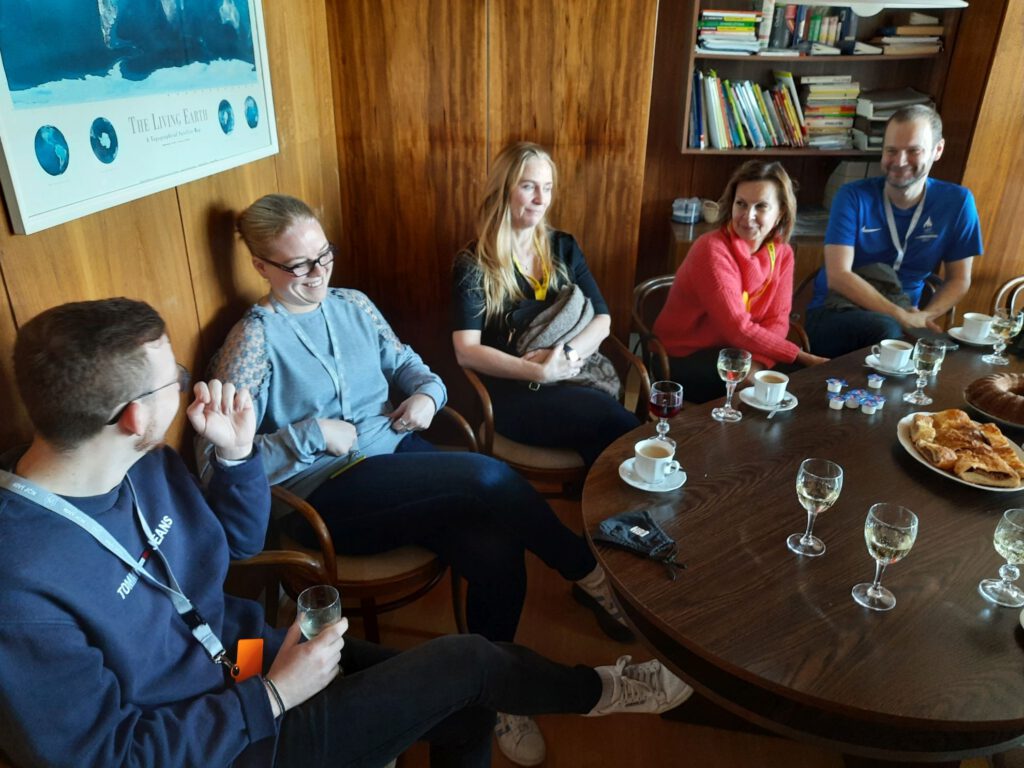

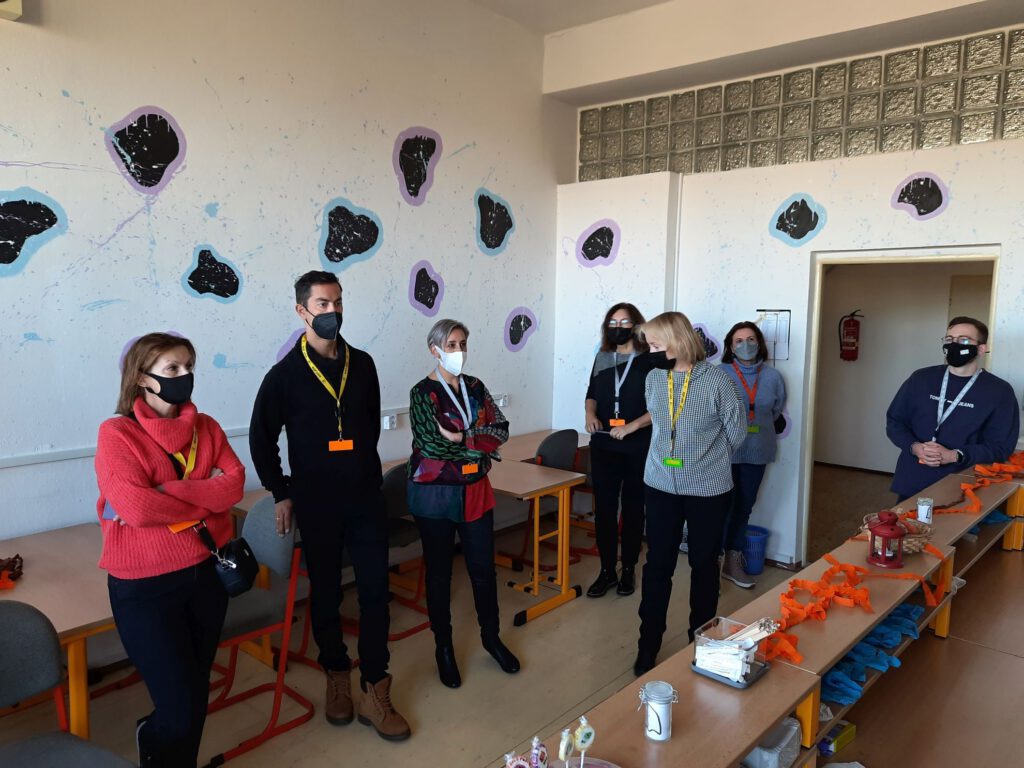
9:45 Coffee break
10:00 Activity A14 :Design as a transmission of culture. Handmade crafted baskets Workshop
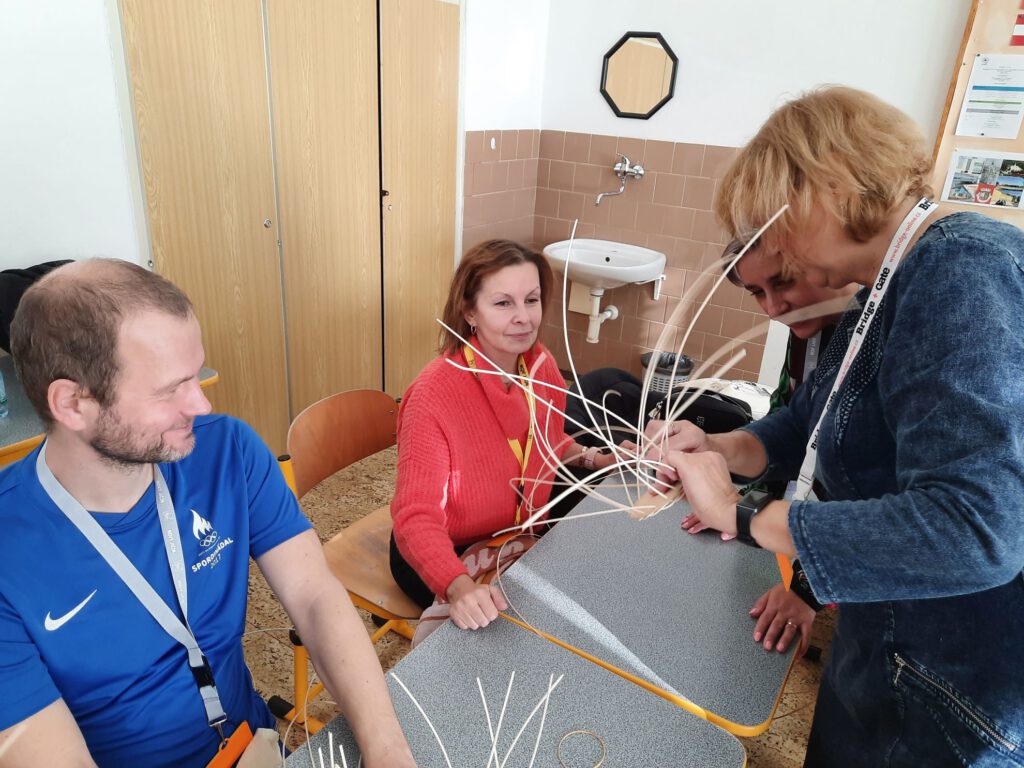
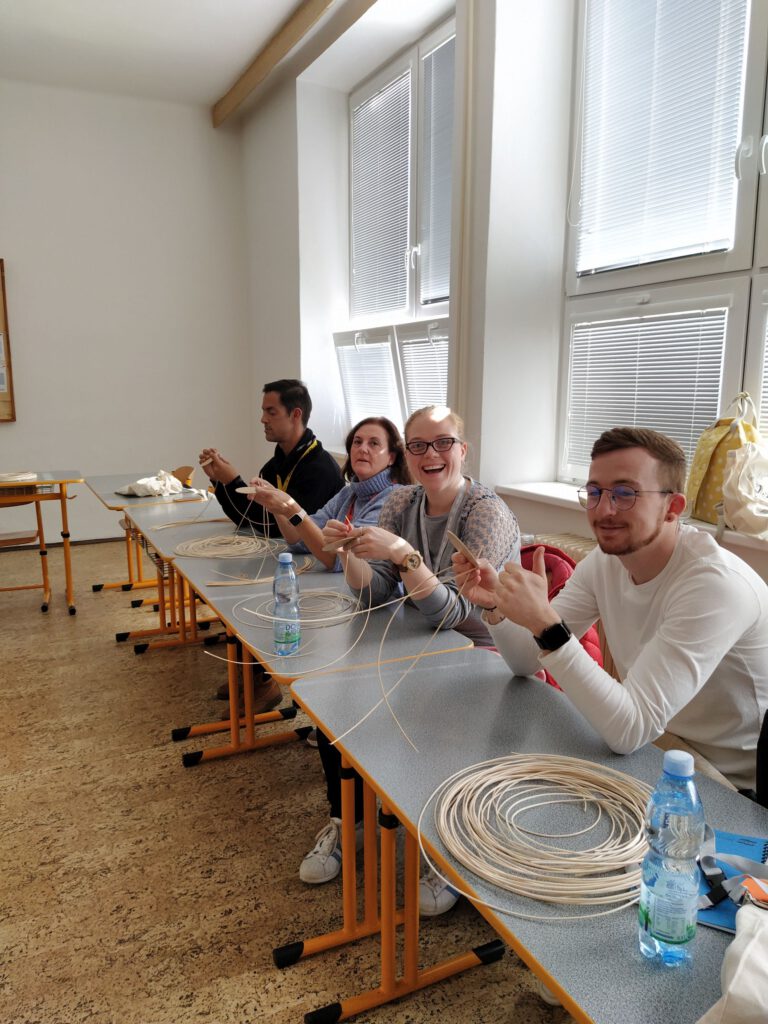
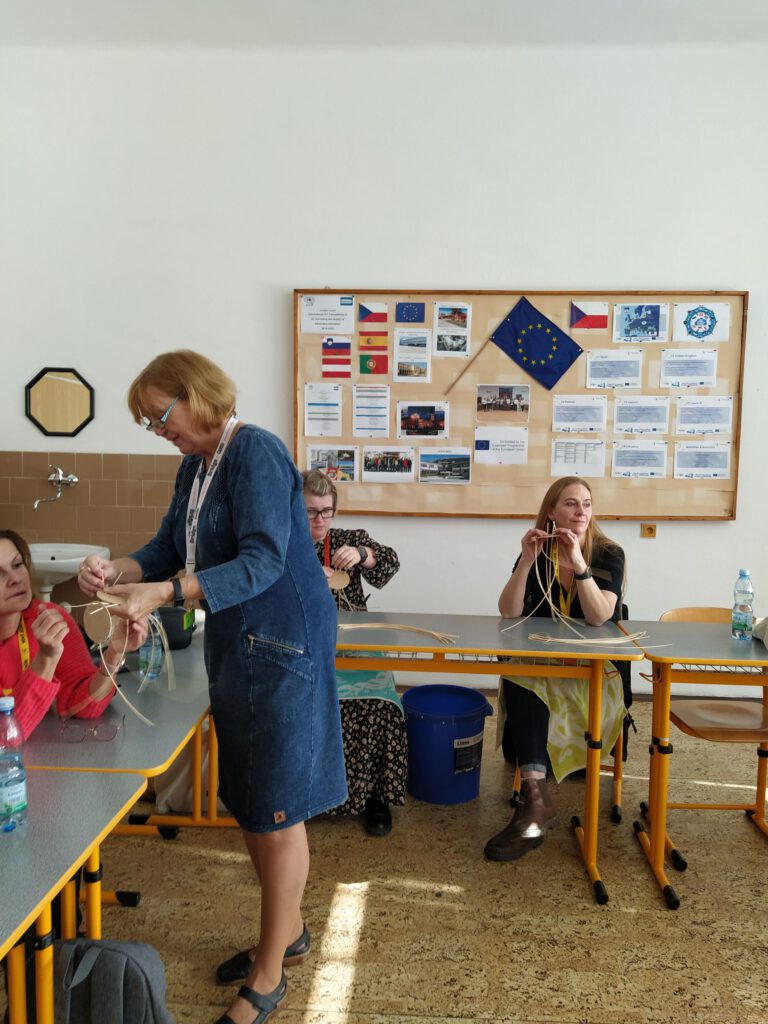
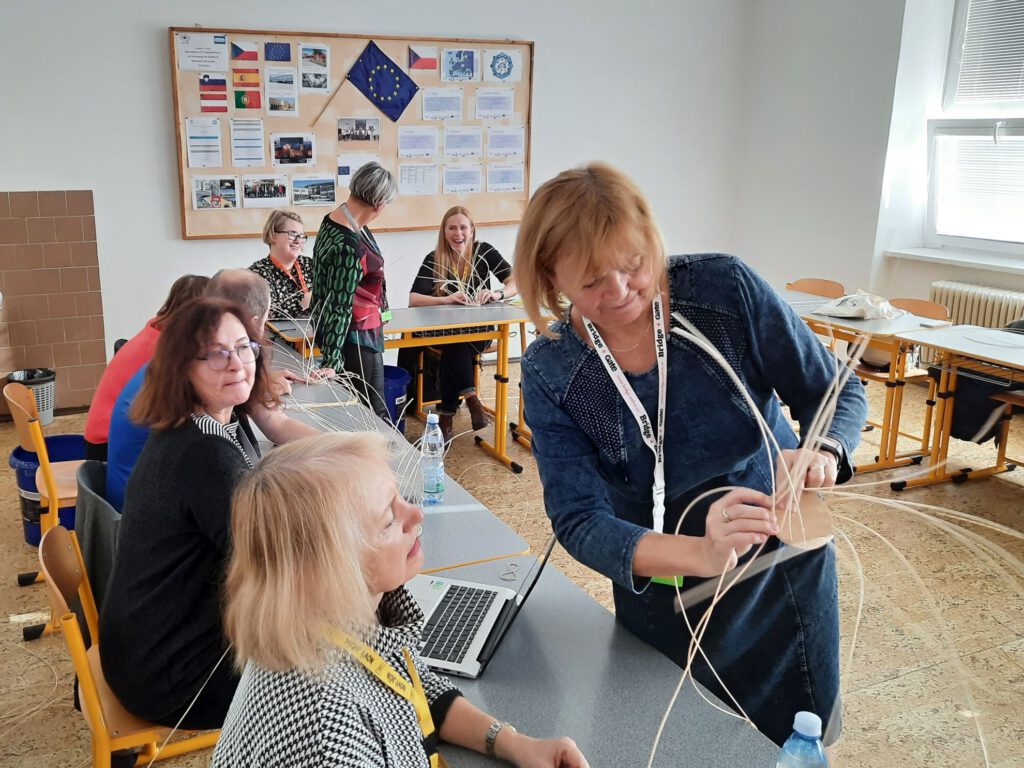

12:00 Lunch, coffee
13:00 Tour around Nový Jičín town
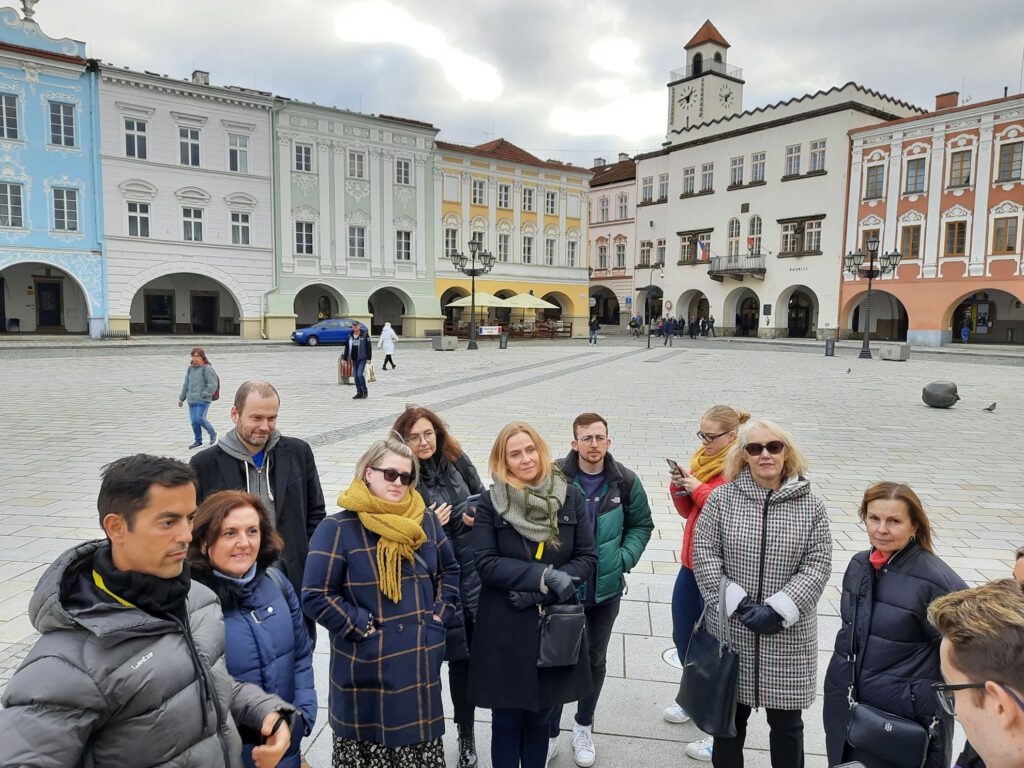
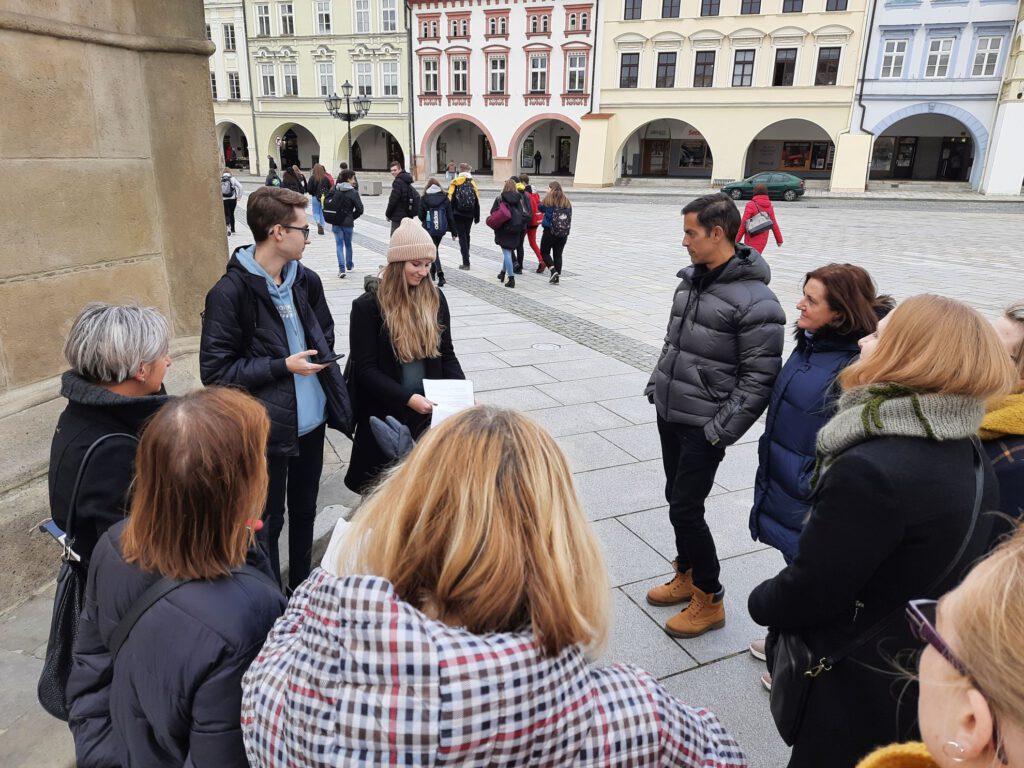
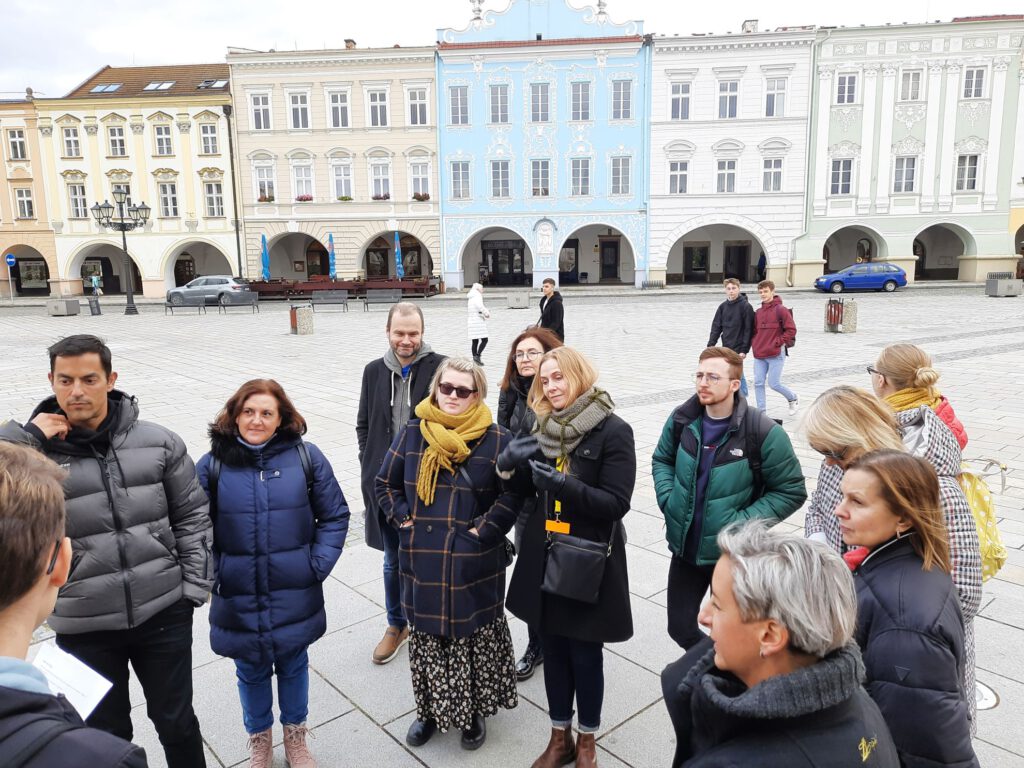
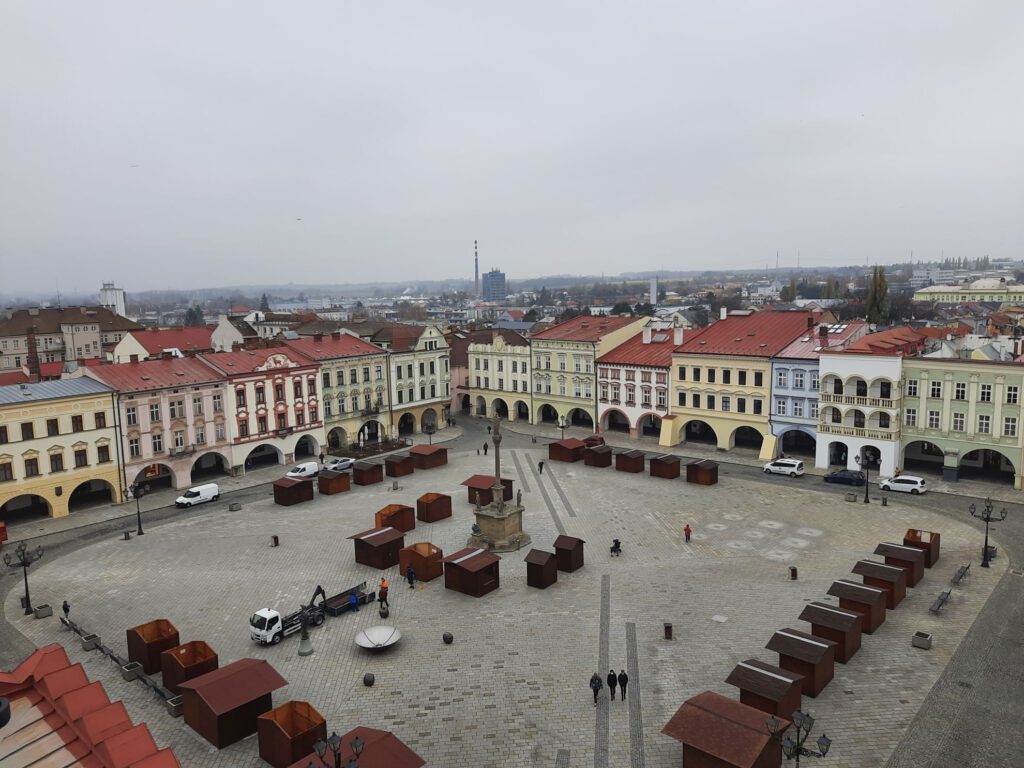
14:30 Activity A13: Crafting as cultural Industry. Hat museum Visit
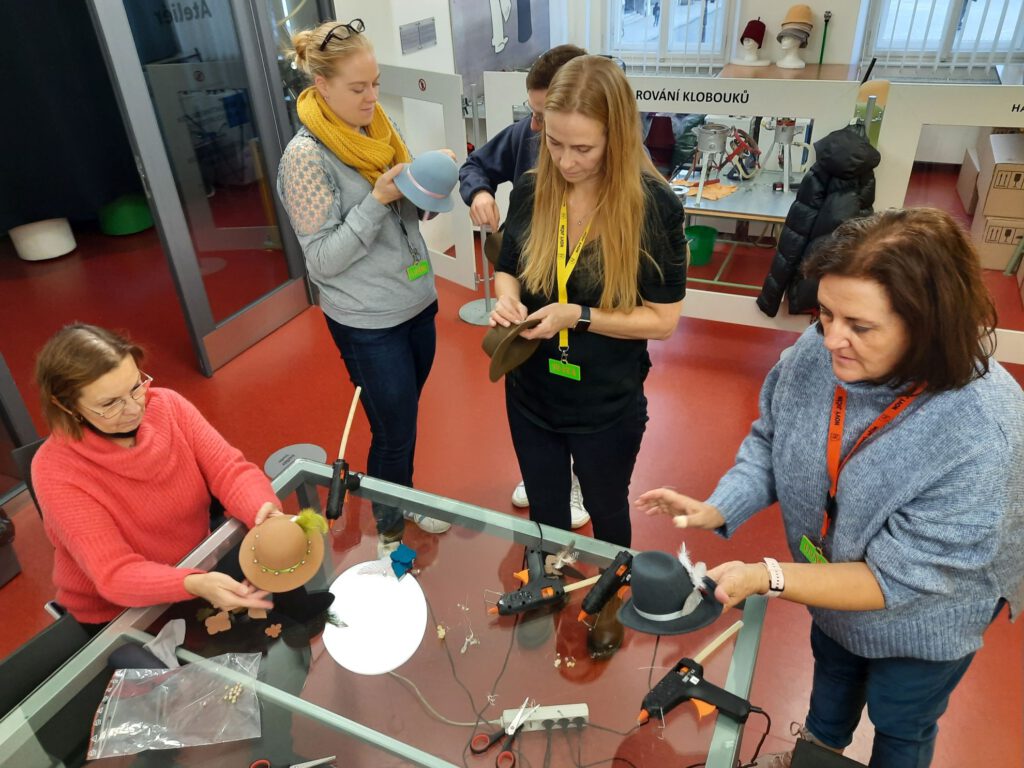
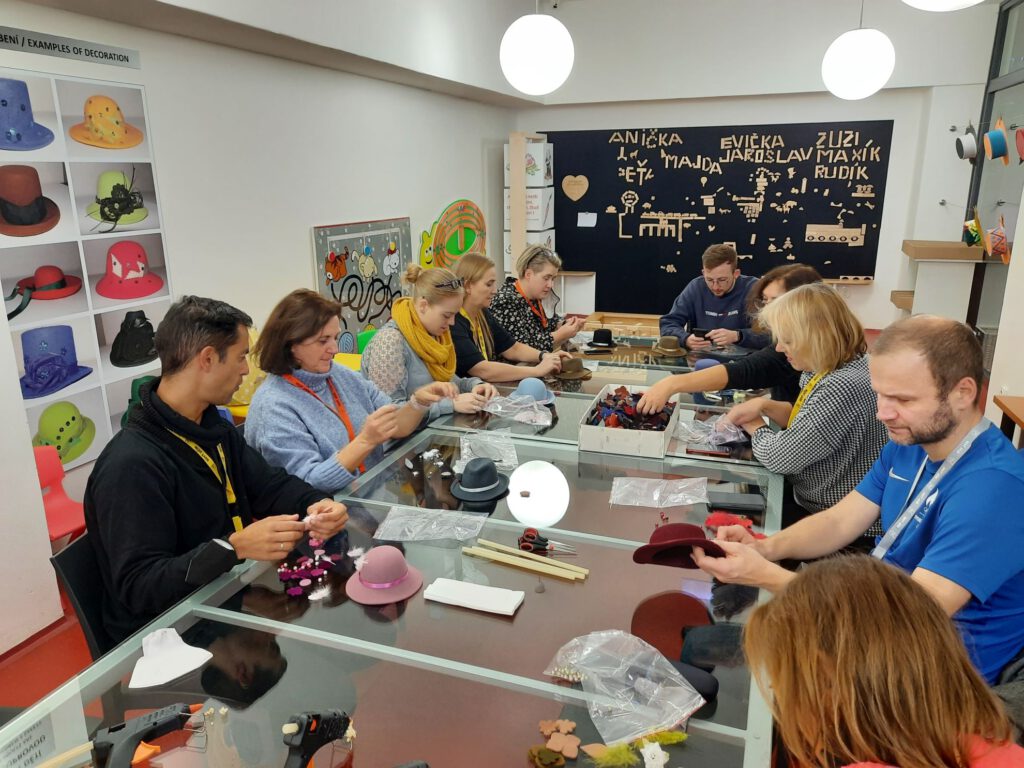
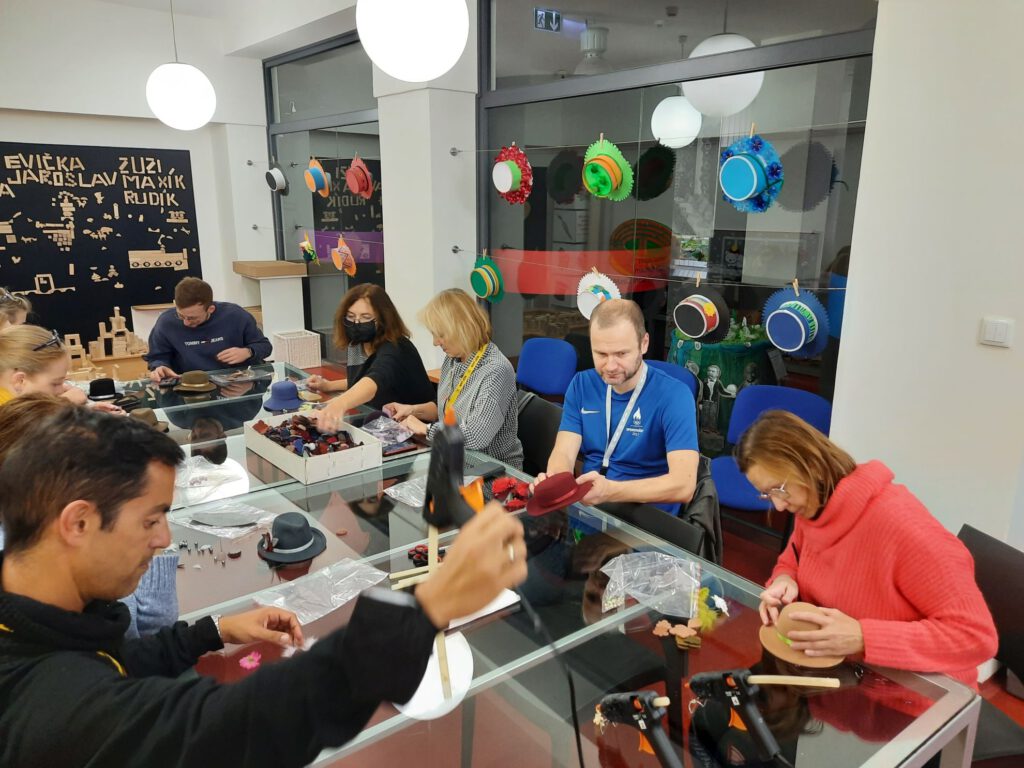
Activity A13: Crafting as cultural Industry. Handmade hats Workshop
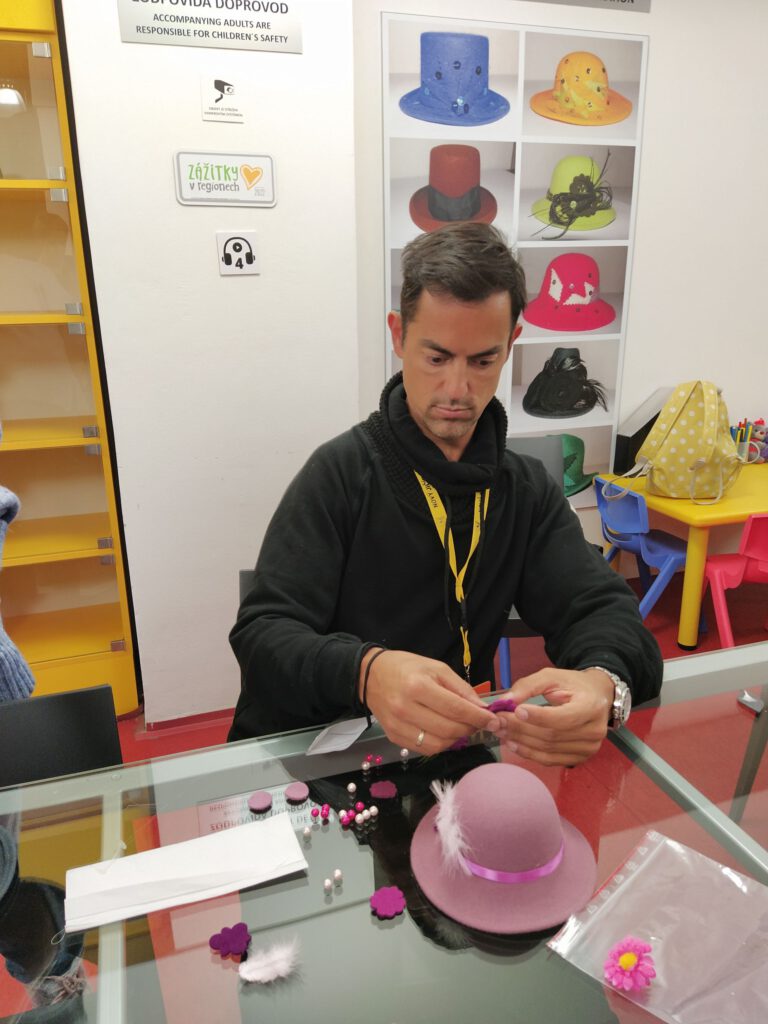
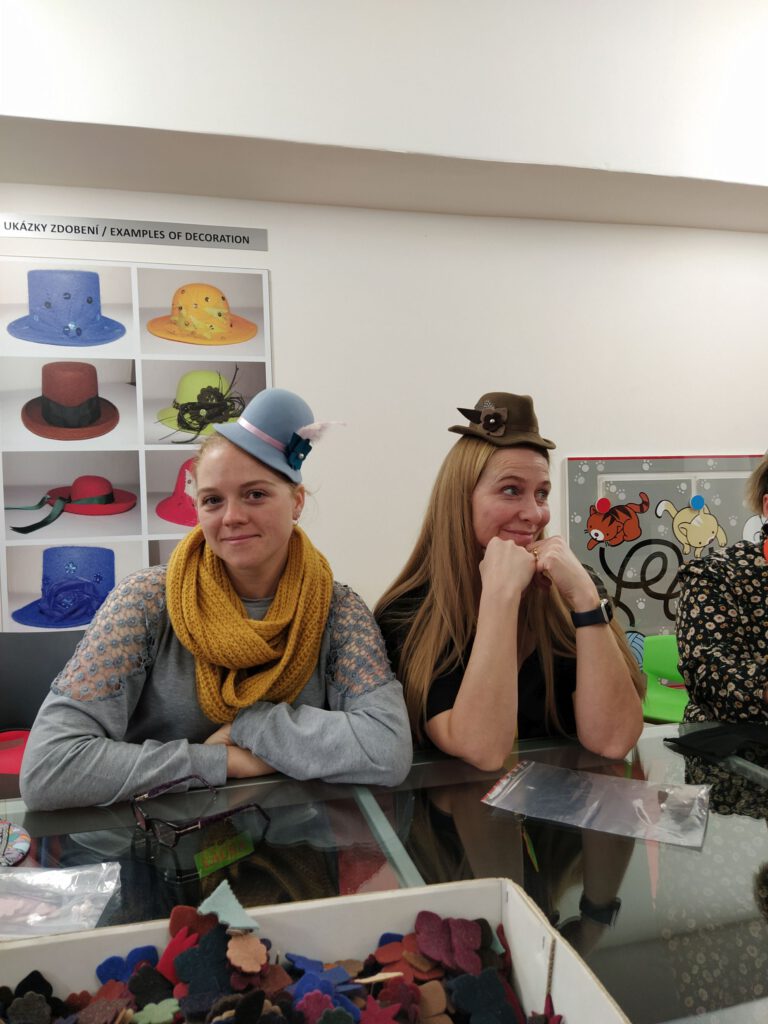
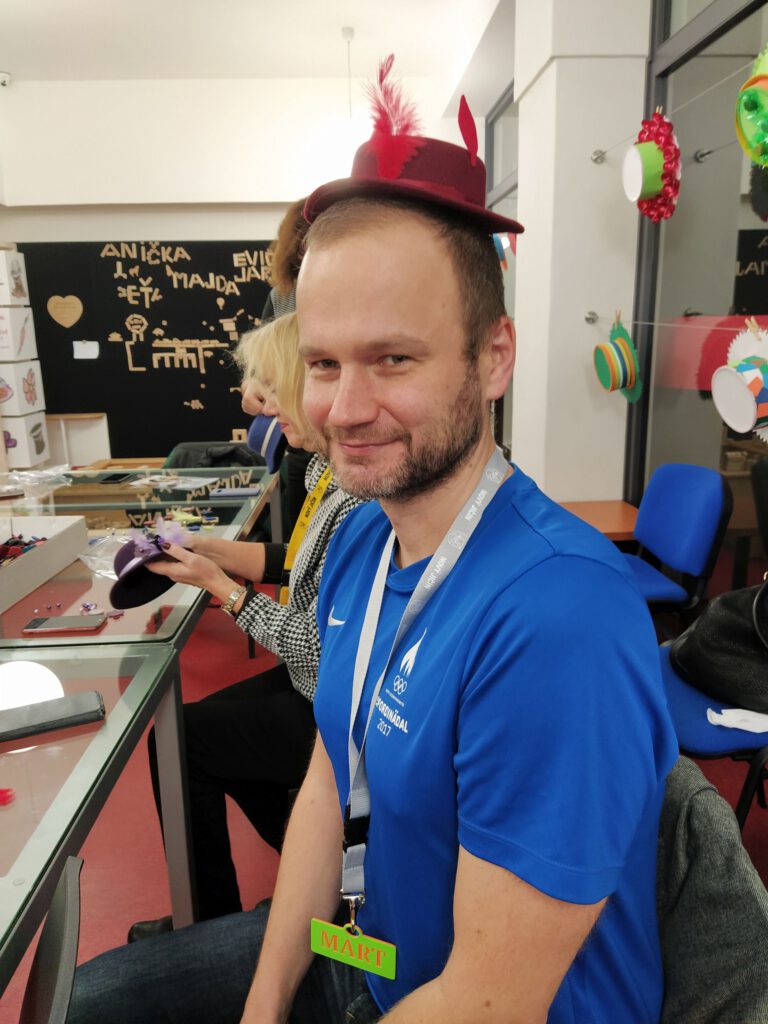
Tuesday 09/11/2021
8:30 Activity A29: Workshop Advanced Photoshop/GIMP for Crafting
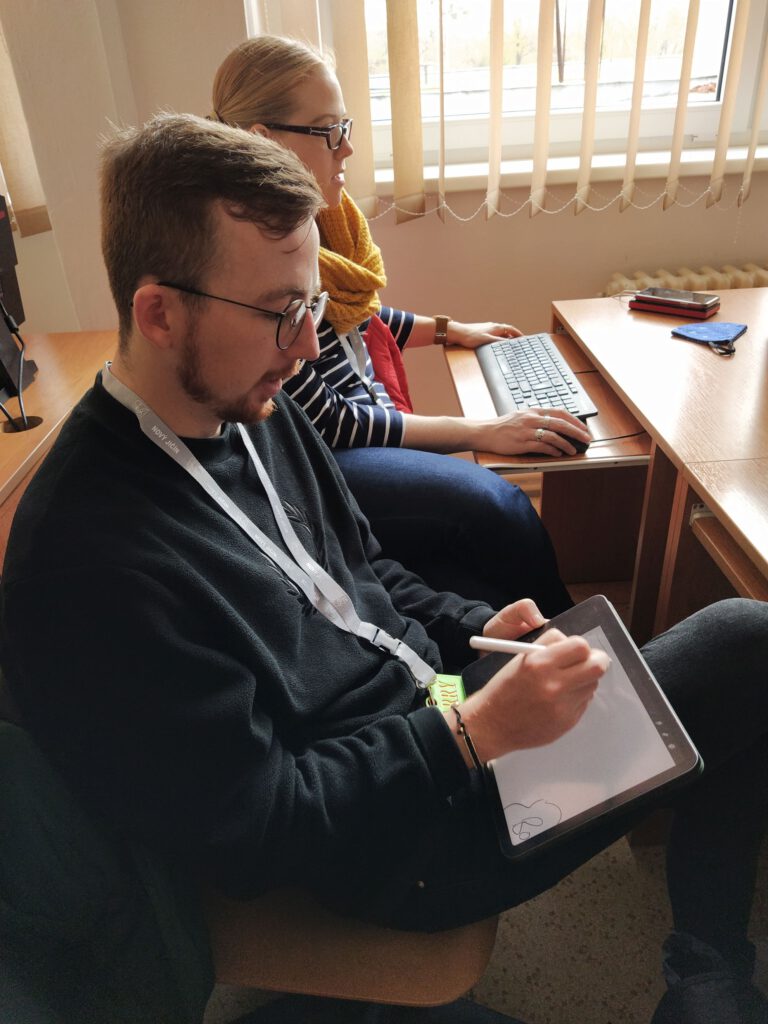


Product Activity A41: Creating a VirtualBoard game for the diffusion of european Crafts

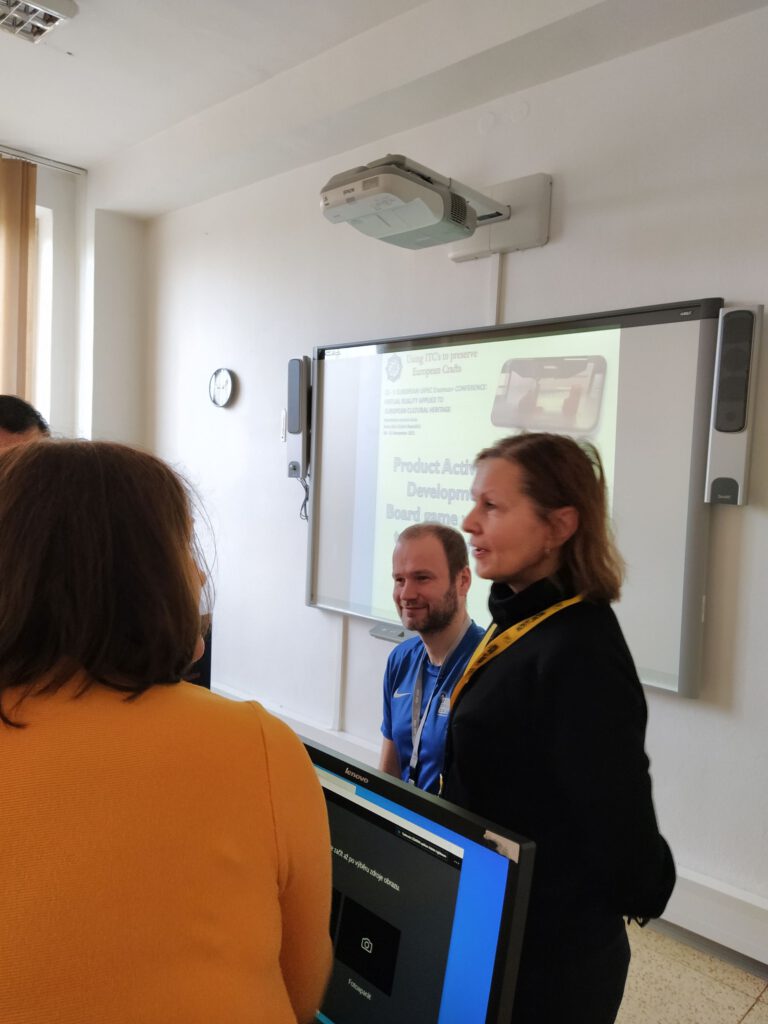
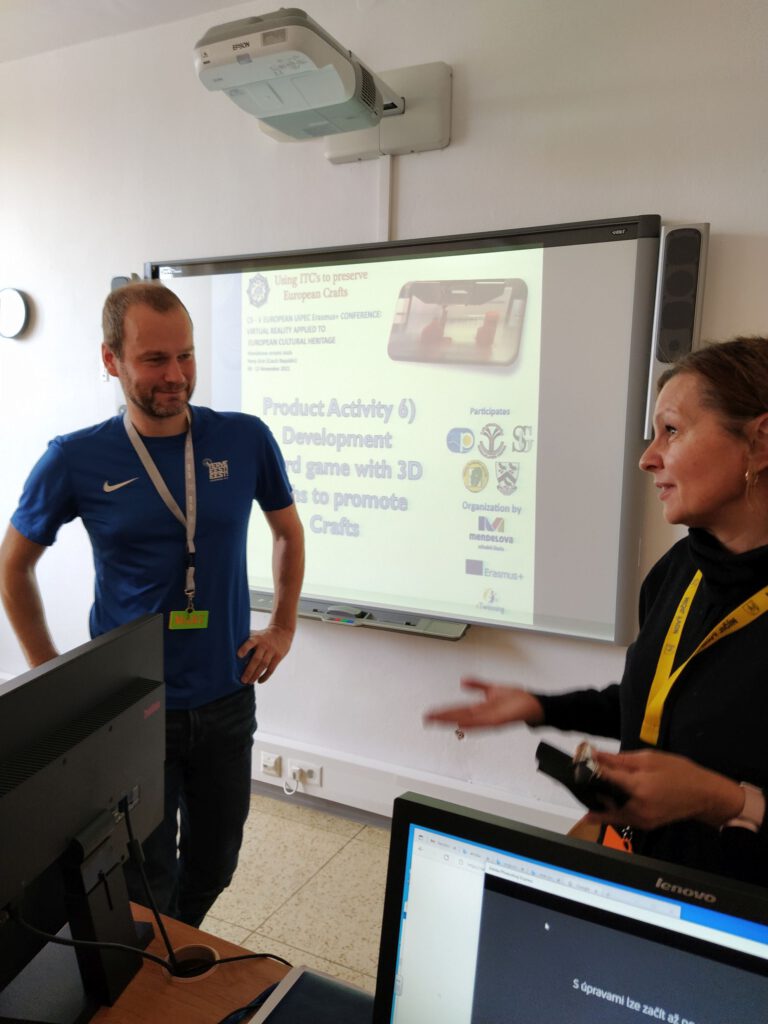
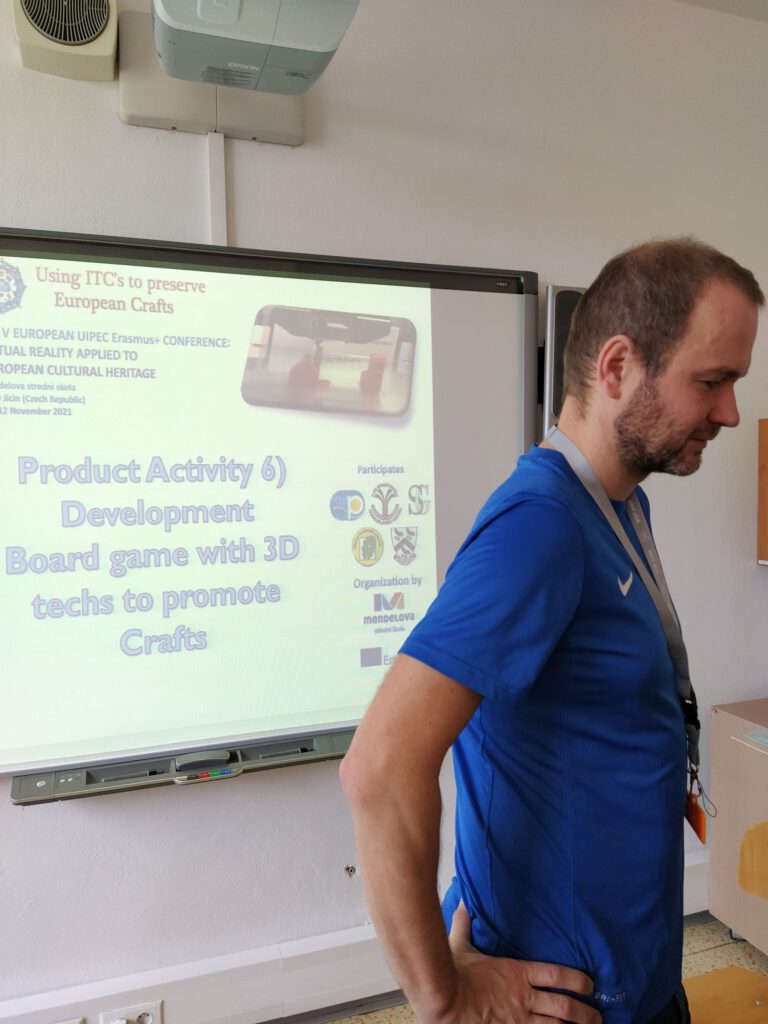
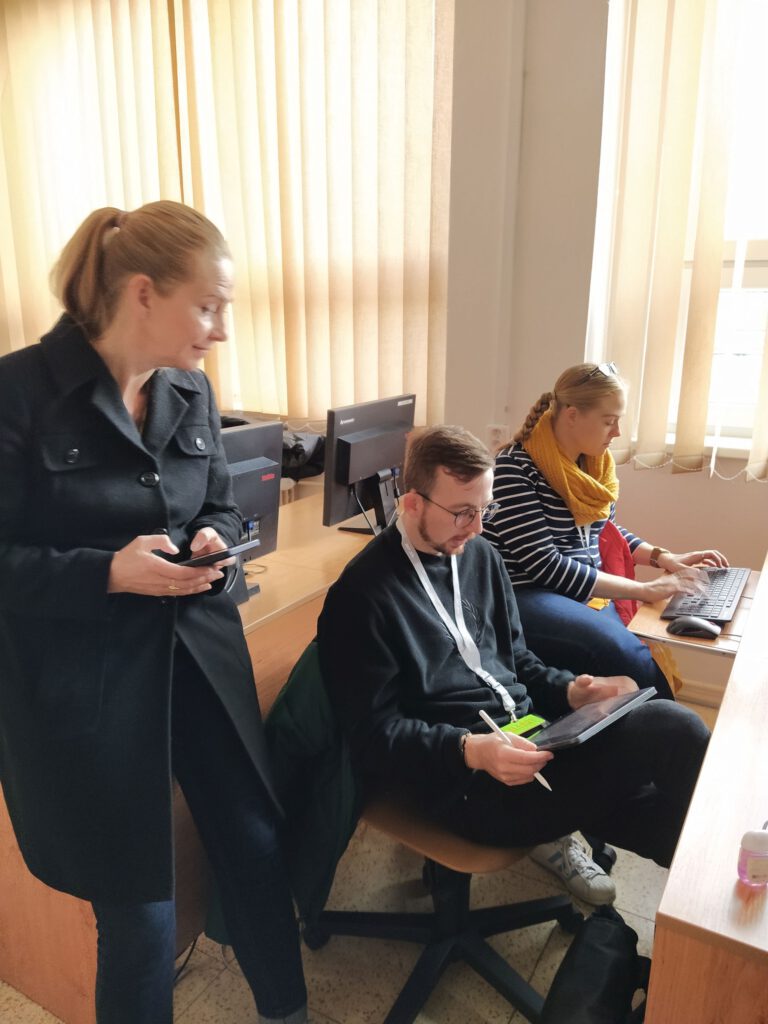
9:45 Coffee break
10:00 Workshops
Activity A26: Workshop VR 360 pics using Kuula and Google Arts and Culture
This activity was retransmited by an expert (Prof A.Ballesteros from Spais )using the E-twimning Platform from spain and it was opened to the whole etwinning community. Besides the teachers and students assinting the mobility, assisted 16 teachers from all europe to this workshops.
You can download the document here : http://eucrafts.eu/wp-content/uploads/2022/02/kuula.co_.pdf
https://live.etwinning.net/events/event/253178
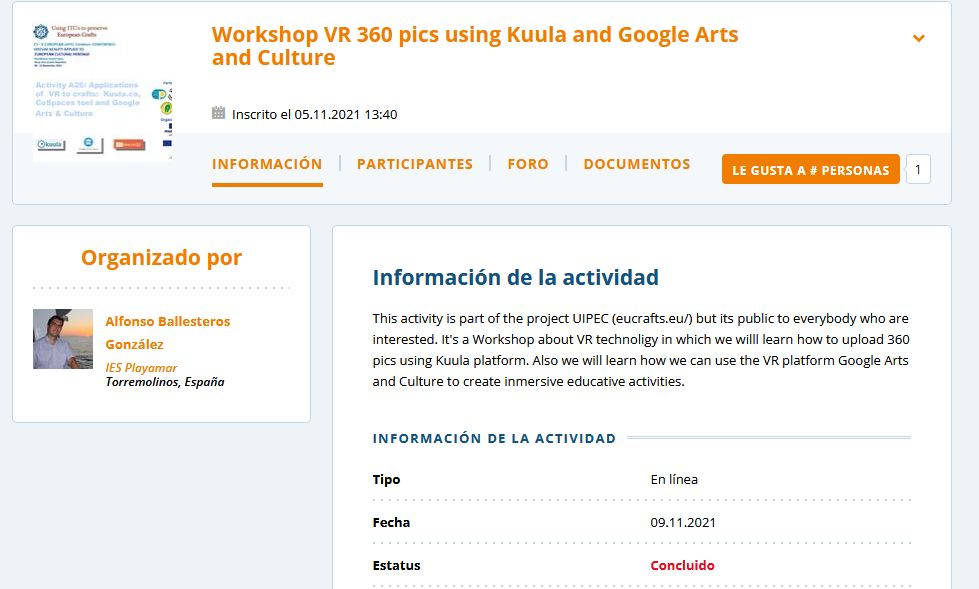
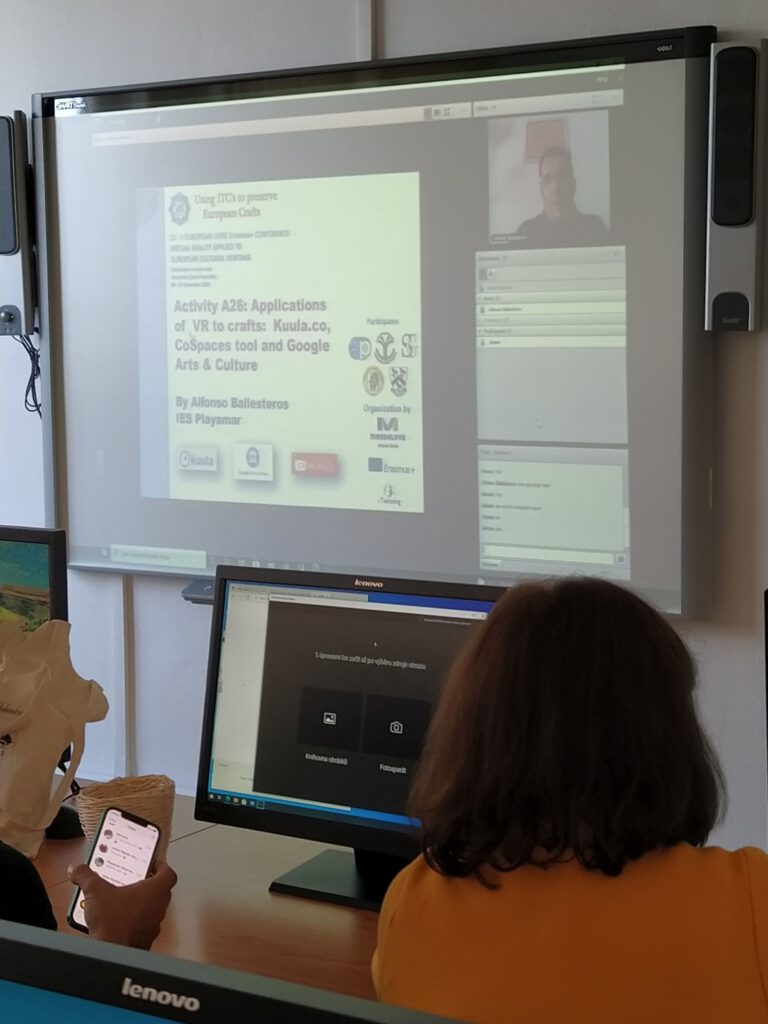

12:00 Lunch, coffee
13:00 Activity A19-20: Tinkercad Workshop for Crafts.
You can download the documents here : http://eucrafts.eu/wp-content/uploads/2022/01/Tinkercad-AGJ.pdf
13:30 Activity A21-23: 3D Printing with Tinkercad software for Crafts.

14:00 Product Activity A41: Designing the components for the game
15:00 Activity A17: Traditional Crafted Cuisine: Crafted Handmade Desserts and cakes at Dortici Workshop
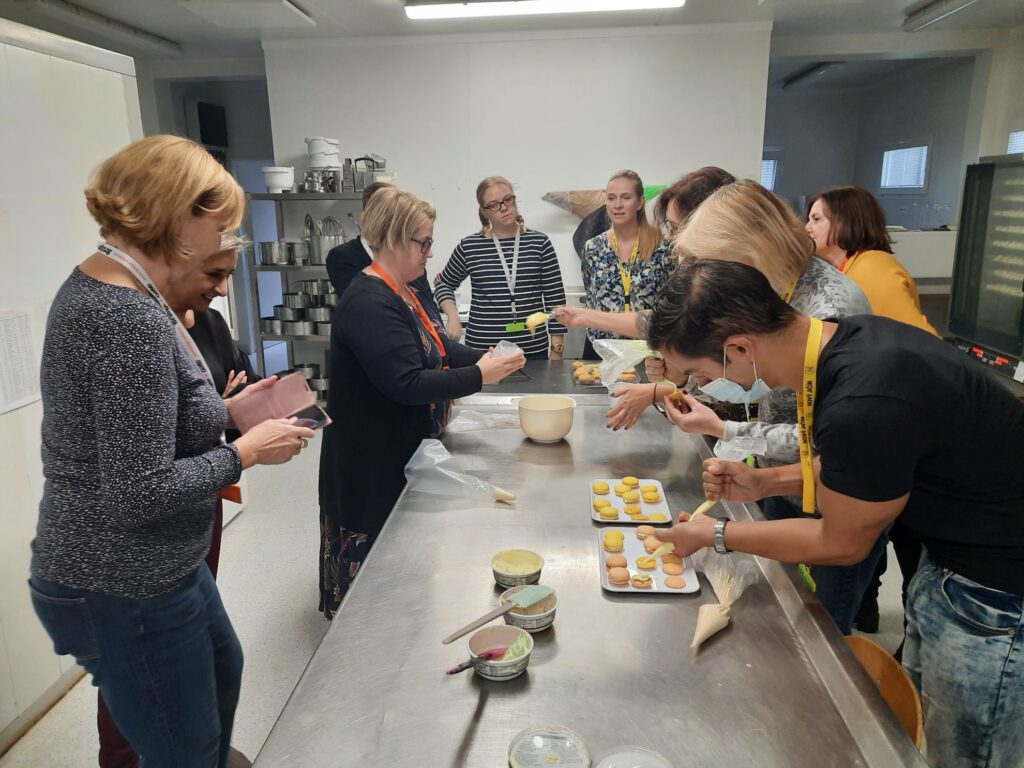
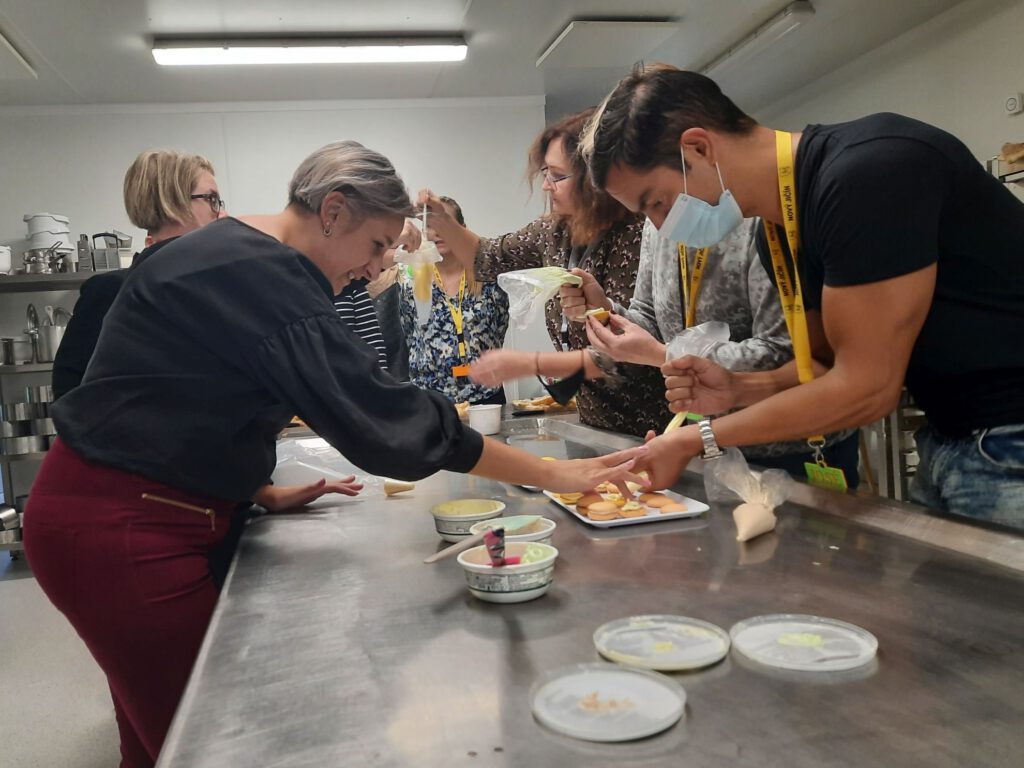
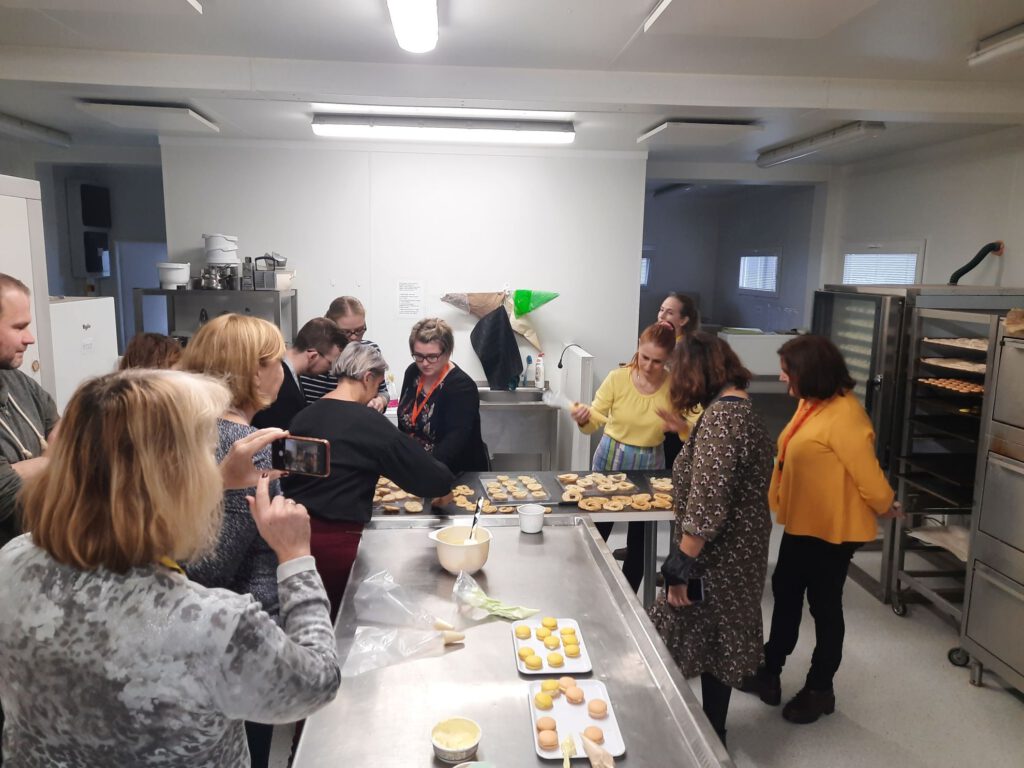
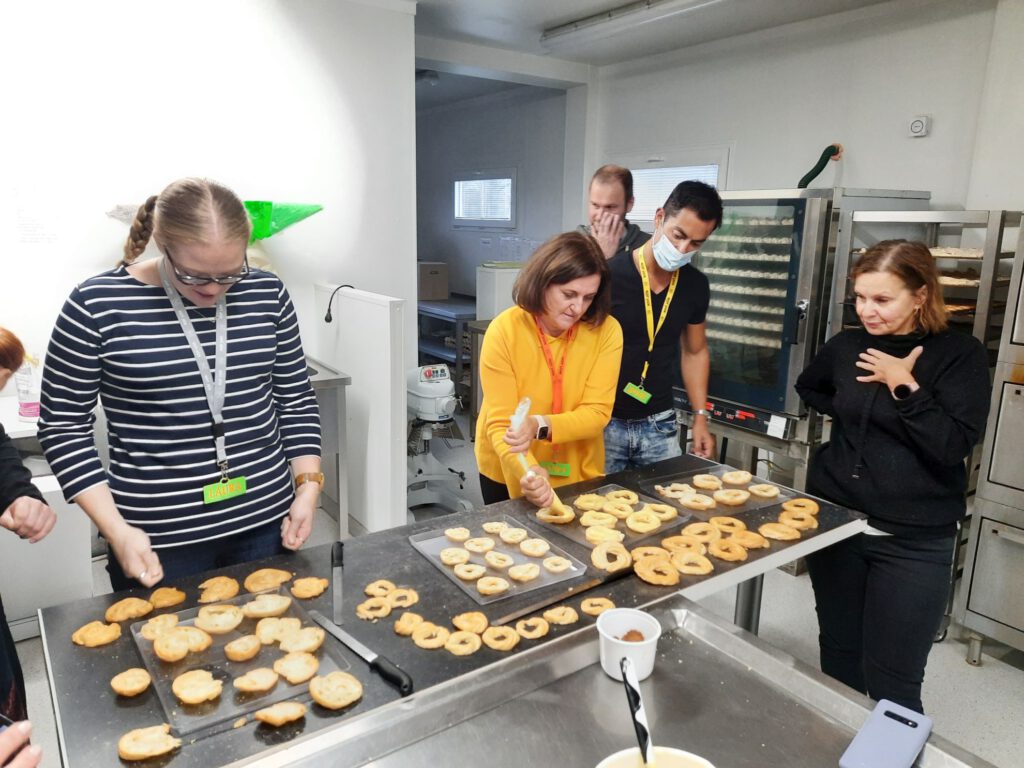
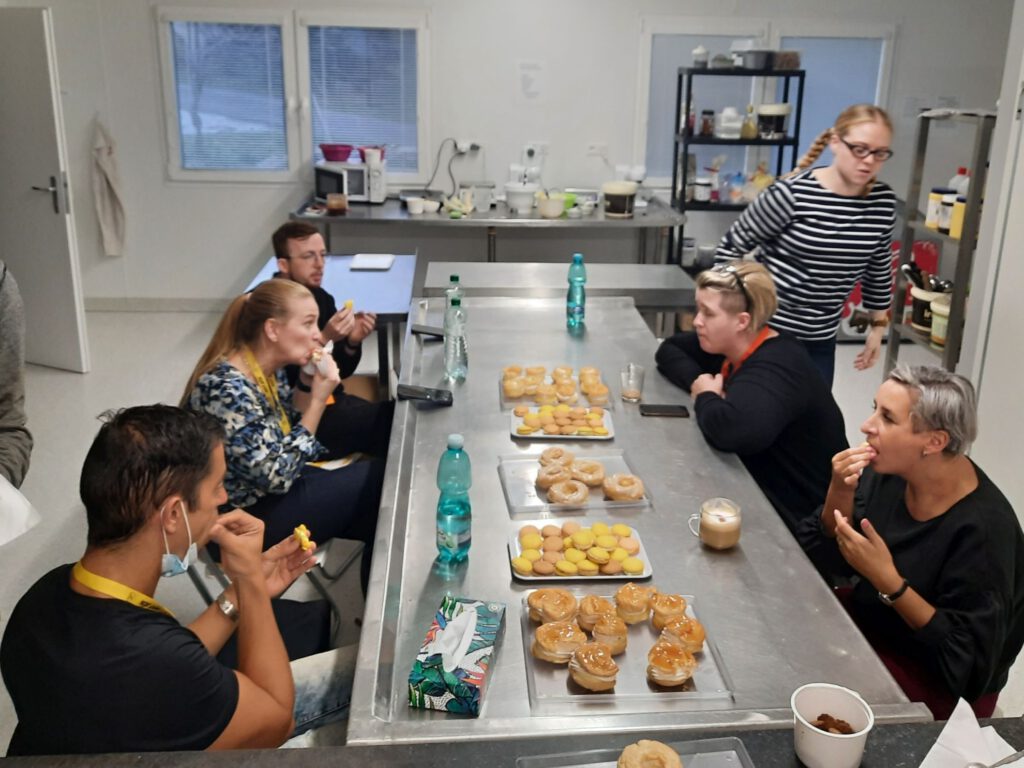

18:00 Dinner
Wednesday 10/11/2021
8:30 Departure
9:00 Activity A13: Crafting as cultural Industry. Traditional Crafted Glassworks Workshop in the Valašské Meziříčí town
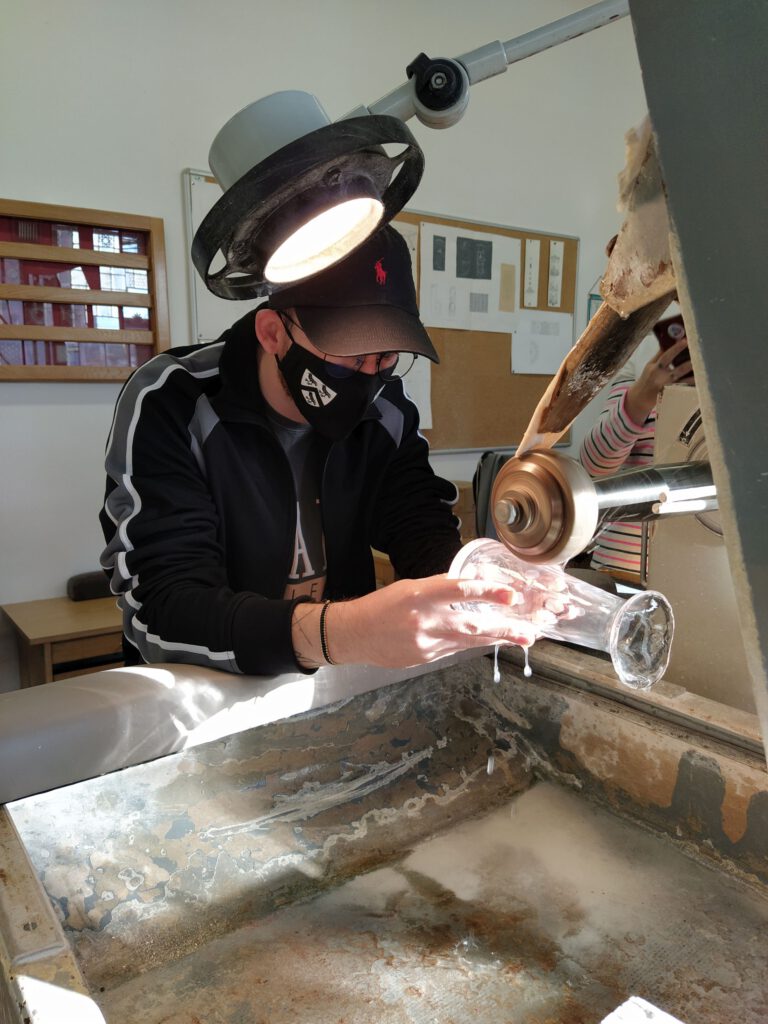
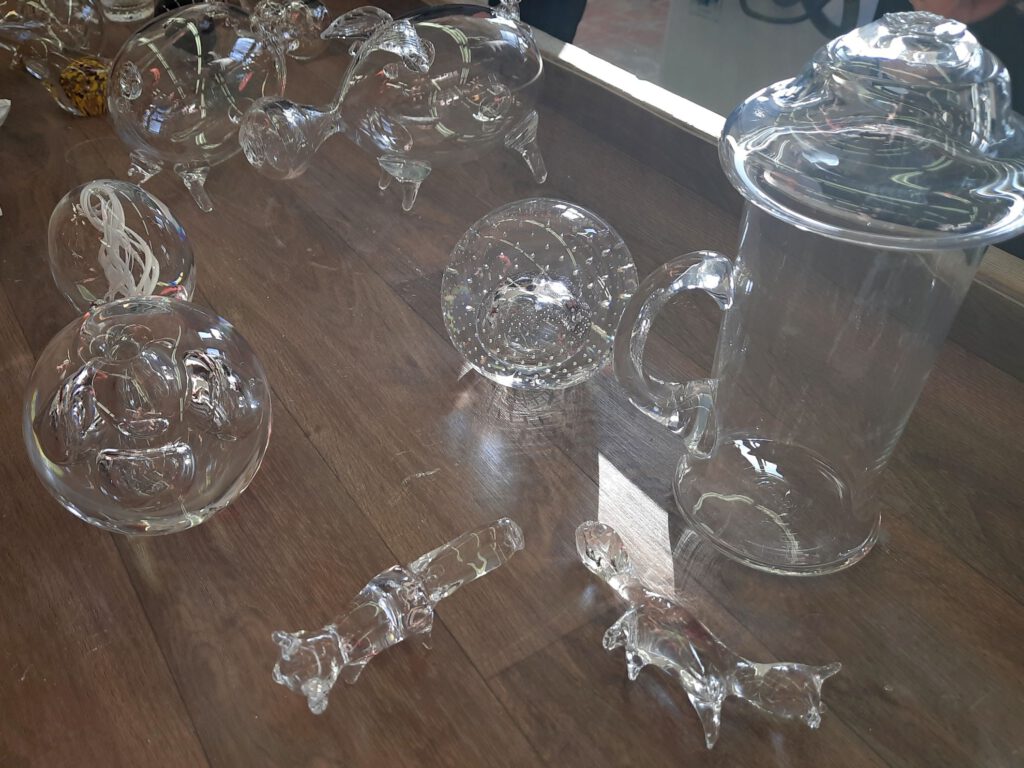
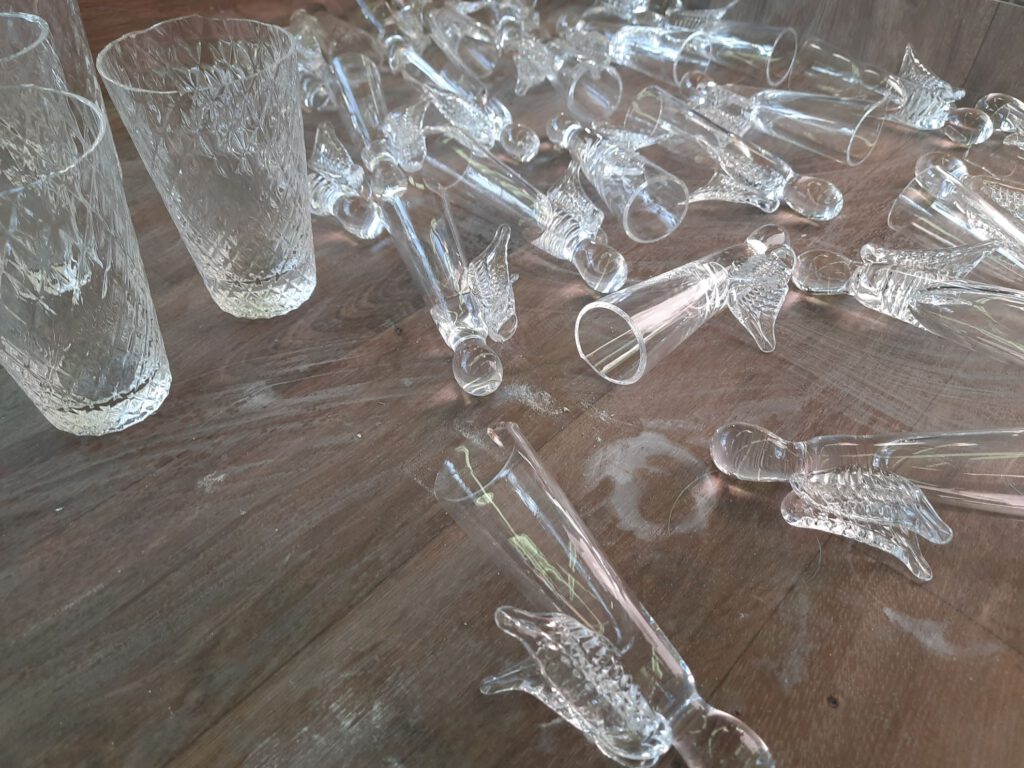
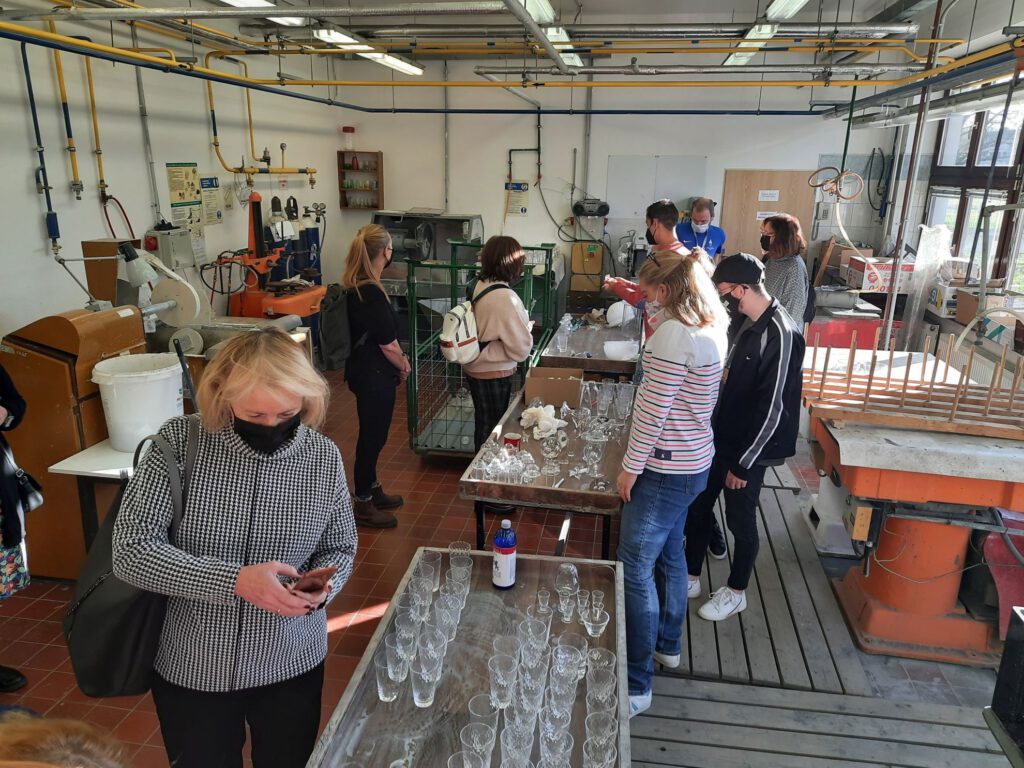
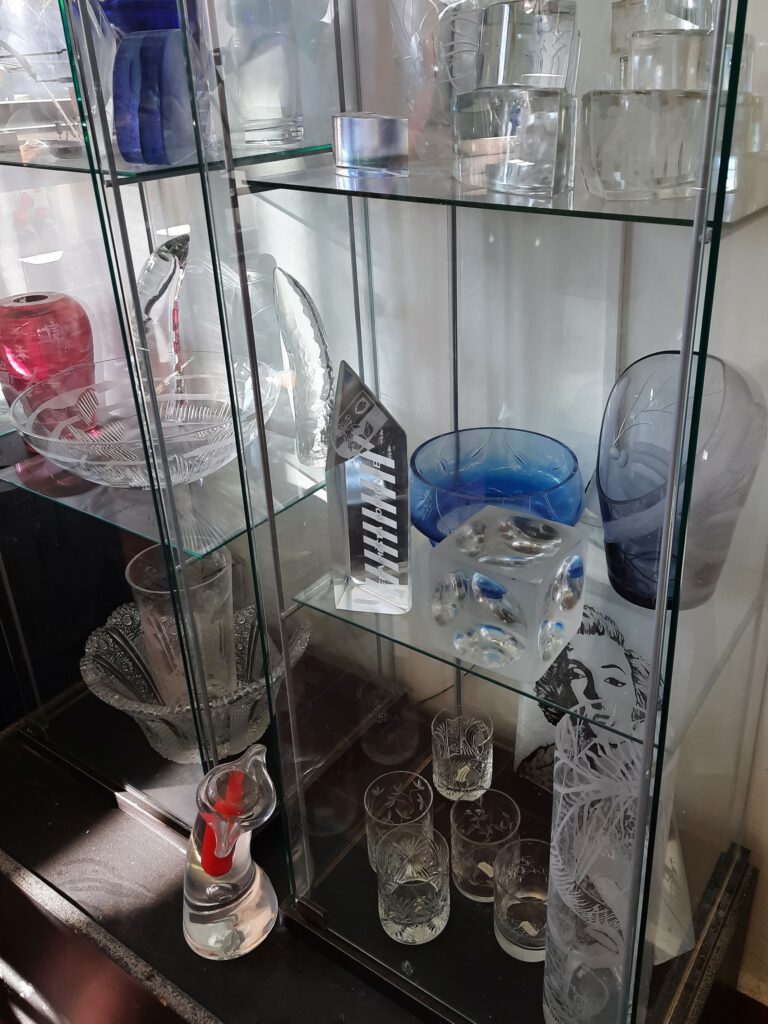
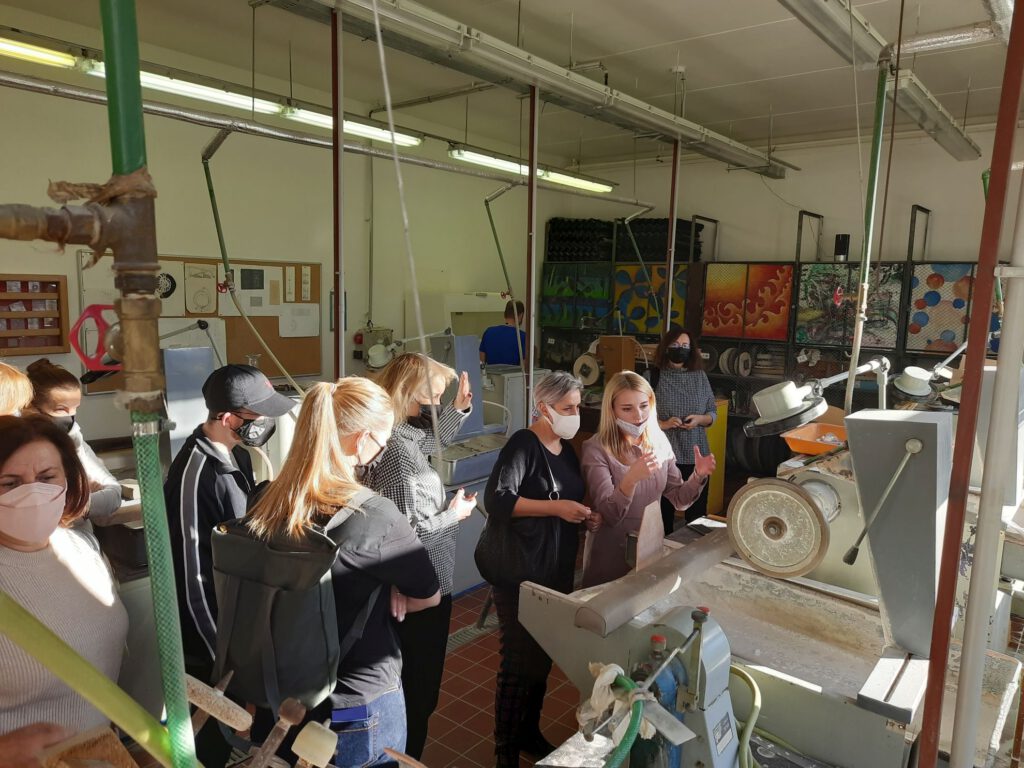
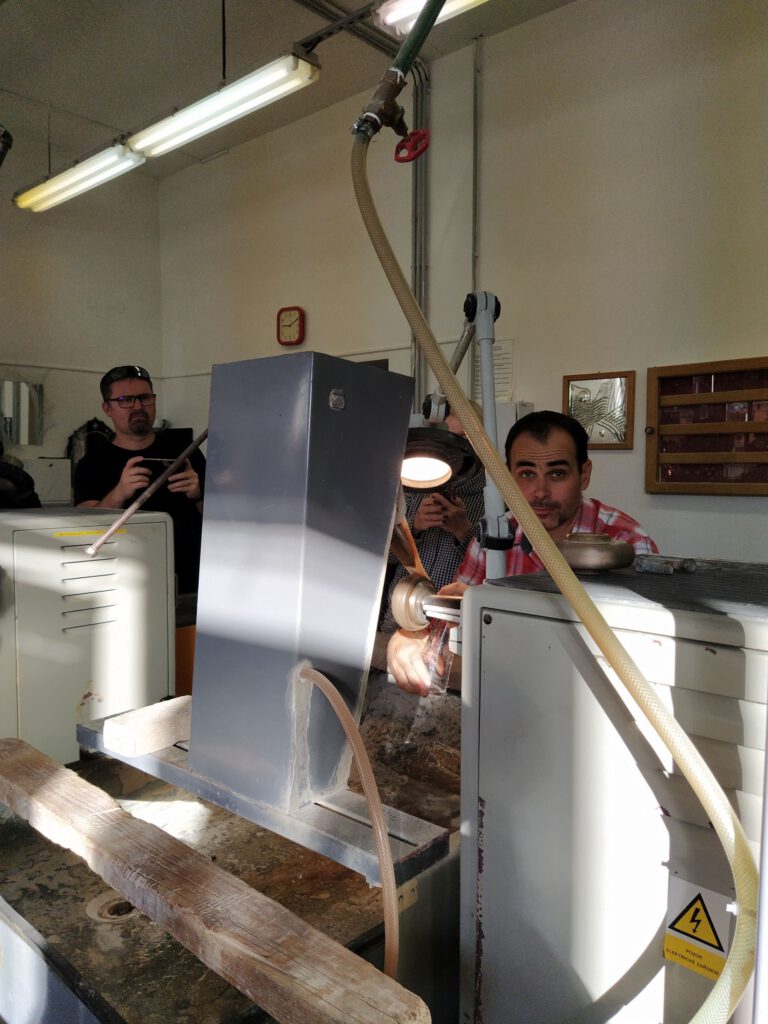
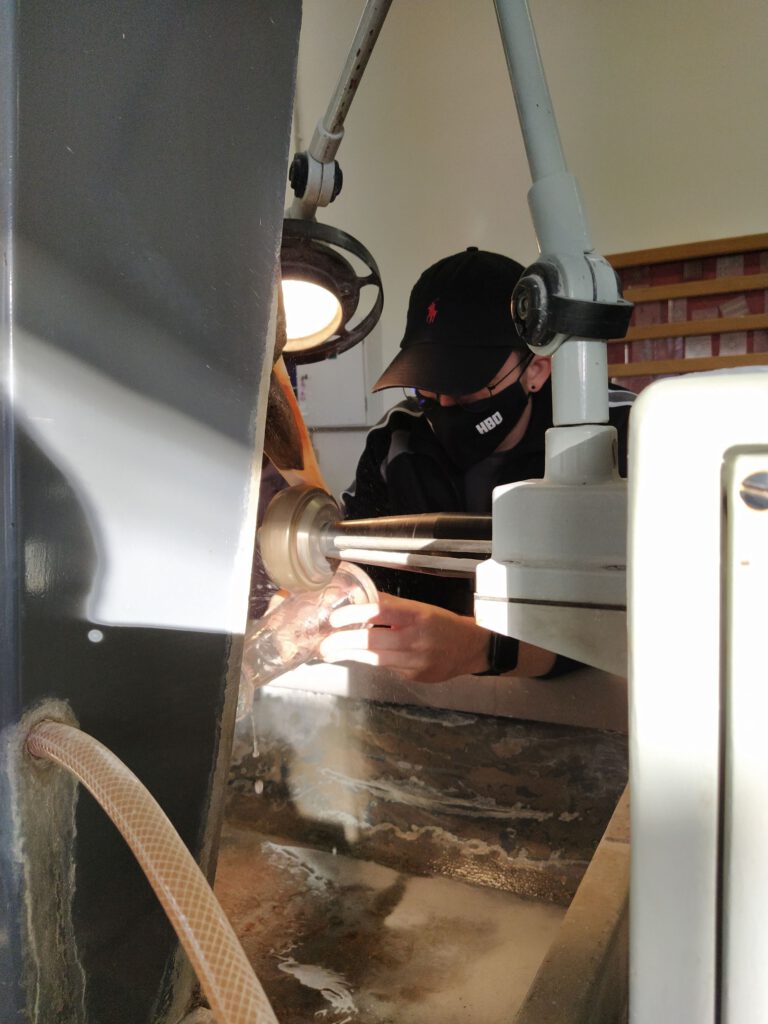
11:45 Lunch
13:00 Activity A17: Traditional Crafted Cuisine: Crafted Beverages Culture in Rožnov pod Radhoštěm.

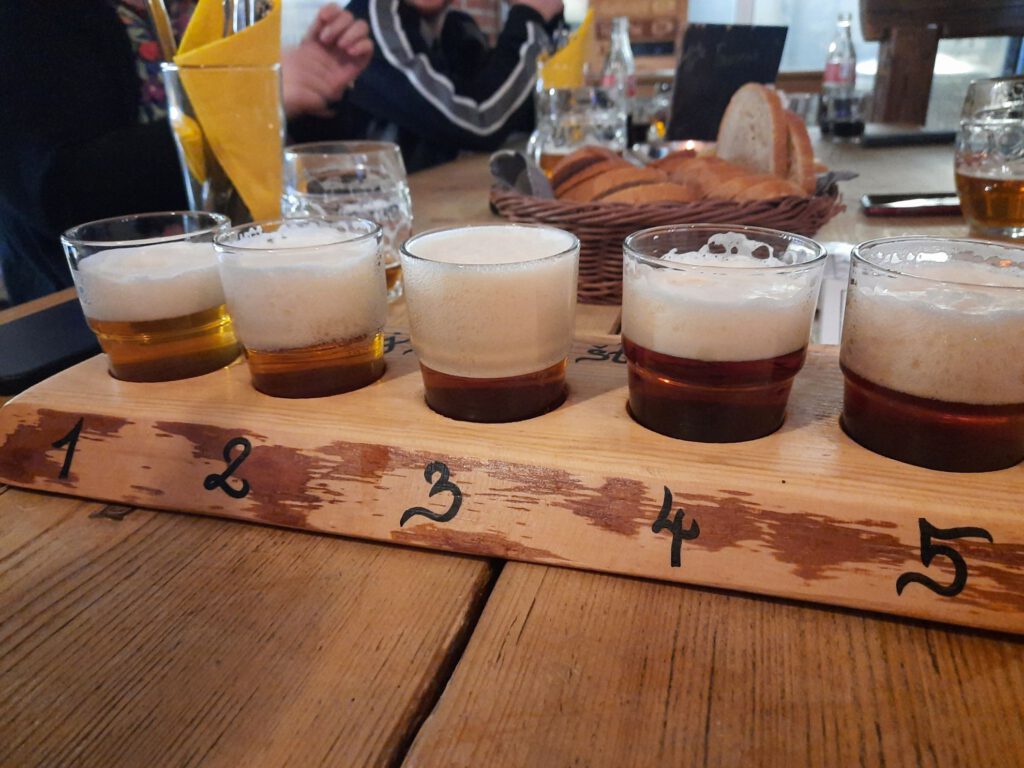
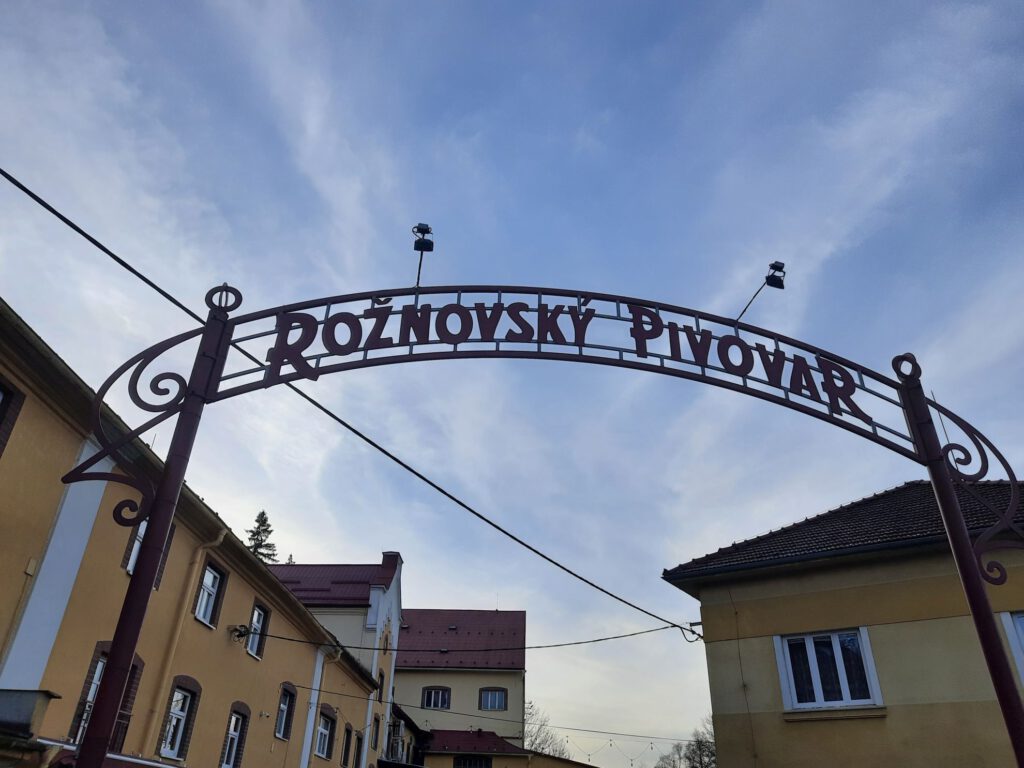
15:30 Activity A17: Traditional Crafted Cuisine: Brewery Museum in Rožnov pod Radhoštěm.
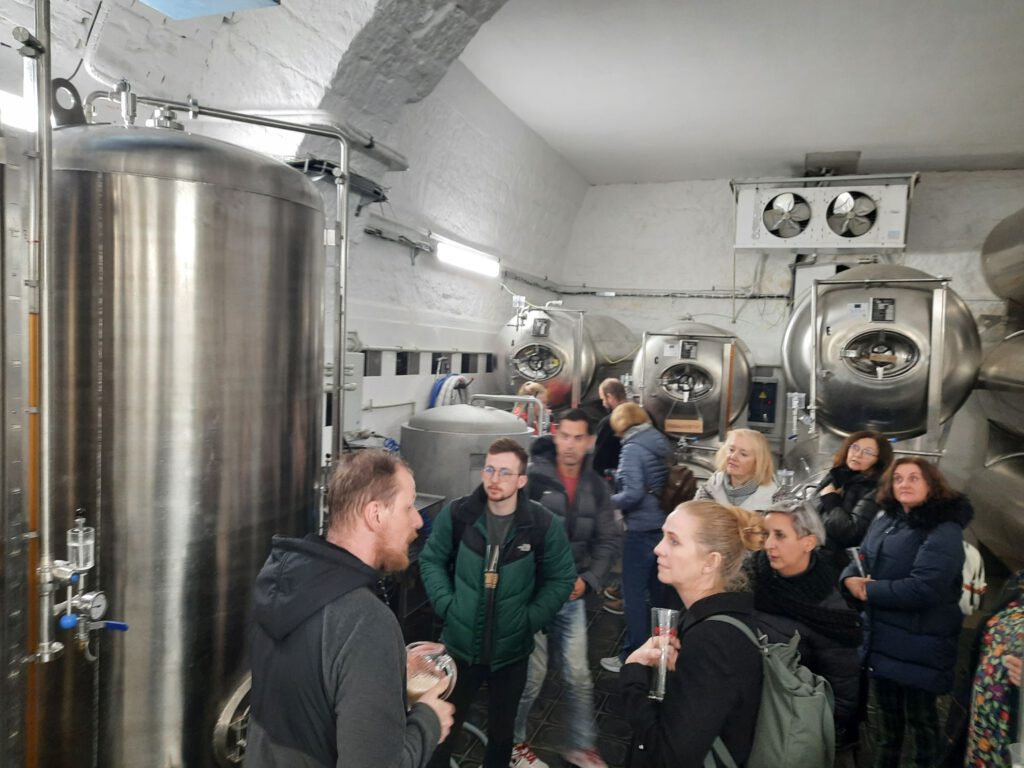
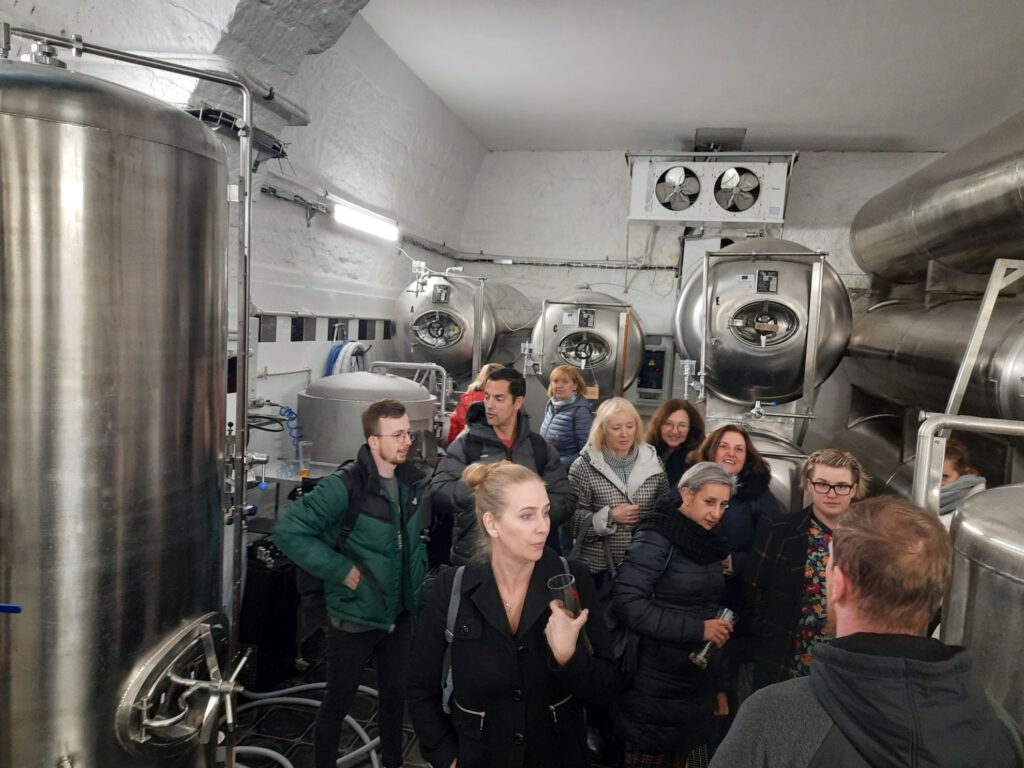
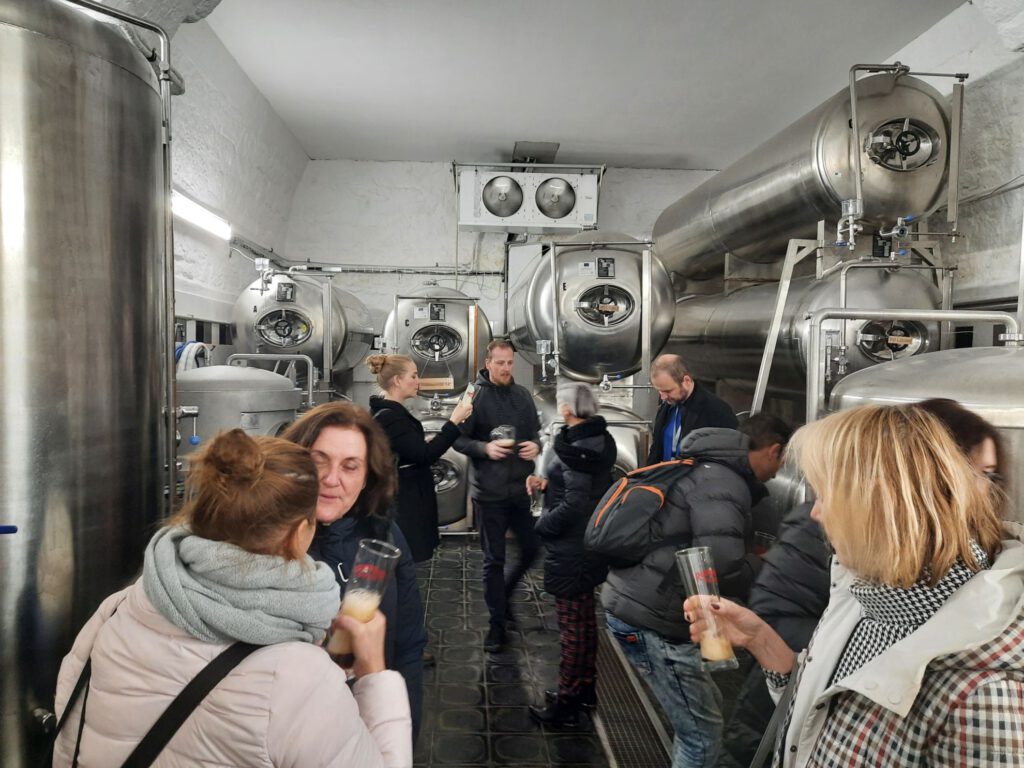
Thursday 11/11/2021
8:30 Departure
9:00 Visit to Štramberk town
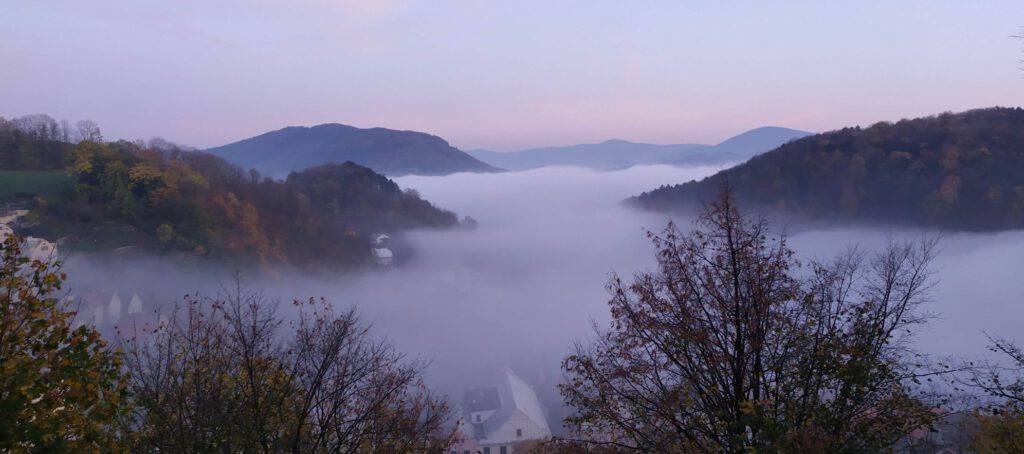

9:30 Activity A17: Traditional Crafted Cuisine: Handmade of traditional Štramberk ears Workshop.
11:45 Lunch at U Hrstky Restaurant
12:45 Visit to Pustevny
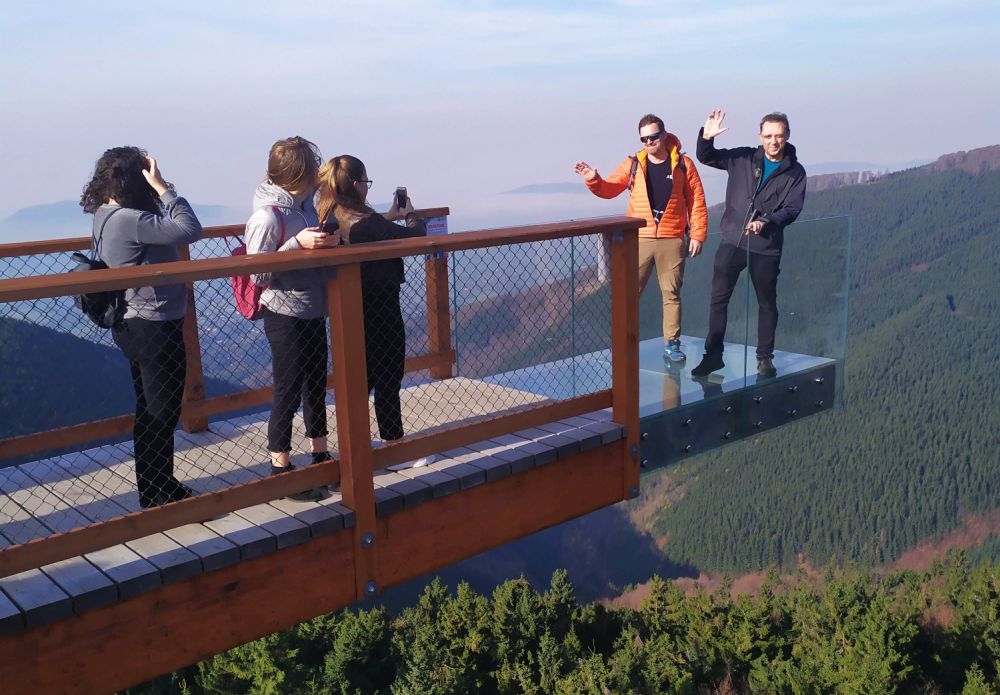
12:45 Activity A17 Traditional Crafted wax Candles Workshop
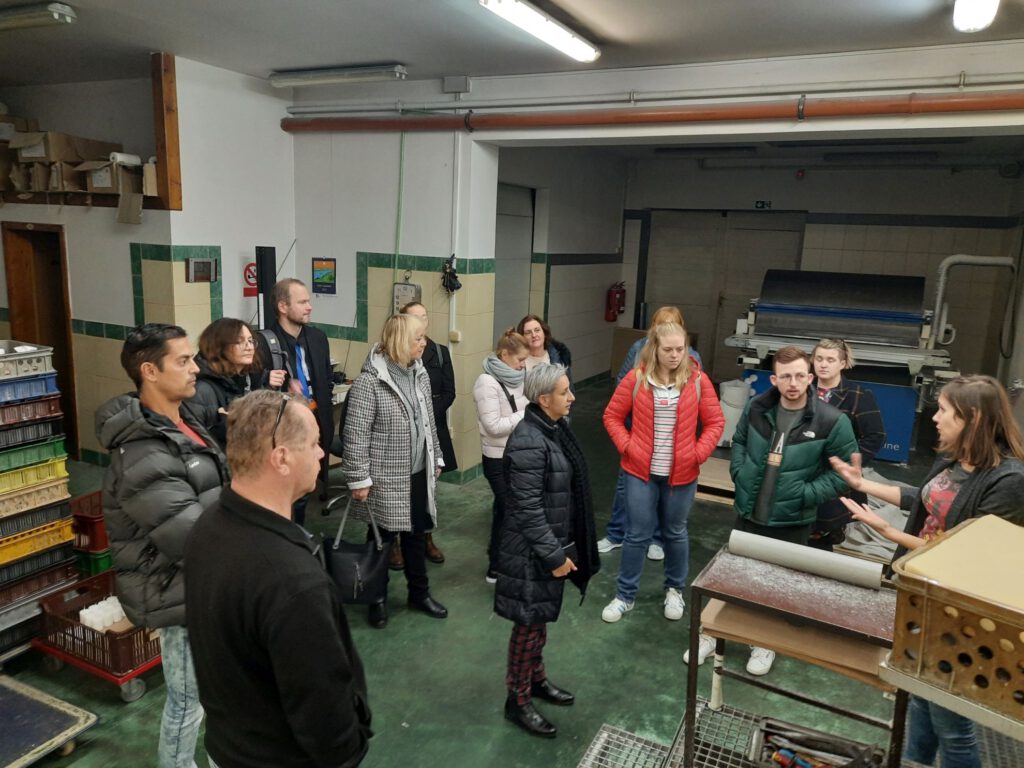
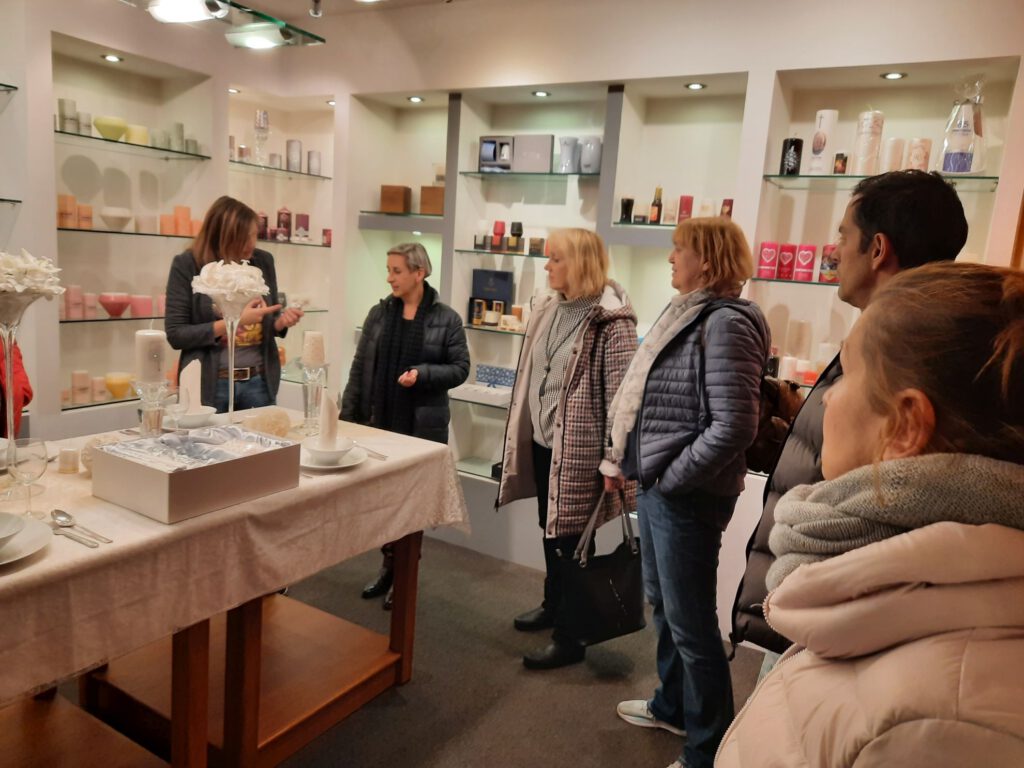


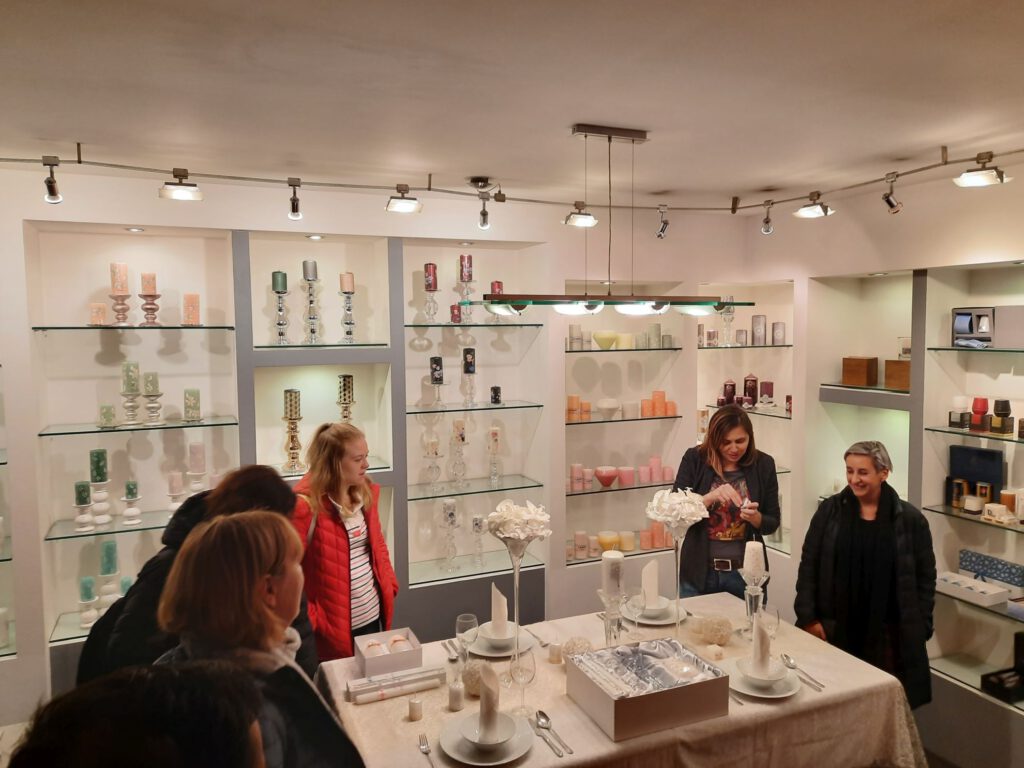
14:45 Visit to Stezkavalaska Wooden trail.
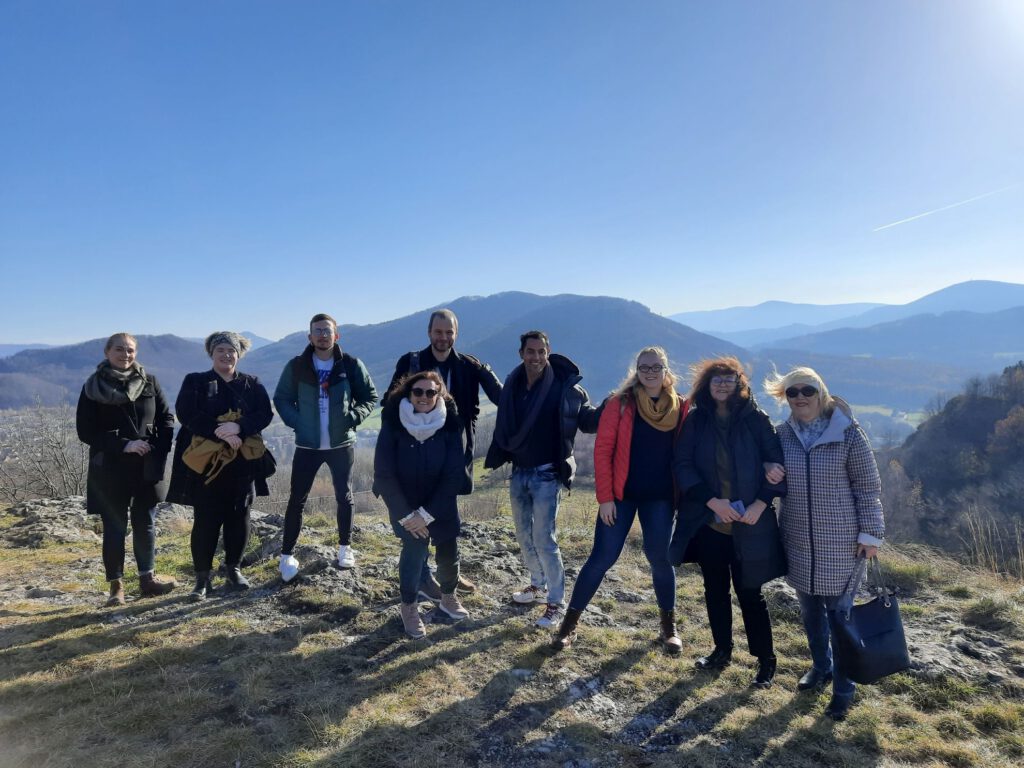
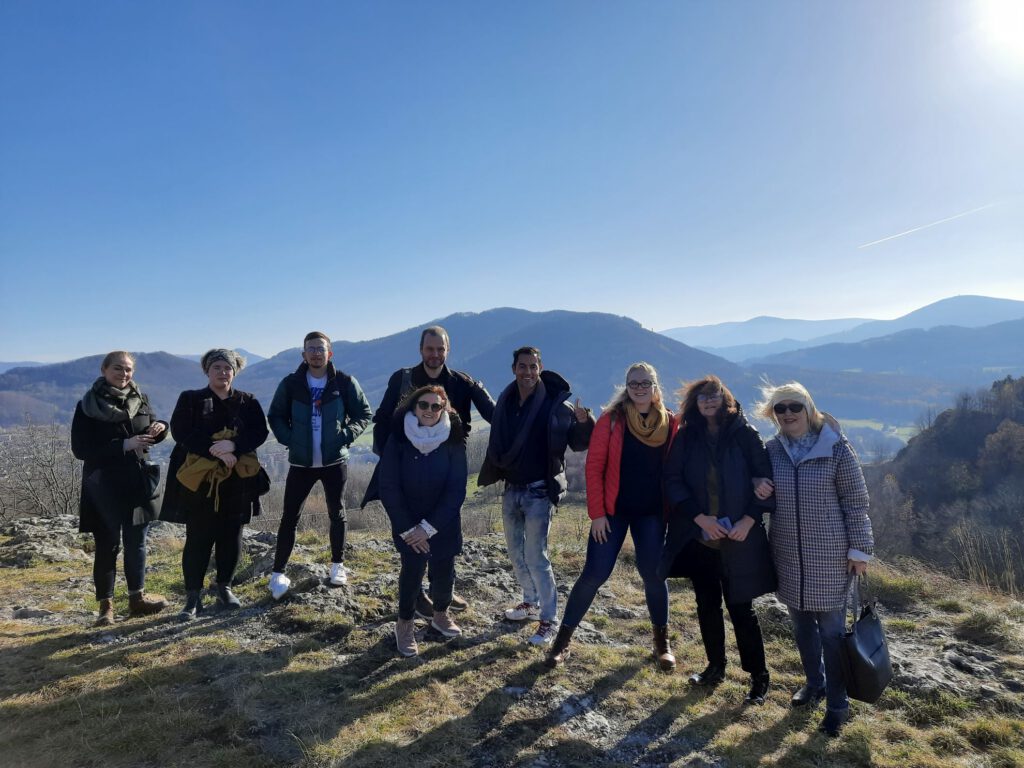
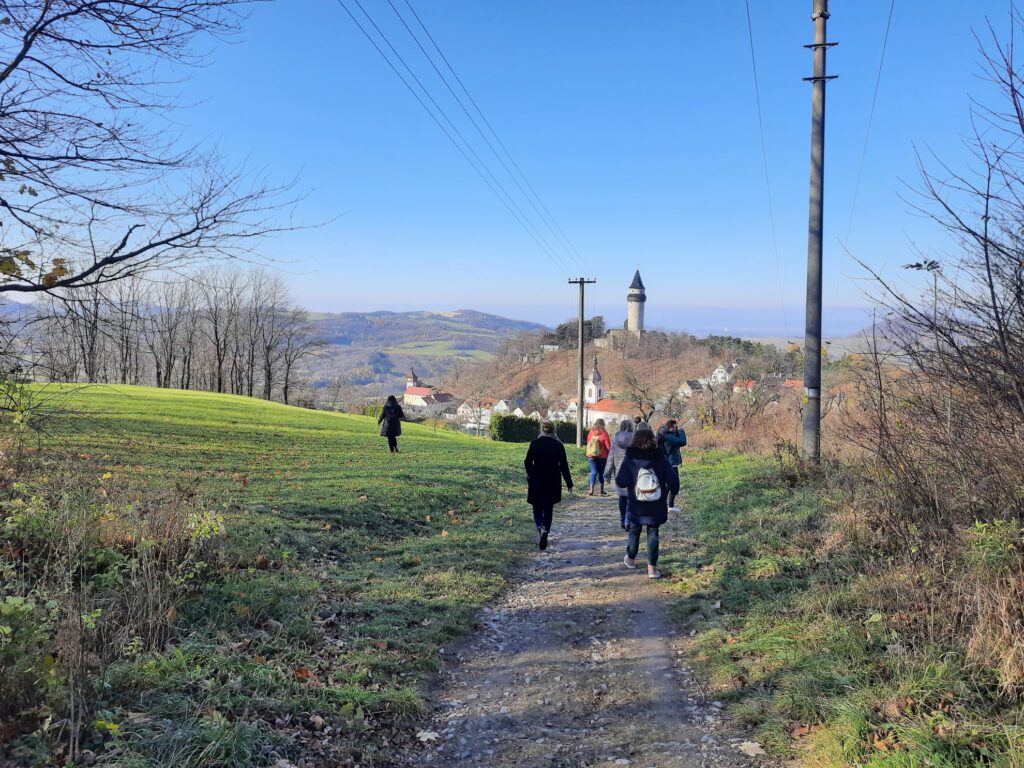
16:45 VR pics workshop Creation.
Friday 12/11/2021
8:00 Workshop App inventor
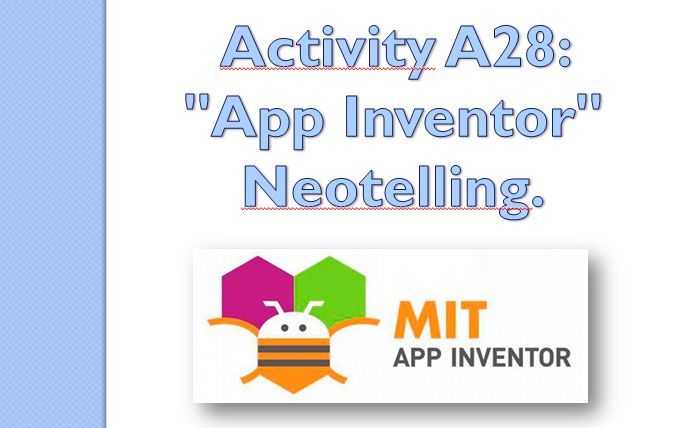
9:00 Certification ceremony in Nový Jičín townhall
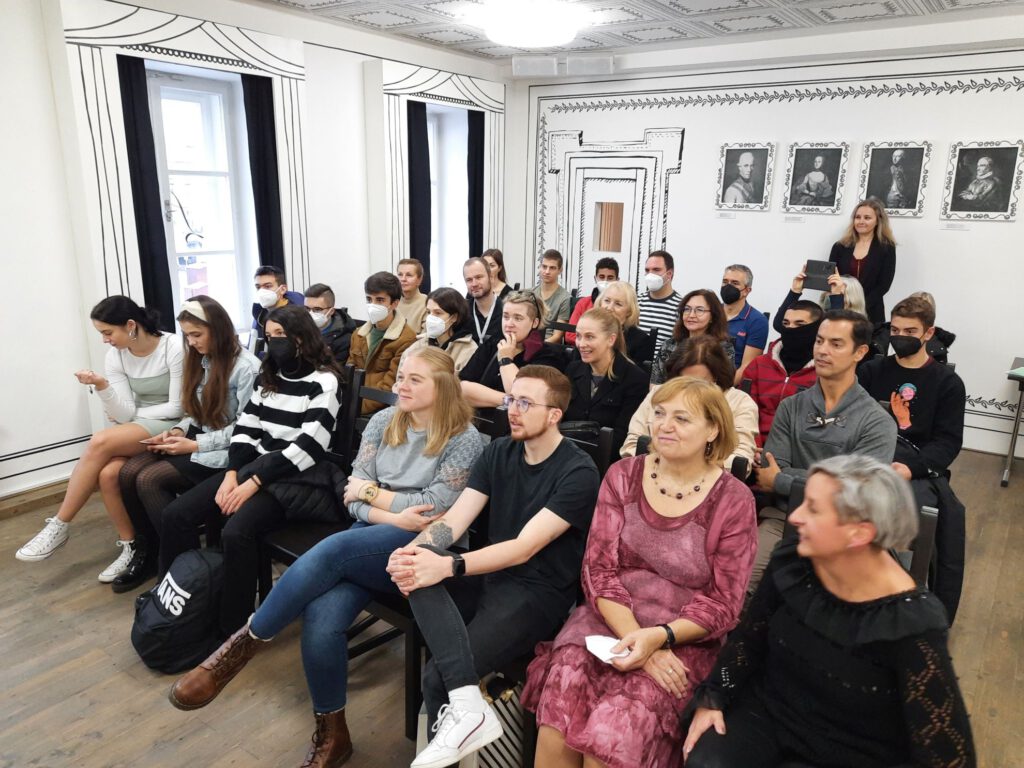
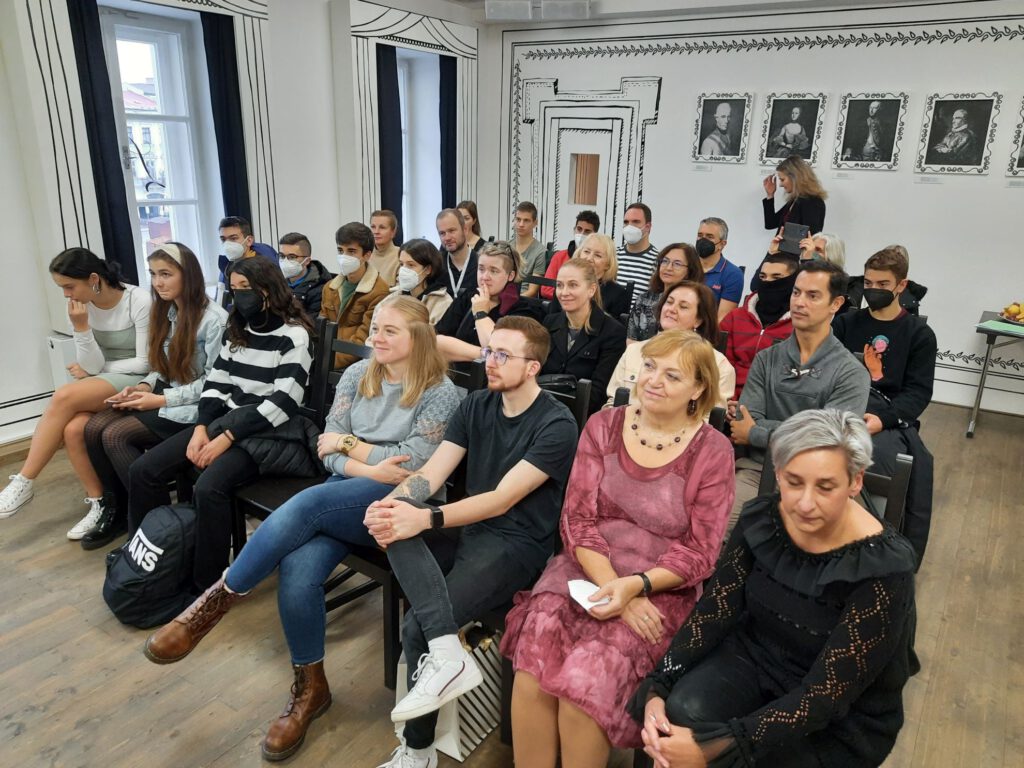

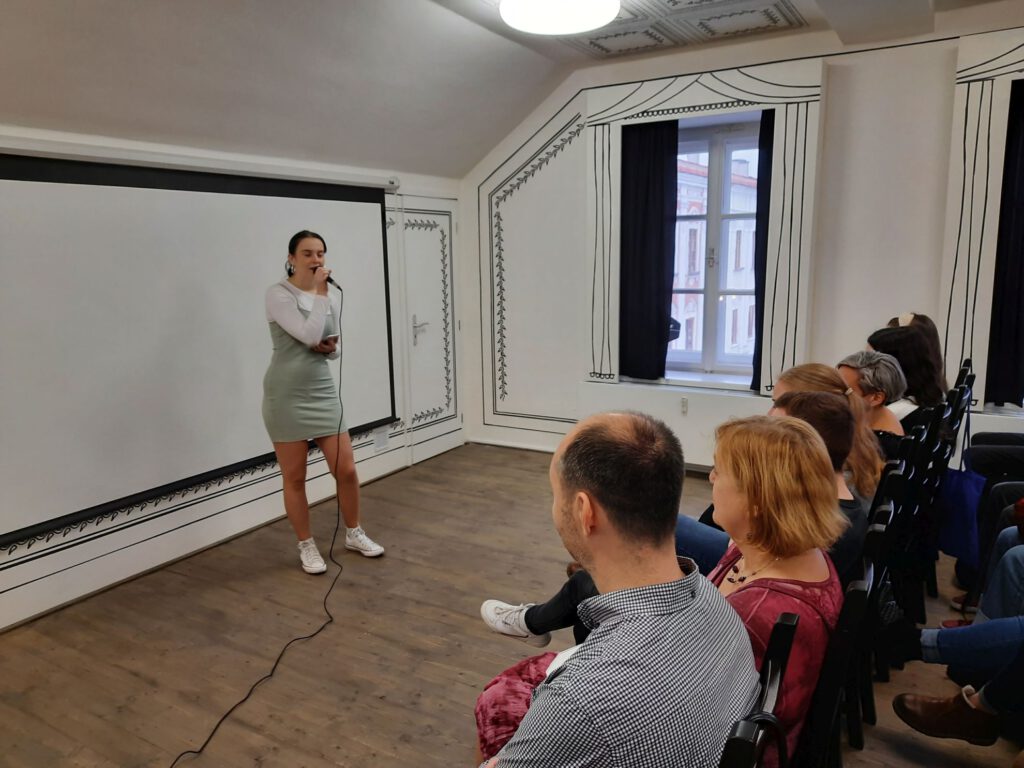
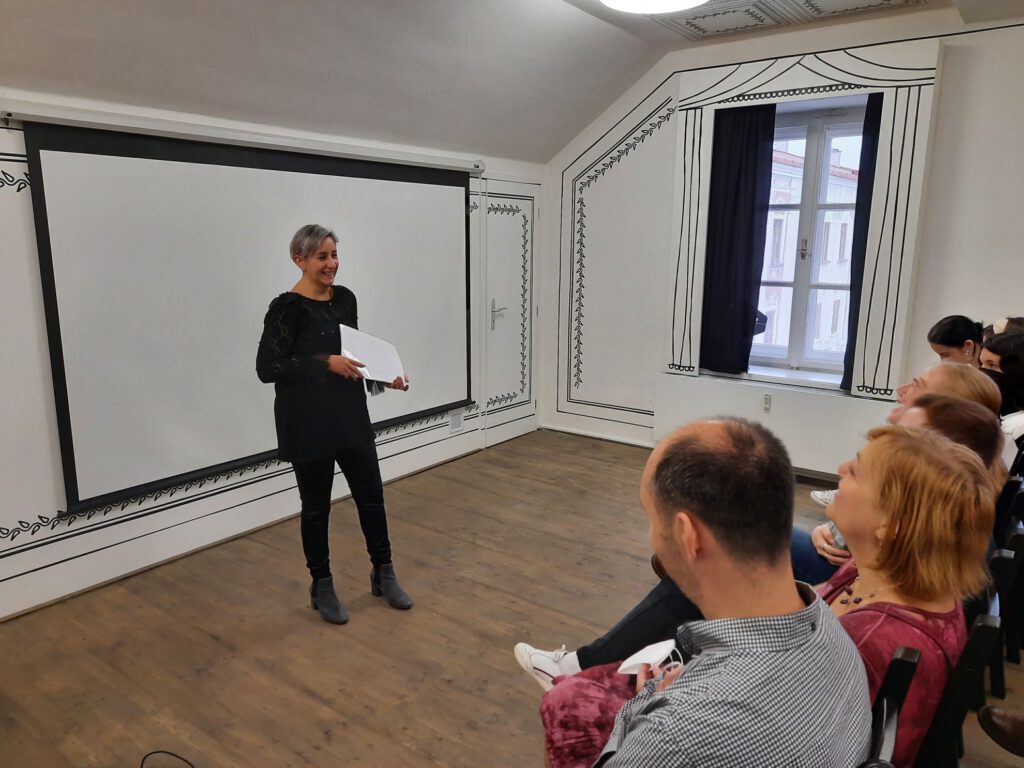
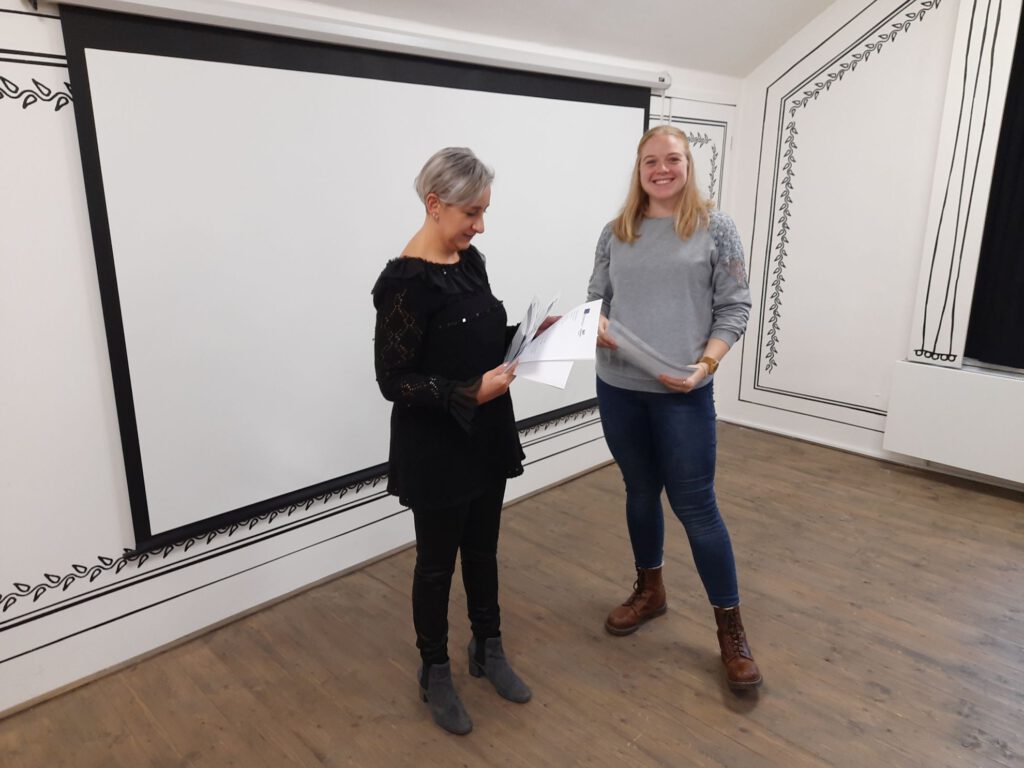
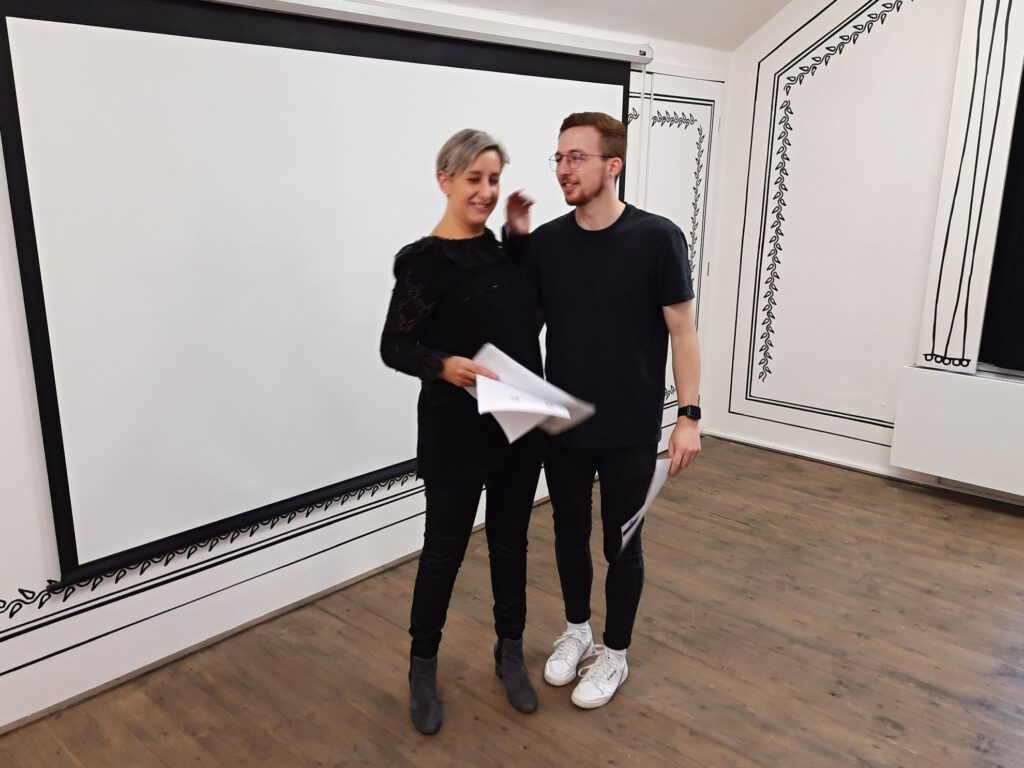
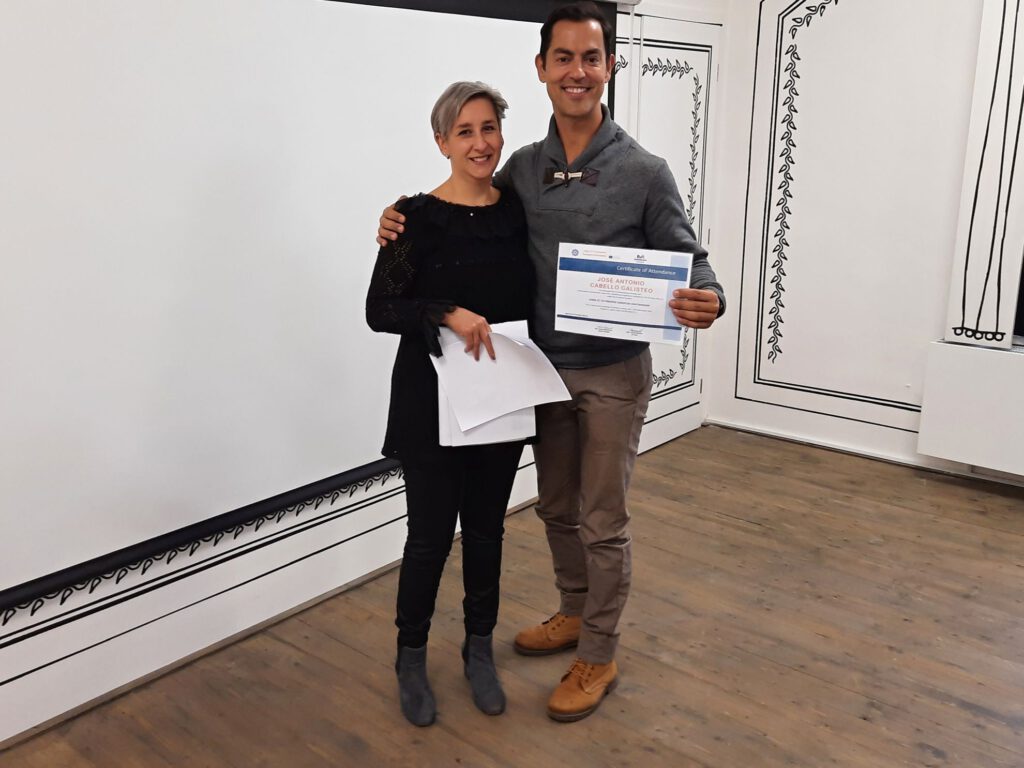

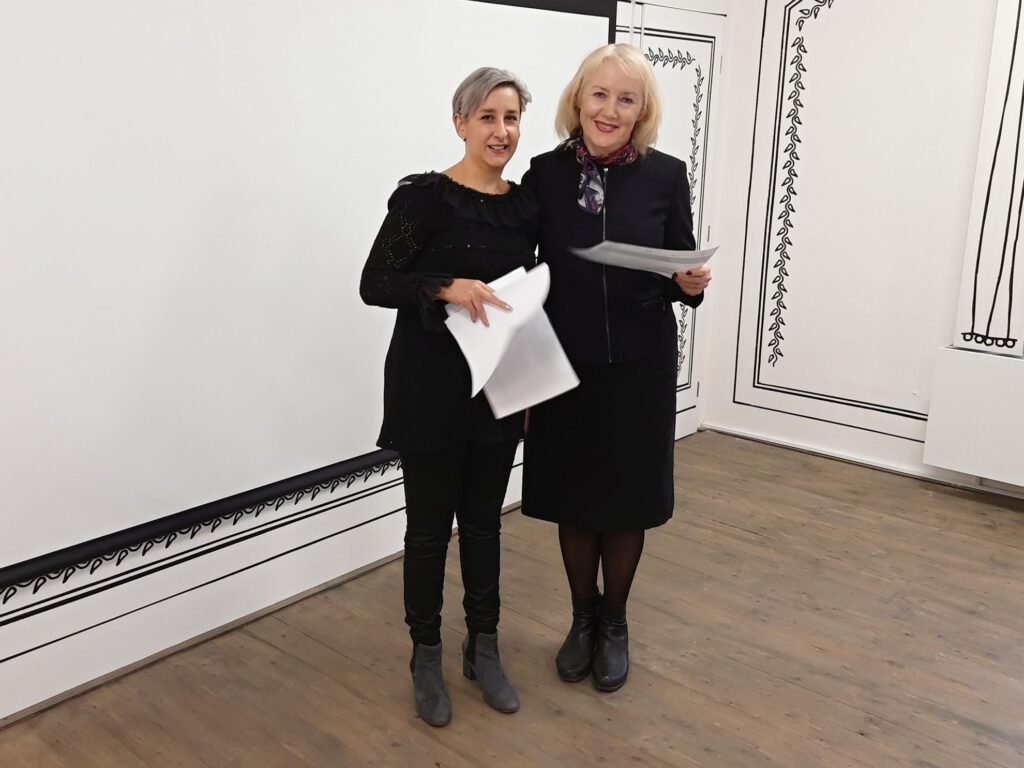
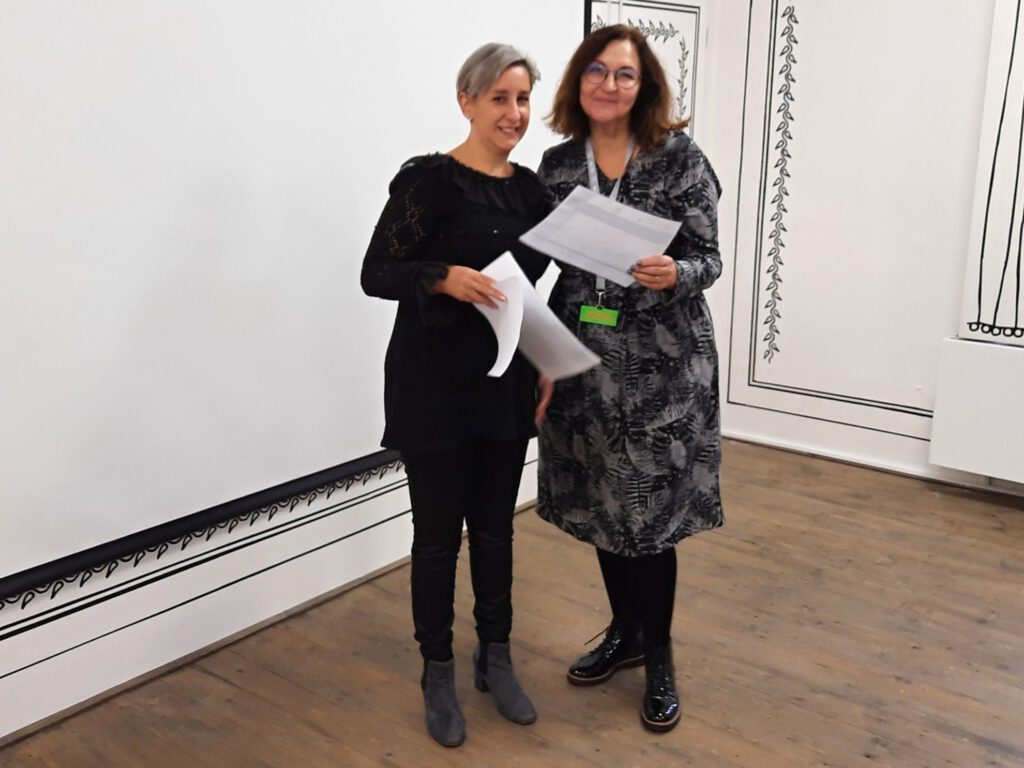
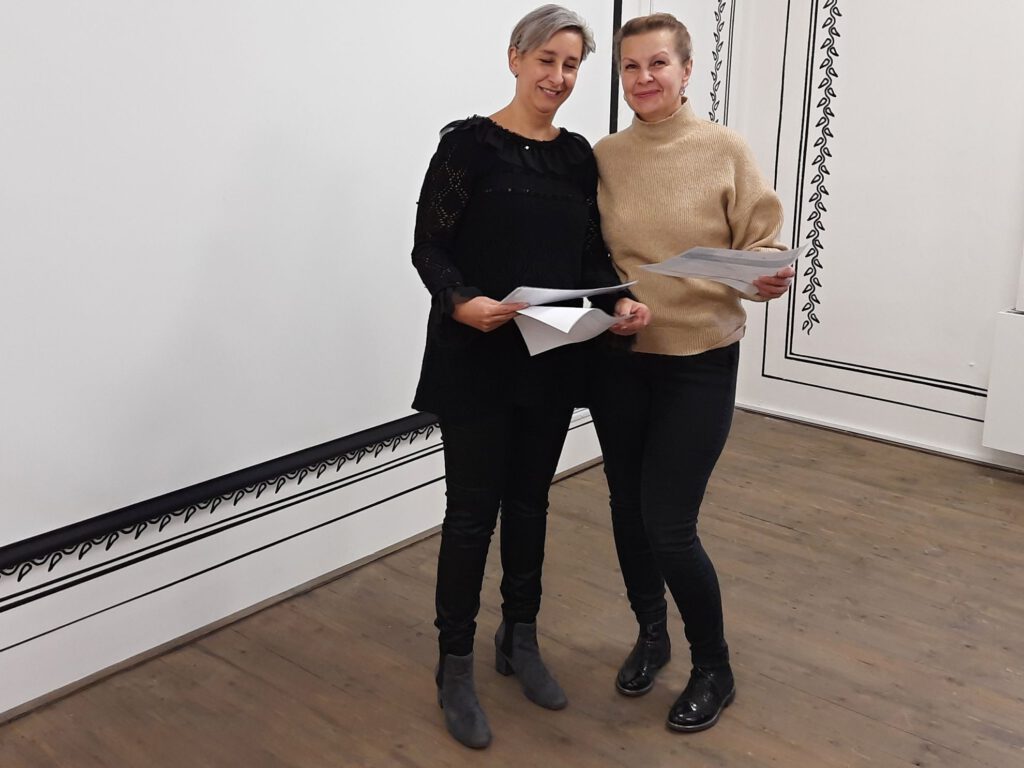
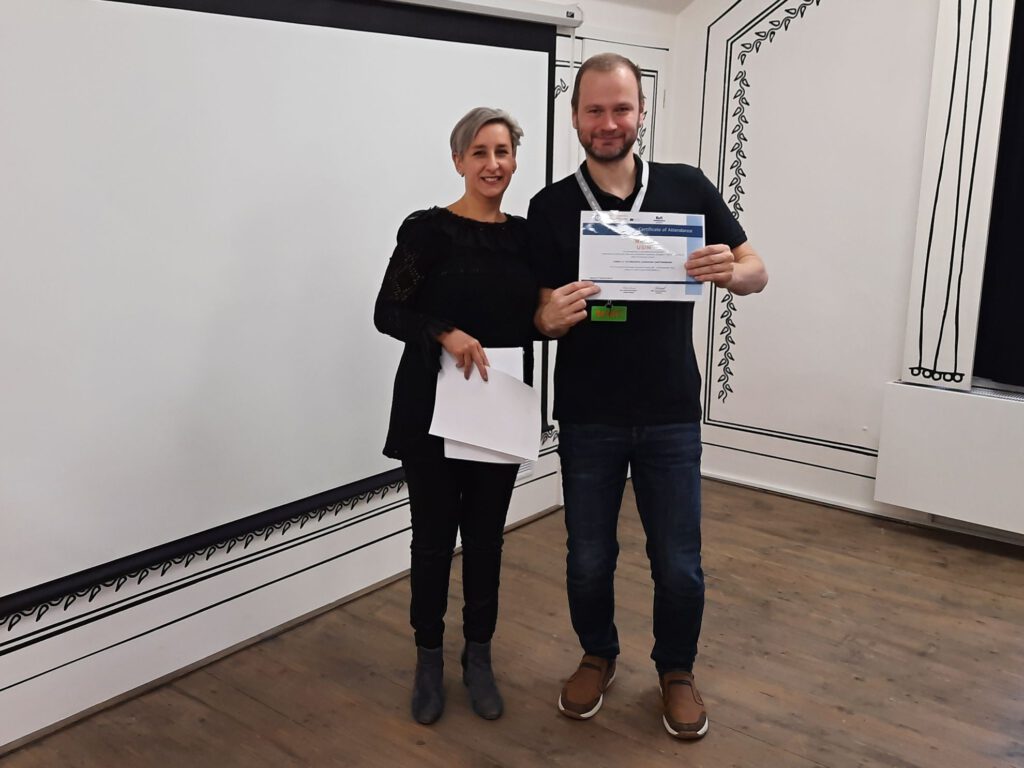
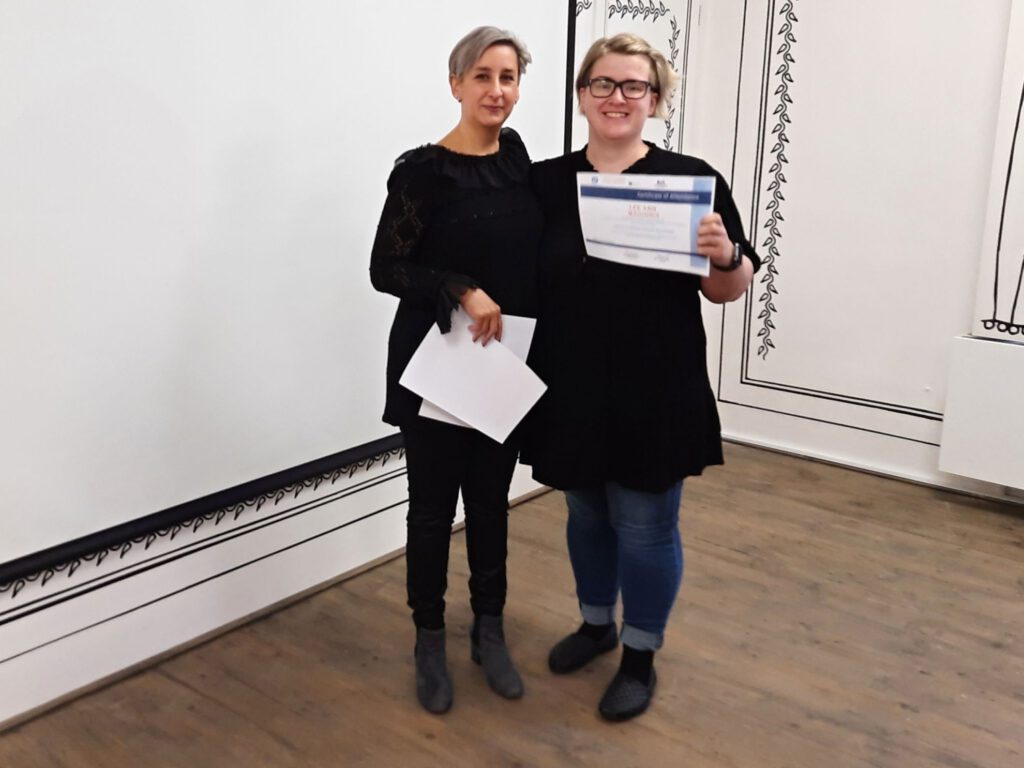
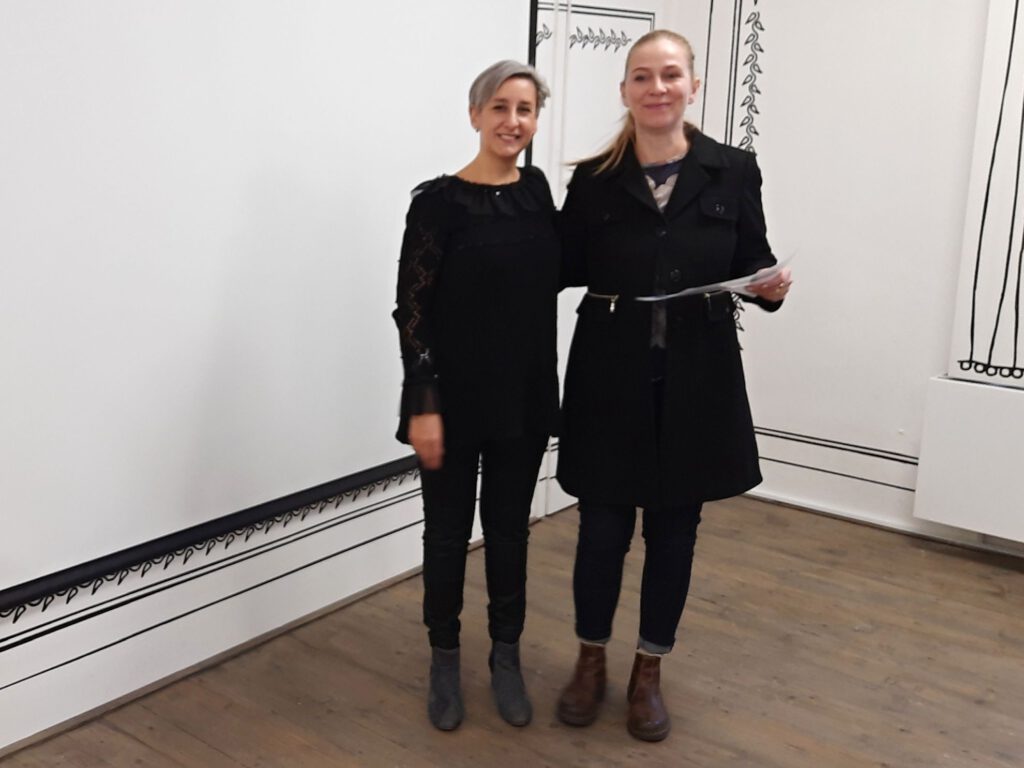
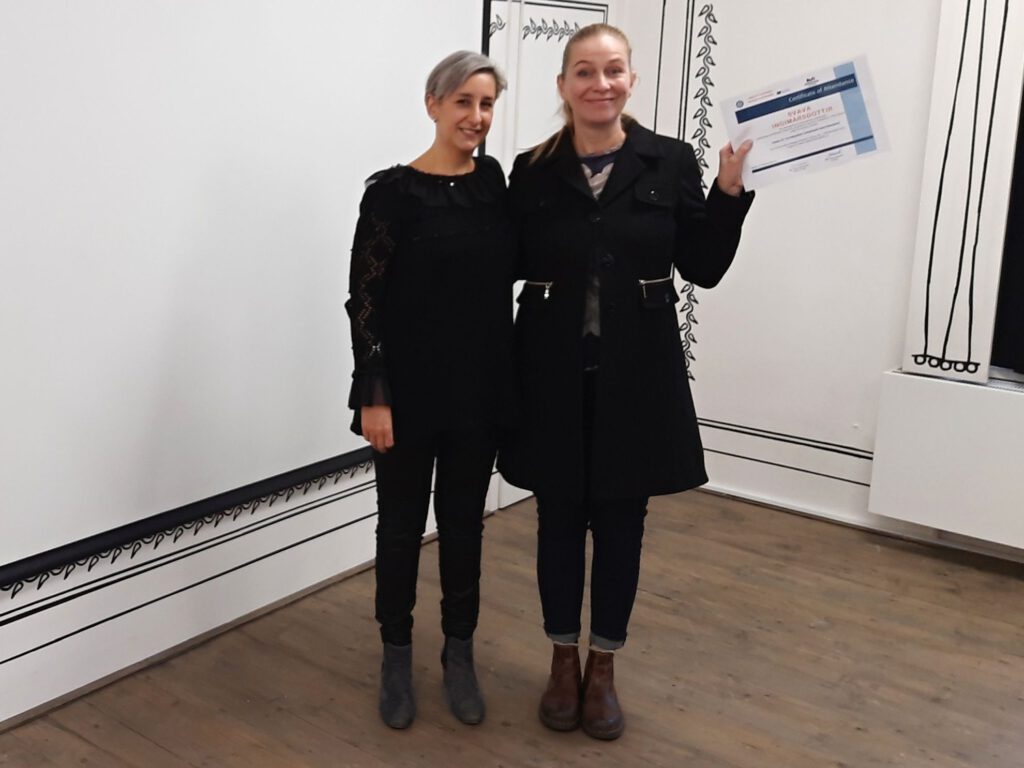
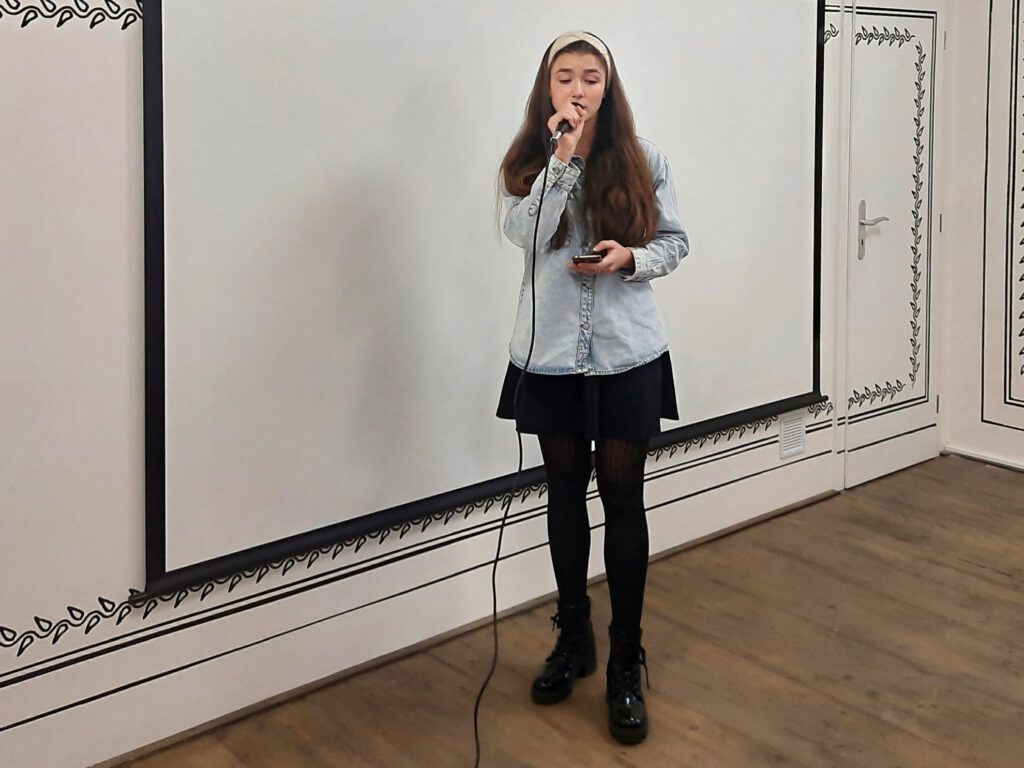
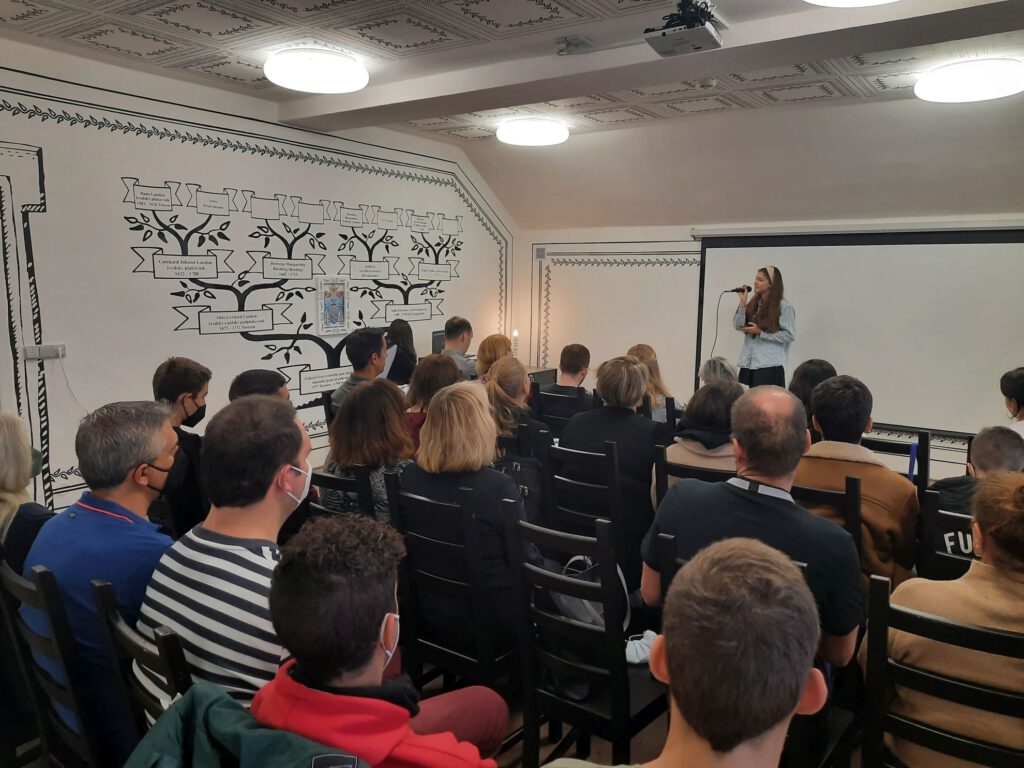
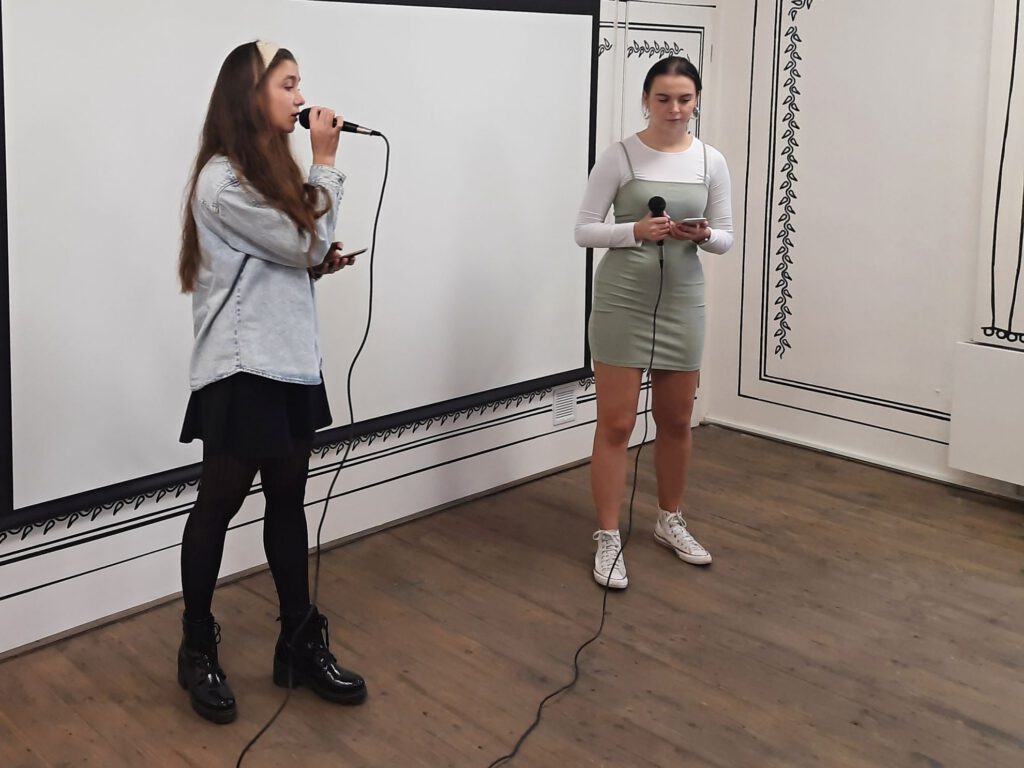
11:00 Evaluation & Analisis time: Have we met out goals for the project meeting
Dissemination
This movility was diseminated in several ways
the website of the school
Social networks
Regional TV and press
Shared GBPE-UIPEC Portugal Mobility C3
This year we had the chance to work in two erasmus projects which In which three of the patners were common (IES Playamar from Spain, FNV from iceland and Mendelova SSN from Czech Republic) we also shares some common objetives in both projects. When In our meeting in Iceland, we discover that we could use the movilities of each project to create benefic synergies for both project without cost for the invited project.
(That’s how we have worked in some activities which can improve the development of both UIPEC & GBPE Erasmus projects.
This Mobility C3 in Portugal, has been configurated as the 3nd European Congress: “Programing, Entreprenurship Art & Crafts ” of the Project GBPE with activities for UIPEC project.
Synergies & Cooperation
Three Teams of this This project (Spanish, icelandic and Czech Teams) shares another project which is relationated with Crafts ( Using ICTs to preserve European Craftsmanship ). As San Joao de Madeira has a very important crafts and industrial tourism orientation and taking advantage of this happy situation, we have developed several activities which can be beneficial for both projects.

This project has also count with the support of the town hall which has included our project in several local activities , the Sanjotec Enterprise platform, some Local enterprises and of course the Serafim Leite Team.
From these lines we want to thanks for their help and collaboration.
Contents
In this mobility, we will develop the planned 3D design, scanning , Java programming , Arduino and Entrepreneurship contents. This Mobility has also will benefy of the Crafts especializations in the town.
- 3D Printing
- 3D Modeling in Tinkercad
- 3D Scanning for inclusion in 3d Spaces
- Entrepreneurship
- Entreprises Incubators
- Entreprise Software and Bussiness model
- Educational Entrepreneurship
- Programming
- Arduino Programming
- Use of Arduino Simulator Simulino
- Implementation of Arduino Circuits in a Protoboard
- Use/Installation of Java NetBeans Ide for front end interfaces
- Creation of Java software
- Virtual Reality
- Using VR and Kuula.com
Planning
Sunday 28/11/2021
- Serafin Leite team organizes the reception of the Teams in the hotel (Portugese team has arraged an affordable price with local hotels so the host of the students could be done with the reduced budget).
- They prepared a warm welcome tour by the SJM town and explained every team the best options to have lunch/dinner.
Monday 29/11/2021
8:15 Several members of SJM team Picked up every team from the hotel and walk to school
9:00- 10:15 Welcome reception at Agrupamento de Escolas Dr. Serafim Leite by Educative Authorities Amenized with a concert of a local star.
Monday 29/11/2021
8:15 Several members of SJM team Picked up every team from the hotel and walk to school
9:00- 10:15 Welcome Ceremony
Welcome reception at Agrupamento de Escolas Dr. Serafim Leite by Educative Authorities Amenized with a concert of a local star.

–Teachers Activity: Knowhow Transfers between schools. Learning How one of the biggest Educative centers in North portugal Works.

Students & Teachers Activity: Discovering Portugal with Kahoot Contest. (Icelandic Students team Wons 😉 )

Students Activity: Presentation of each country and town by the own students.
Delivery of Congress materials. Portugal team prepared a set of very nice materials (pencils, agendas , ballpens and others) which we can use in the project.
10:30 Coffee Break organized by SL team with a nice erasmus photocall for students

11:00 Presentation of the Congress and Project to Local Authorities (the mayor of São João da Madeira and a town councillors) in town hall.

11:30 Conference Craft & Industrial Tourim in SJM
In this conference Students and Teachers Learned about the importance of industrial and craft tourism in San Joao de Madeira and the inniciatives held by town hall to improve them by Mr Jorge Vultos Sequeira, Mayor of SJM. This was also a Craft Sinergy Activity for the UIPEC Project

12:00-13:30 Lunch at the school canteen
13:00 Activity Visit to to VIARCO Installations
(Portugal more important pencils fabric) – “Learning the importance of innovation in the crafts industry using the new technologies”. This Portuguese company opened in 1907, and still preserves the handmade manufacturing process, and a visit lets you in on all the secrets connected with the production of graphite and coloured pencils. This was also a Craft Sinergy Activity for the UIPEC Project


15:00 Activity Visit to Cortadoria Nacional de Pelo Installations: (one of the 9 world producers of high quality rabit and beaver textils raw materials). “Automating crafts process to industrial ones using New tecnologies” This visit can be a bit to realistic about the products, after it you will never see the skins and you will get respect from all those products. We also learned how the quality old crafting process had been automatized. This was also a Craft Sinergy Activity for the UIPEC Project .
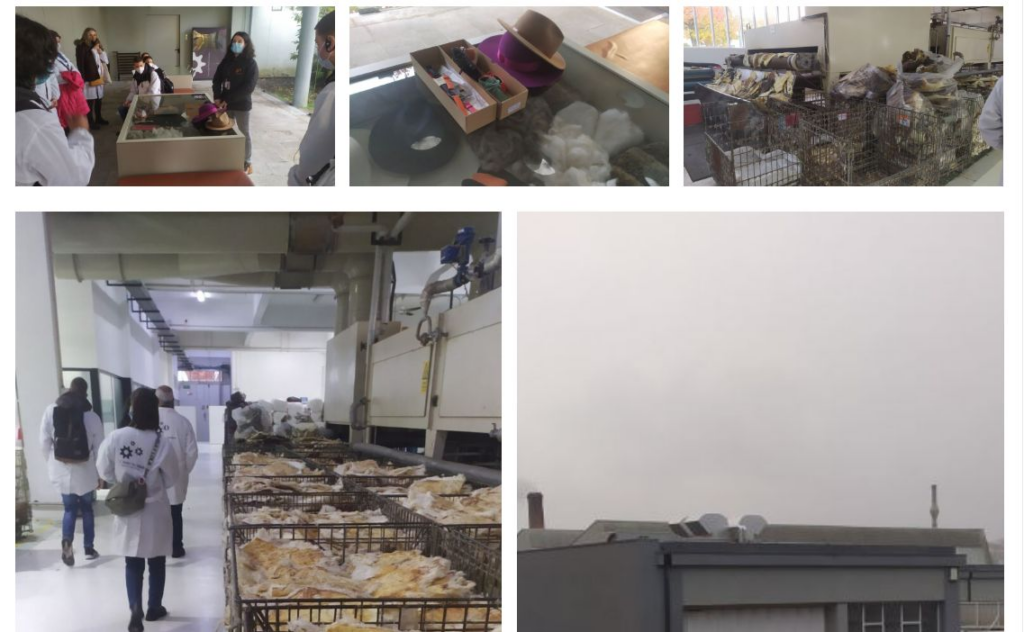
- 18:00 Return to the hotel and free dinner time
Tuesday 30/11/2021
- Arrive @ FNV: 8:30
9:00-10:15 Working Session I – 3D modeling Workshop .
In this Workshop Students and Teachers learned the several advanced techniques for the developing of 3d Models for printing or
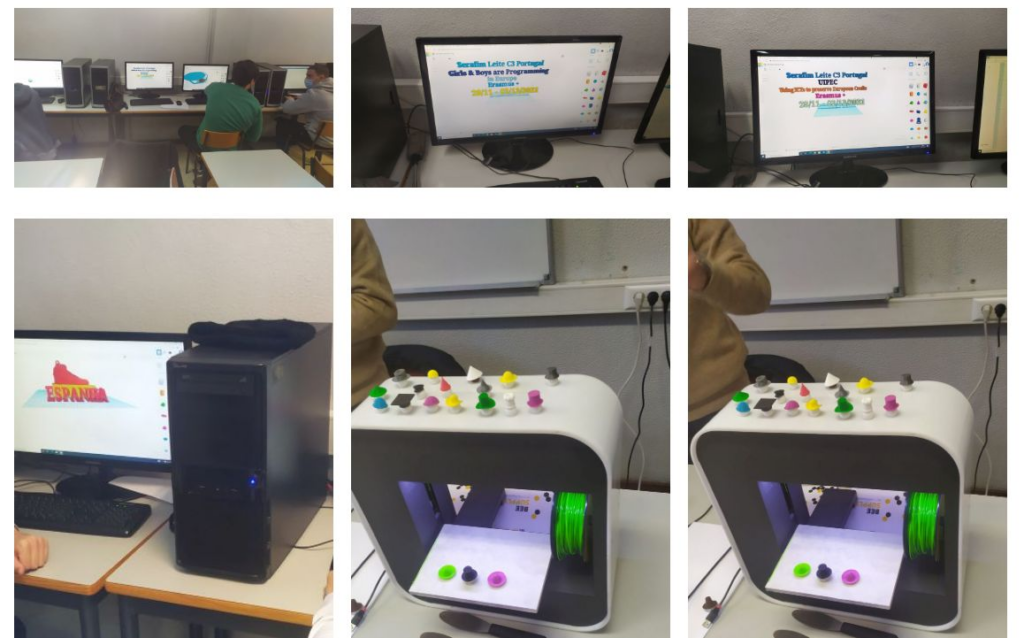
10:15-11:00 Coffee break

11:00- 12:00 Working Session II – 3D scanning workshop using Qlone
There are specific expensive machines for the 3d Scanning, however in a educative context we can use a more affordable tool a mobile phone with the Qlone app installed

12:00-13:30 Lunch at the school canteen

13:30 Visit to Porto. Discovering the Cultural heritage of Porto Capital of the North of Portugal.
Students of 4 Course of the School acted as of Touristic guides showing the others schools the hotspots of the town from the Allies Avenue, Batalla square to the river and the historic Luis I Bridge.

14:30 Activity Showing students how to create 360 images with theta camera and uploading it to a sharing platform (kuula.co)
In this activity, we used a 360 Ricoh Theta Camera to show students, how they can create 360 degrees images and how they can upload it to a platform (http://Kuula.co ) to share it
15:30 Visit to Crafts Fair in Porto. (Sinergy Activity)
Crafts are a production area whichi is in a time of change that have a lot of to do with new Technologies. Besides Porto is a town full of crafts. In this activity we visit this craft fair to learn about the typical porto crafts and we make a small activity to discover how we could improve each craft using TICS. This was a Sinergy Technology with our shared project (Uipec / eucrafts.eu)

16:30 Activity : “Descovering the industrial heritage of Gaia”
Gaia is the town of the south part of Oporto opposite shore of the river Duero (Douro). This was a very wine production and industrial focused town that in the last days has moved to tourism and other areas . In this visit we learned about this changes thanks to the explanations of the teachers and students who accompained the trip.

19:30 Return to the hotel and free dinner time
Wednesday 01/12/2021
8:15 Day trip around Douro/Pinhão/Régua
10:00 Activity Douro Crafted Wine D.O Workshop.
Techonolgy and Cultural Heritage. Learning the basis of Porto wine production and how the Douro Wine D.O. was implemented in Quinta do Pacheca. Experts from Quinta do Pacheca explined the students how This Wine Origin denomination is the economic and cultural engine in the region and the restrinctions of quality that they have to accomplish.

12:00 Activity Visit to Museo do Duero in Régua and walkthrough of Régua Bridge . Douro Museum in Régua is one of the Must see of the region and it’s double bridge over the douro are really impresive.
13:00 Lunch in Torrão Restaurant in Régua .
16:00 Activity Reconverting industry to Tourism Entrepreneurship Workshop.
One expert from the Companhia Turistica do douro explanied teachers and students how the traditional activity of Wine Ships was transformed to an tourism industry of river transfers ships in Pinhão and we make a beautiful trip in one of these ships.
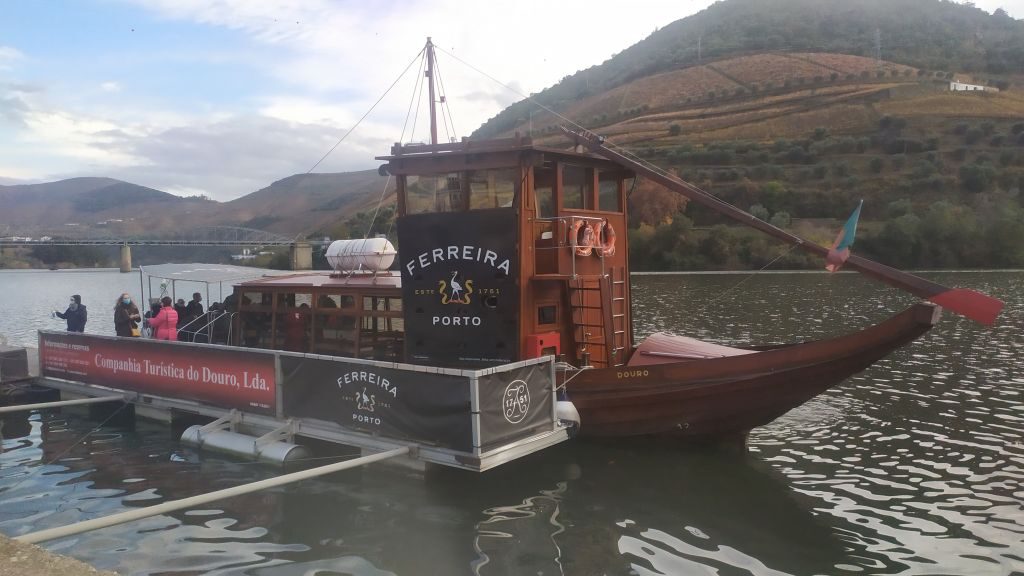
19:00 Return to the hotel and free dinner time

Activity Exclusive Guided Night Visit to Oliva Art Center in San Joao de Madeira.
During XX Century San Joao de Madeira was, and still is, an important industrial town but with the entry of the new century authorities has started working in the development of a new tourism, technology and cultural industry . One of these inniciatives is the Oliva Art Center. Townhall supported our project with a night guided opening of the museum in exclusive for our students and teachers from these lines, we want to thanks this support.

Thursday 02/12/2021
9:00-10:15 Working session III Arduino .
Arduino is an open-source Technological platform based in single-board microcontrollers and microcontroller kits for building digital devices. Its hardware products are licensed under a CC-BY-SA license and software is licensed under the GNU Lesser General Public License (LGPL) . this is Perfect for educacion and our project. In this workshop our students learned how to program a Arduino microcontroller to interact with a sensor and diodes.

10:15-10:45 Coffee break
10:45-12:00 Working session IV JAVA and NetBeans
Java is one of the most important programming languages and and Netbeans is a successfull ide . In This workshop students learn how to program a basic Calculator with the logo of the Project

12:00-12:30 Lunch at the school canteen
12:30-16:30 New Technologies Entrpreneurship Event
Serafim Leite Escola with Sanjotec Enterprise Bussiness prepared this event in which students could learn how The enterprise incubators works and how students can present a project to ask access to them. We also recibed other conferences by the Prologica a succesful example of tecnhological enterprises.
Conference :”New Technologies Sanjotec Enterprise incubator”.
Sanjotec is an iniciative which helps entrerprises to develop their potential in this presentation they show us their instalations and make a small conference showing the students how they could start their own entreprise.
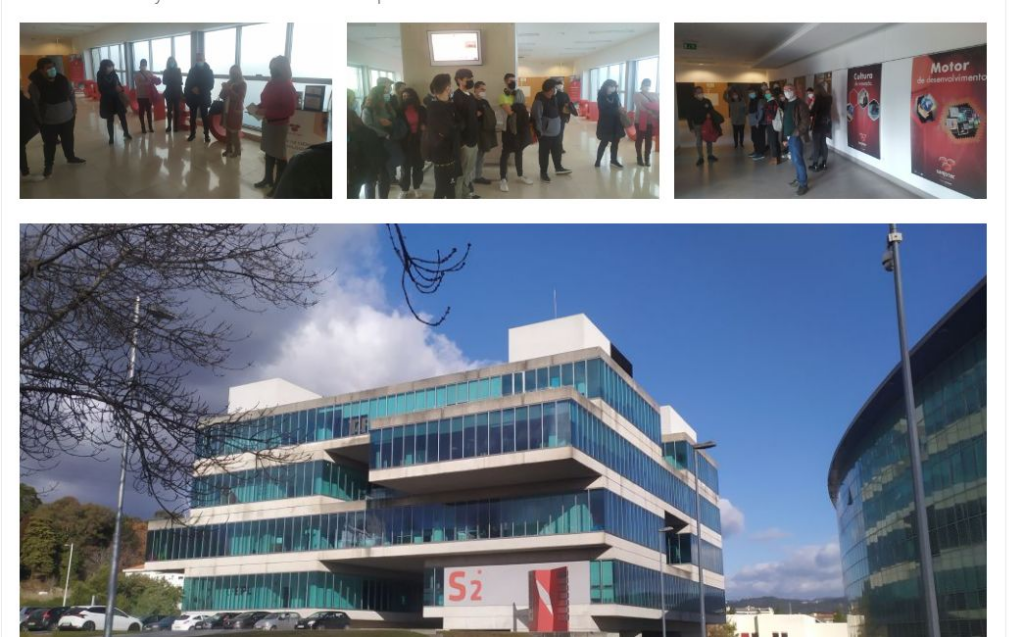
Conference :”Prologica TIC Success Case in Sanjotec”.
Prologica is one of the most successfull compaines in E-heath. They are base in Sanjotec installations and in this presentation is an iniciative which helps entrerprises to develop their potential in this presentation they show us their instalations and make a small conference showing the students how they could start their own entreprise
Conference :”Meliora Example of Development of a Real TIC Software”.
One of the engenieers of Prologica showed the students the real case of an software developed by them the Meliora Hospital and Eheath platform.
Conference :”Eductative Entreneurship Innicia.
In this presentation one of the professors showed students and teachers how educational Entrepreneurship was being developed in Andalusia thorought the Innicia Innciative

Activity ” Visit to the installations of a Real Software Entreprise”
Students had the chance to make a small visit to the installations of a real Entreprise

Conference Meliora: Example of Development of a Real TIC Software
17:30–18:30 visit to Castelo da Feira and Senhor da Pedra
19:00 Farewell Group Dinner
Friday 03/12/2021
9.00-10.30 Workshop Working session VI – MicroBit
The final workshop of the project was with this similar to arduino tecnhology
9:00 Project Control & Coordination Mobility Meeting.
Post mobility activities / balance of the mobility and the activities . Before the conclusion of the mobility, we held this meeting to make the evaluation of the situation of the project and to establish the activities for next movilitites which would be in Spain in March.
We also evaluated the mobility as very positive and proposed several improvements for next movilities.
From this lines we want to thank the portugese team for this great job.
Dissemination
This congress was diseminated in several ways.
In the websites of each school there was a publication with information
Social networks
We created an Etwinning event : so that many colleages could follow the activities

We created a codeweek event :

From this lines we want to thank organizators them for their attentions.
Activity A26: Applications of VR to crafts: Kuula.co, CoSpaces tool and Google Arts & Culture
This activity takes part of the Mobility C3 Czech Republic European Congress: “Virtual Reality Applied to European Cultural Heritage” and also was retransmited online in the Etwinning Event :
https://live.etwinning.net/events/event/253178
you can download the VR images documents for the workshop here
https://live.etwinning.net/files/live/events/8/78/178/253178/b0c6a9b9.jpg
https://live.etwinning.net/files/live/events/8/78/178/253178/b0ab30f9.jpg
https://live.etwinning.net/files/live/events/8/78/178/253178/aea82239.jpg
https://live.etwinning.net/files/live/events/8/78/178/253178/afb767f9.jpg
PDF of the workshop
https://live.etwinning.net/files/live/events/8/78/178/253178/b812542f9.pdf
Virtual Reality is a challenging technology that offers incredible chances for Innovation but also offers a way to socializate . In this workshops teachers and students will learn how they can create this 360 degree shots and also how they can share them in several platforms like
- Google Street View
- Kuula.co
- Coespaces Edu
These are some examples
Kuula.co
Link of video conference
http://adobeconnect.eun.org/etlive253178/?session=breezzwfnmimh97hoze69&proto=true
Workshop A24: Virtual Reality (VR) and Digital Citizenship. 360 Social Sharing of VR Worlds
Virtual Reality is a chagenging technology that offers incredible chances for Innovation but also offers a way to socializate . In this workshops teachers and students will learn how they can create this 360 degree shots and also how they can share them in several platforms like
- Facebook VR
- VR Google Street View
- Kuula.co
- Theta vr platform
In the first part of the workshop, We will discover the tools and VR Cameras like, Gear VR, used by prof Árni Gunnarsson in the creation of the documentals about puffins in the dangerous cliffs of the island Dragey and Malmey .This Documentals can be seen in puffin museum of soudarkroukur. We also vi
In the second part, Students recorded a 360 video and shared it in Vimeo Platform.
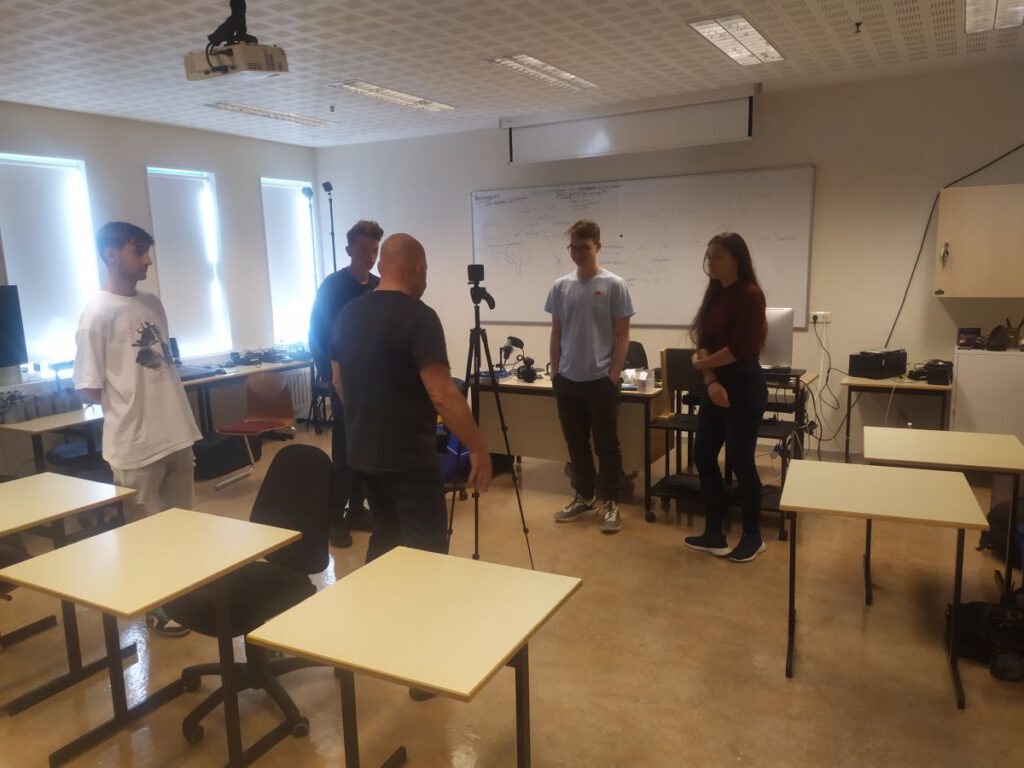
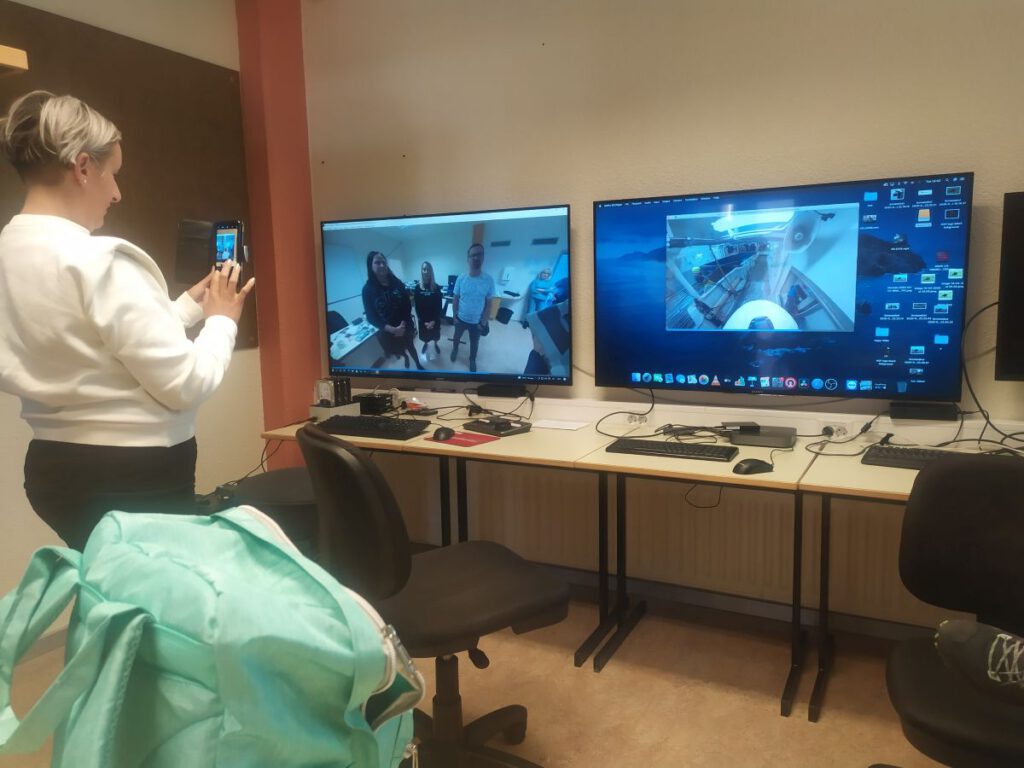
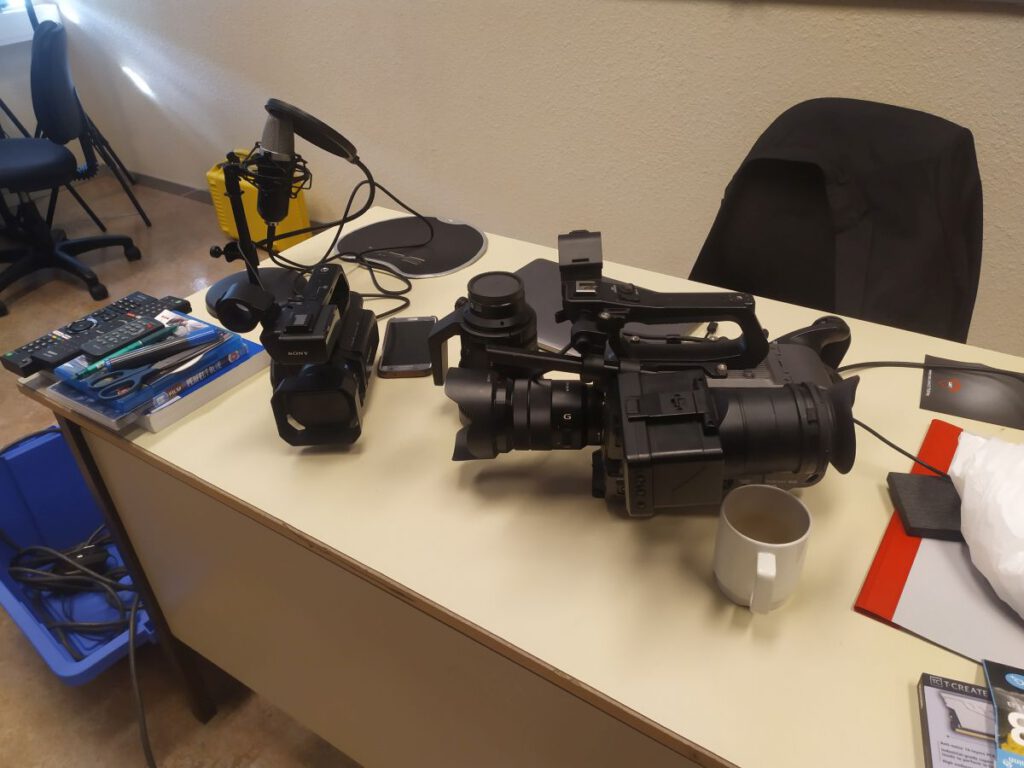
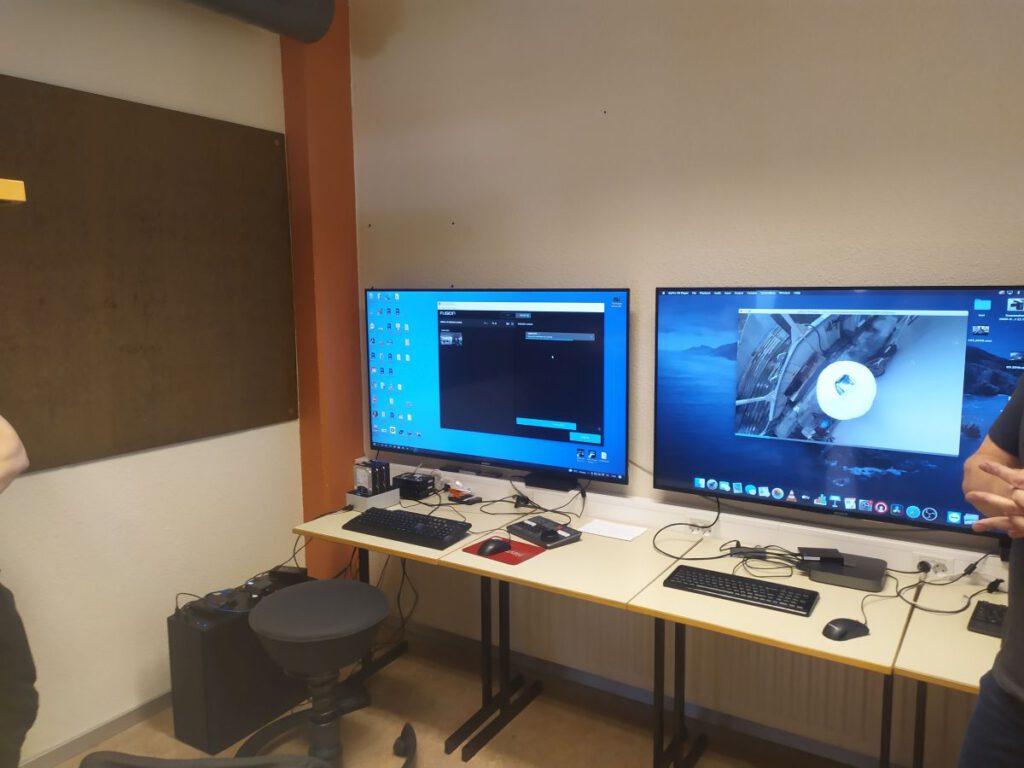
In the Lab we preprocesed the videos and inserted the metatags necesaries to upload them to Vimeo or youtube
Workshop Groups.mp4 from Árni Gunnarsson on Vimeo.
The third part of the workshop will consist in a practical activity of uploading the several VR shots taken during the movilitity to the google street view platform. This part of the workshop will be developed by Mr. Alfonso Ballesteros from the spanish team.
Updated: some of the shots can be seen here
360 Image of the teachers and students of the Project in Hofsos
360 Image uploaded to Google street vieo of the teachers and students of the Project in Giottislaug one of the Sauderkrorkur cultural heritage.
From this lines we thanks Mr Árni Gunnarsson and all the FNV and UIPEC team, the collaboration with our project.
Workshop: FNV Woodcrafting exhibition by FNV Students
FNV has a great experience in the development of Crafts in their VET Studies . In this workshop, FNV profesors and students showed us how they implement this studies and Knowledge.
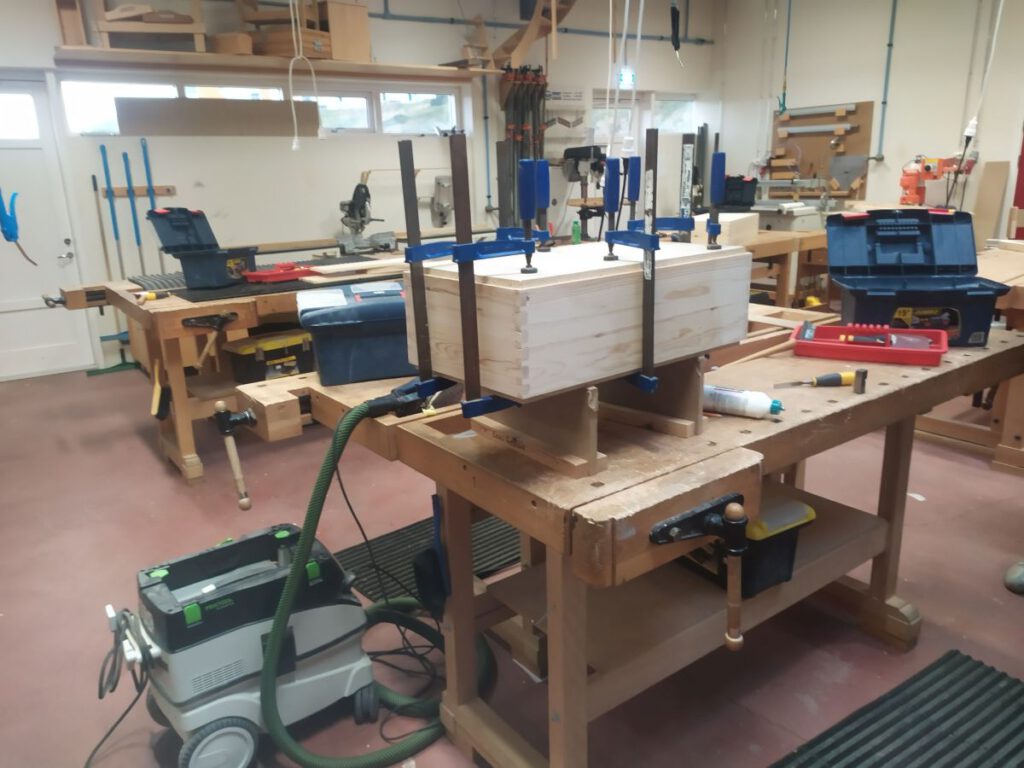
FNV counts with wood crafts in vocational education and training studies with a great specialization and installations to work with several wood crafts and technologies .
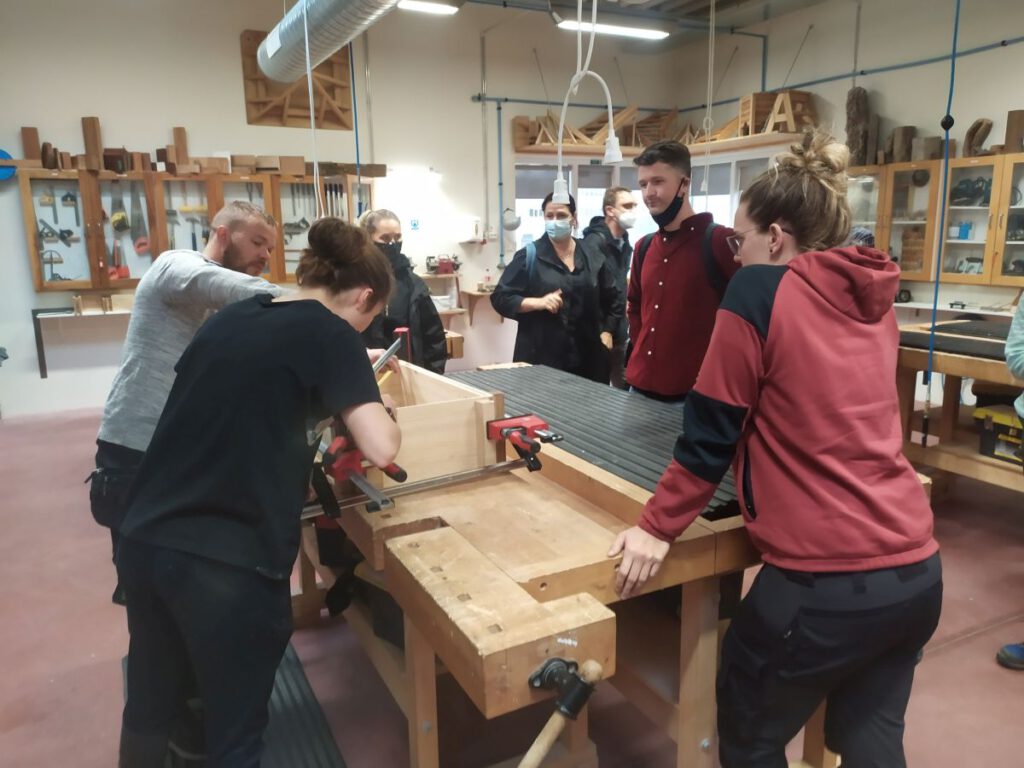
Students made an workshop to create a crafted wooden box from brutewood to the fitting operation.
One of the more brilliant students of the Course, Mrs. Freyja Lubina explained how they create a the crafted wood box.


